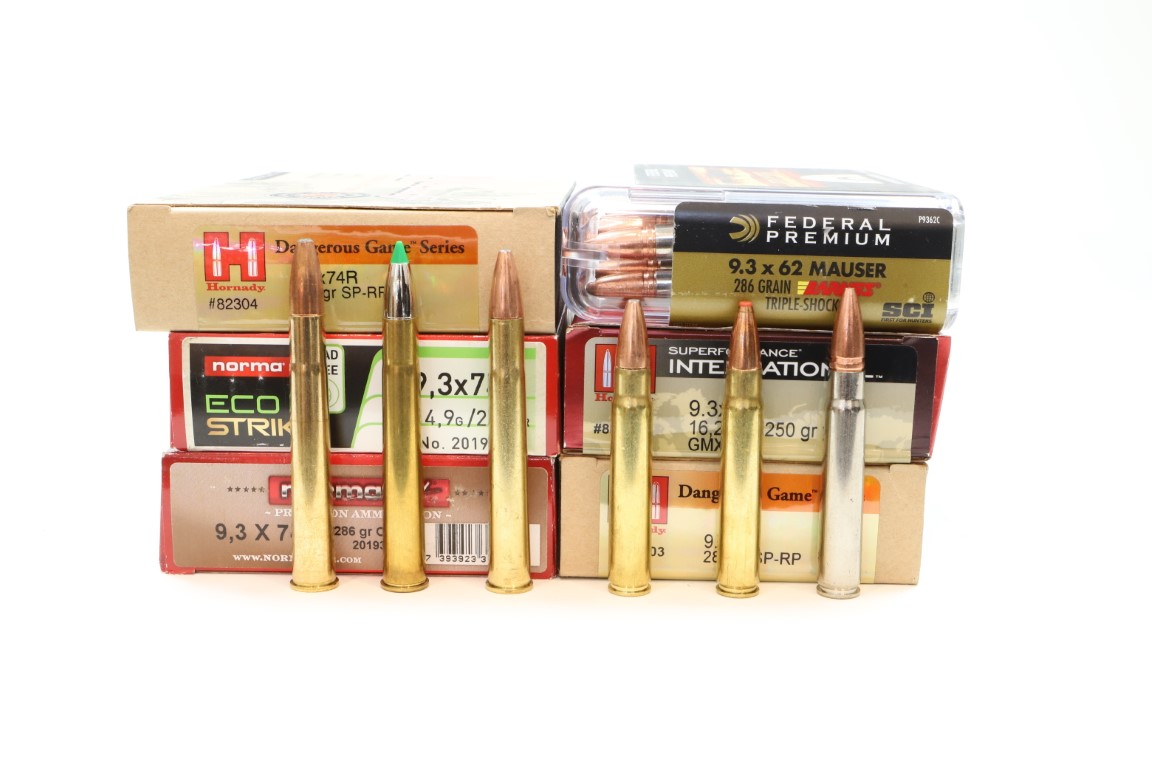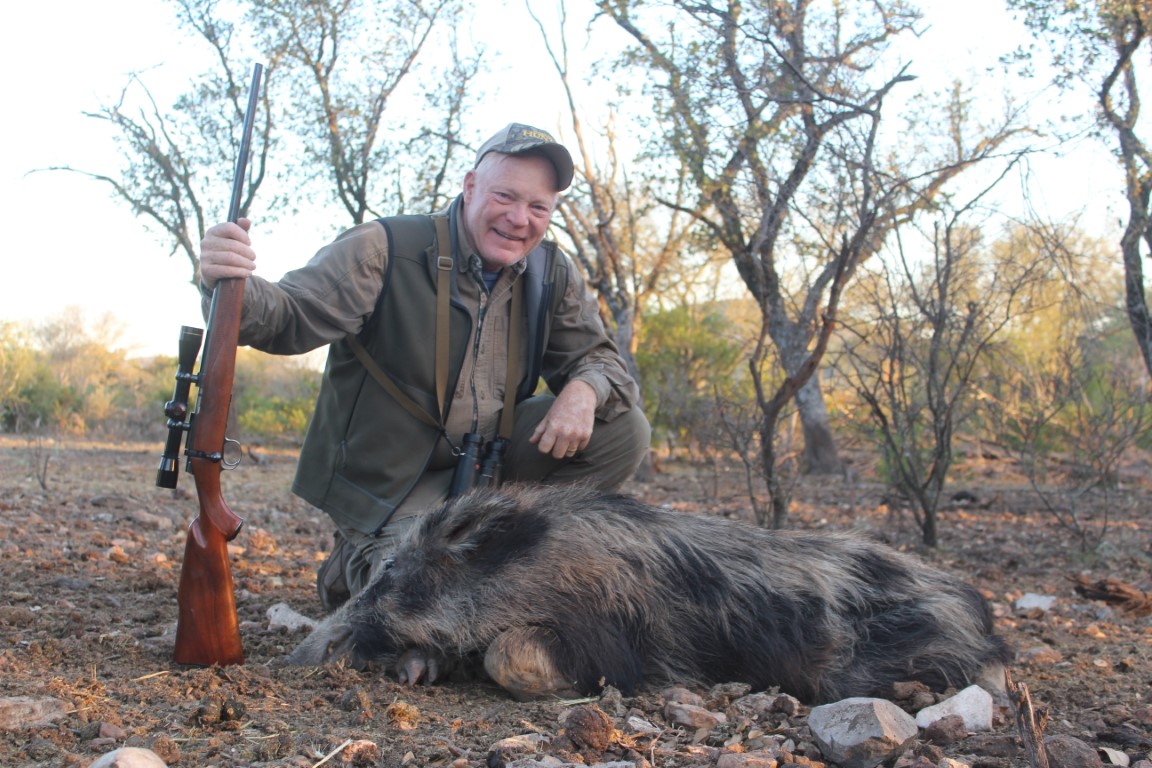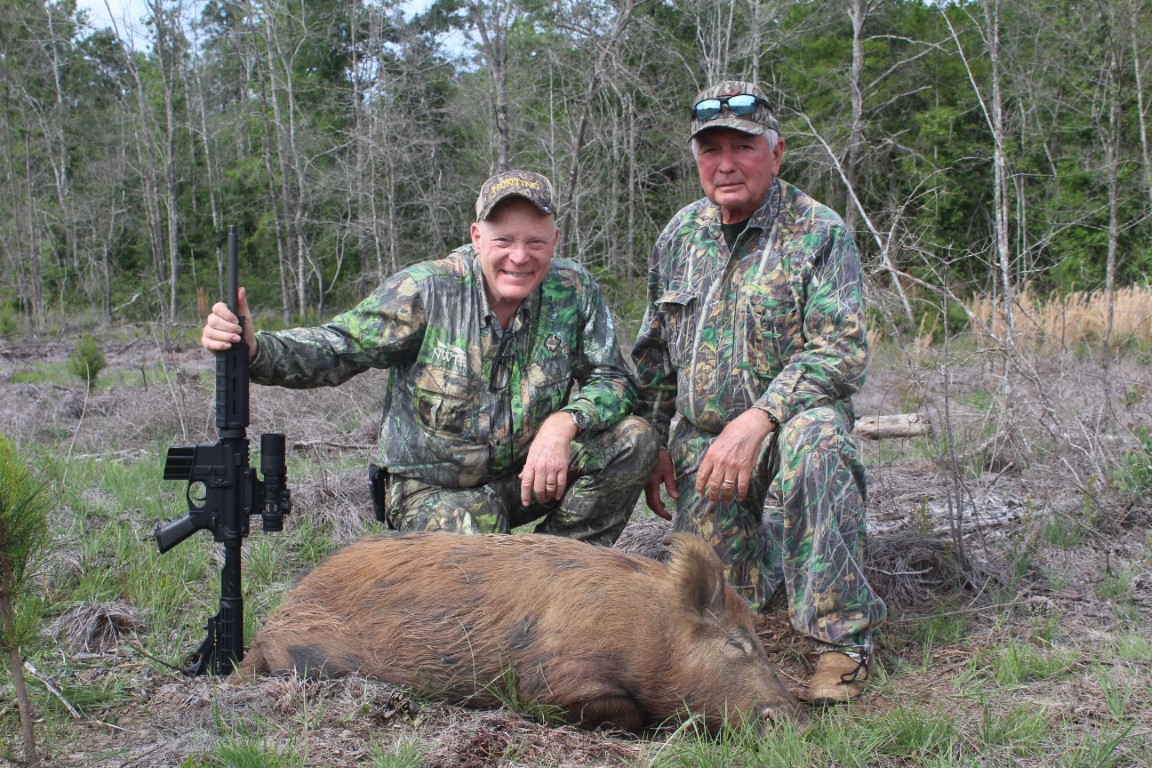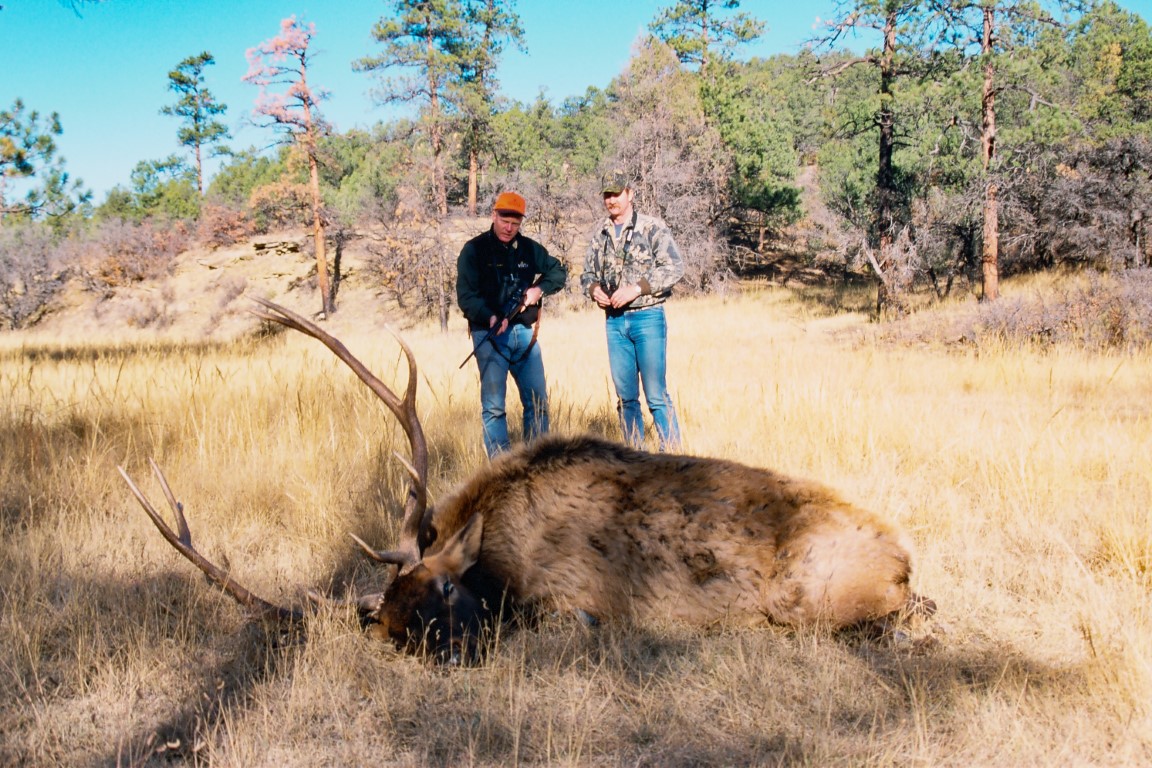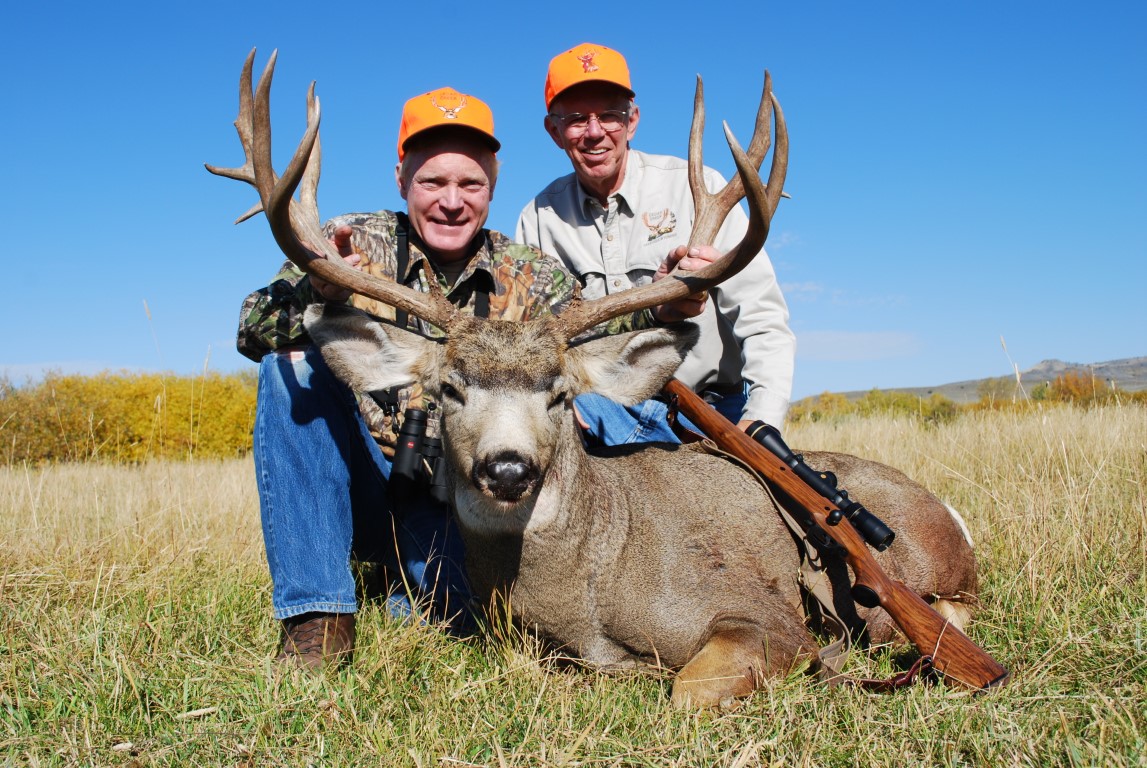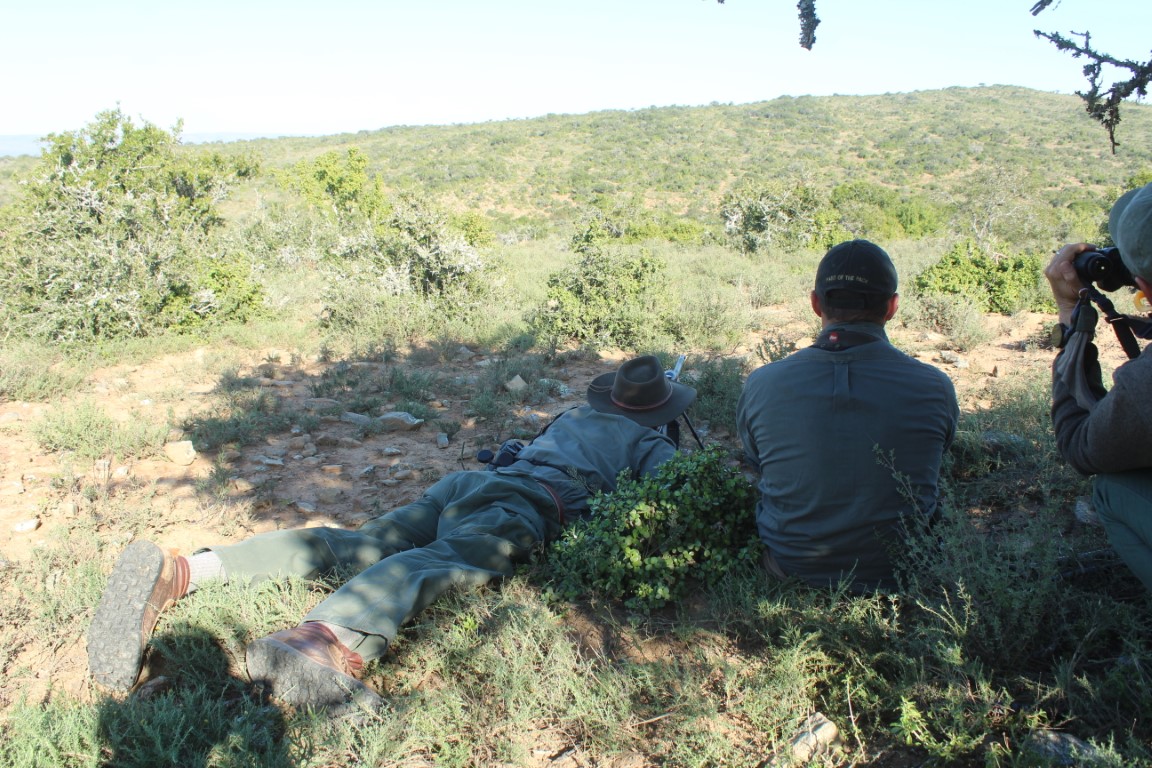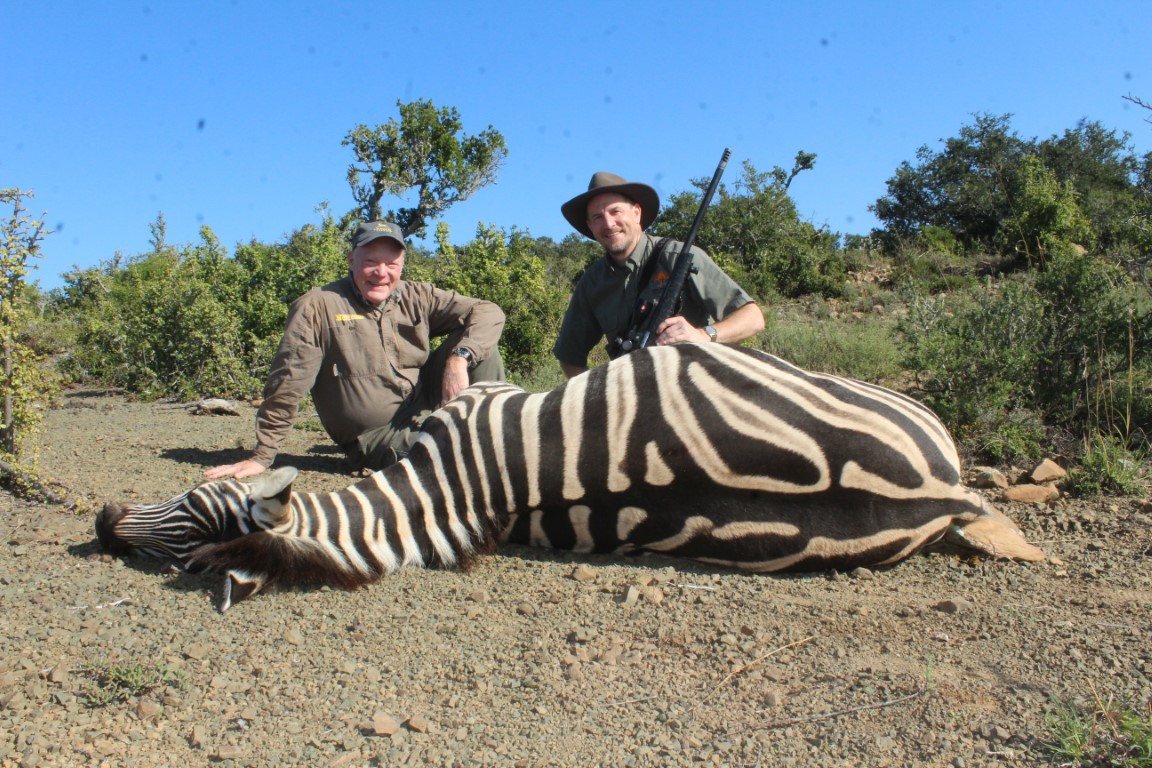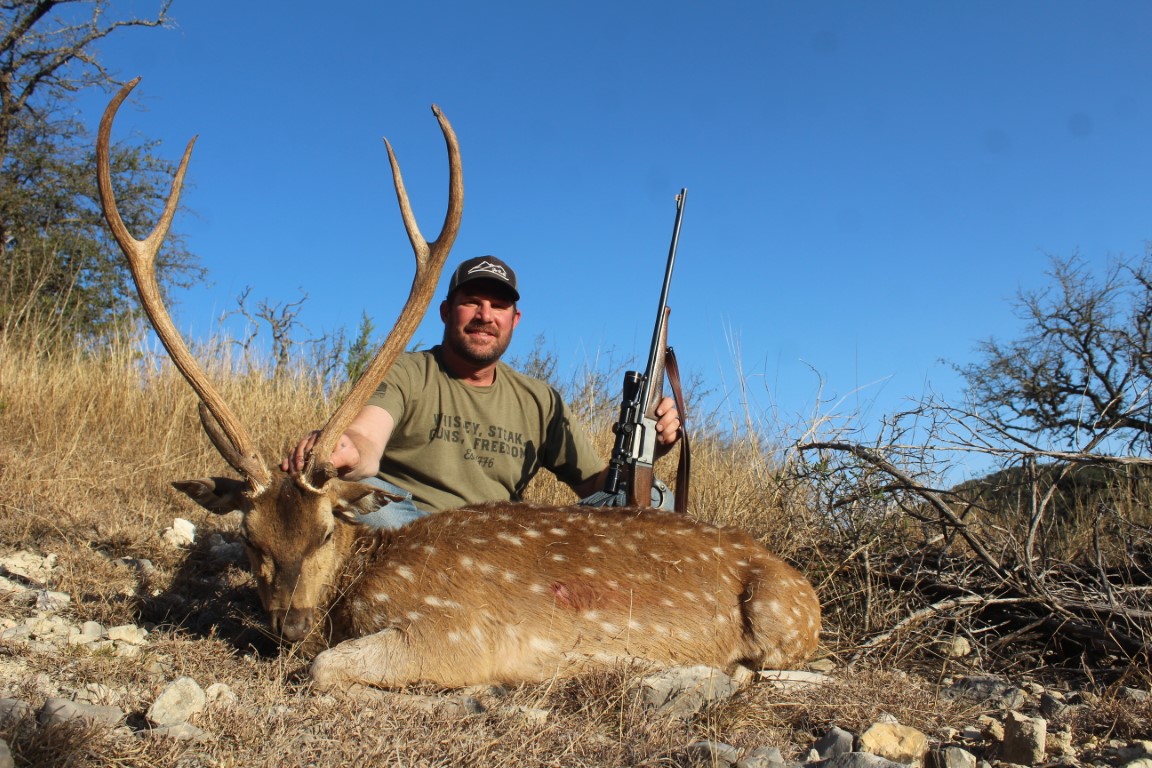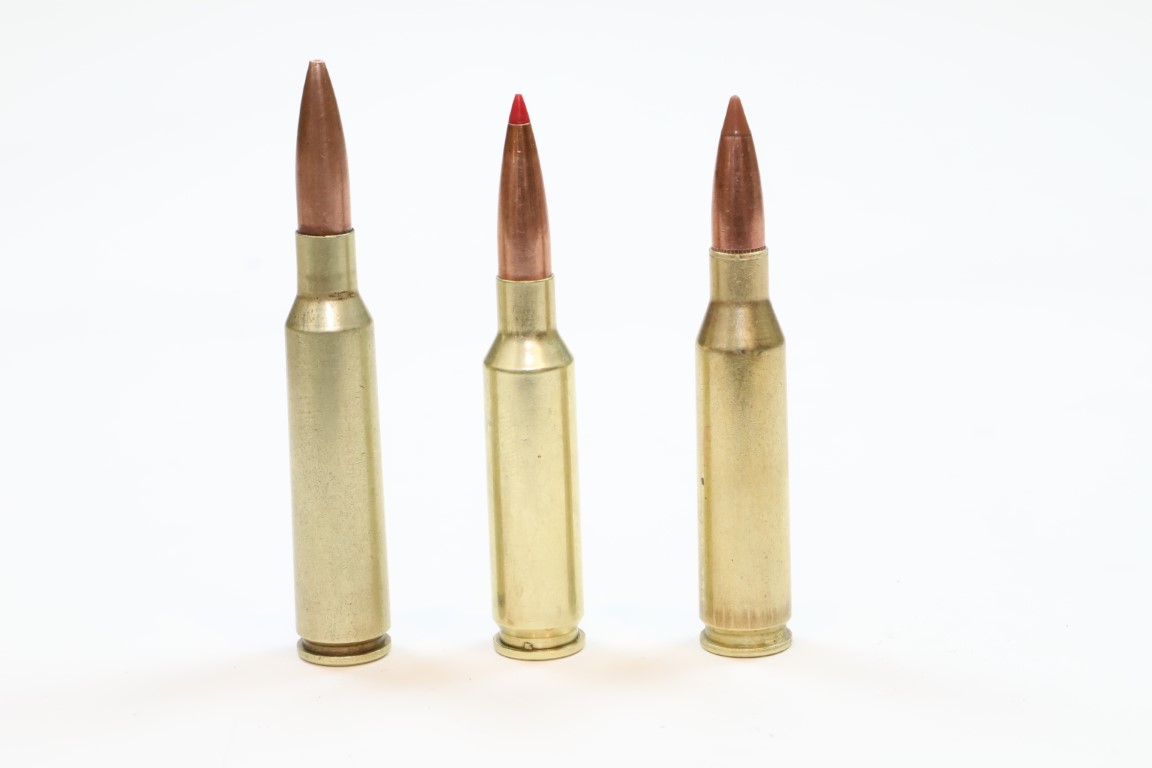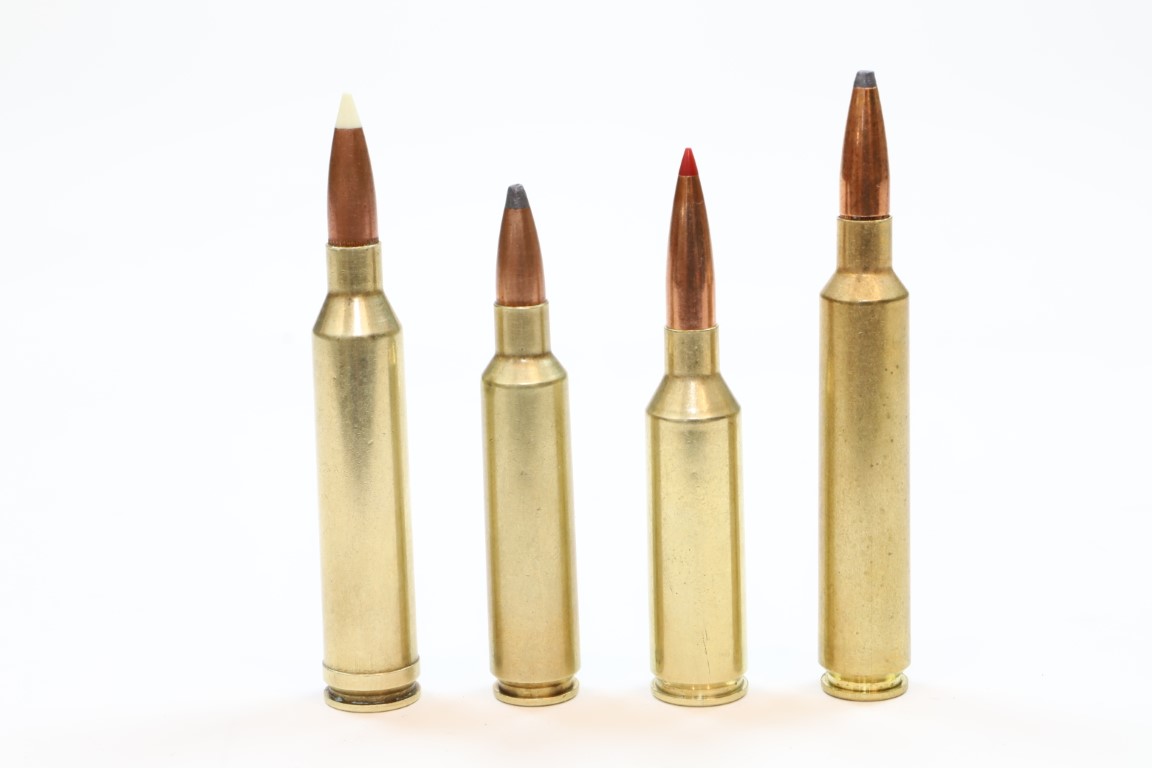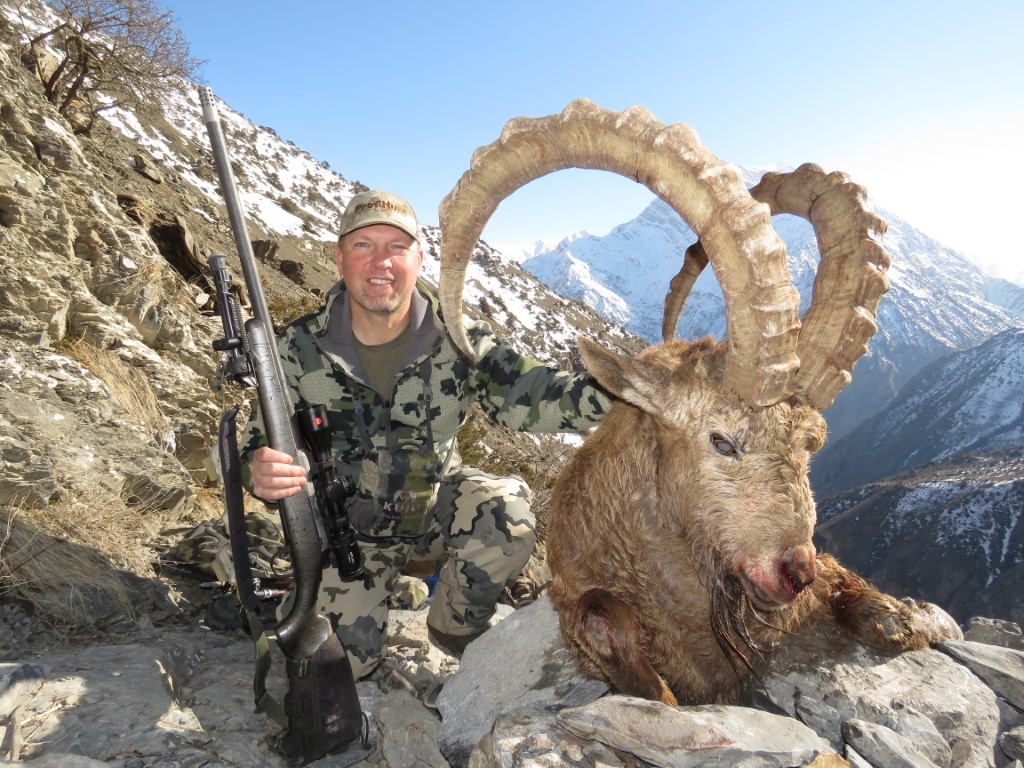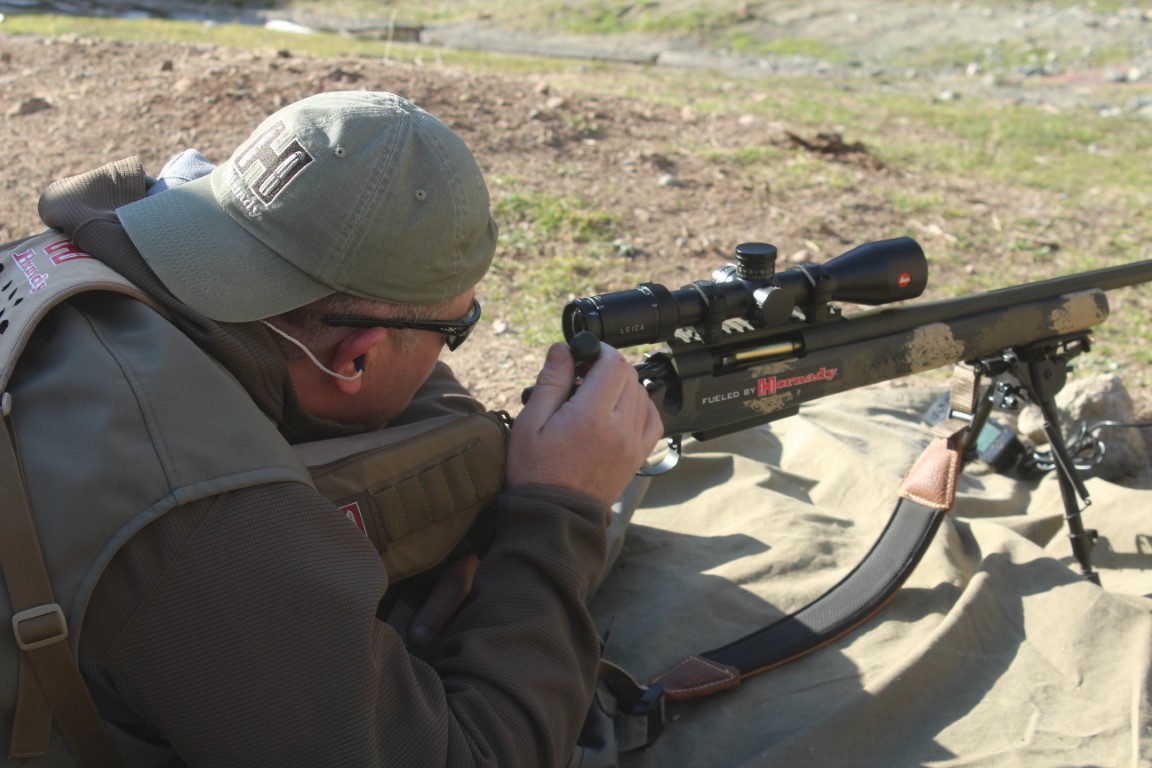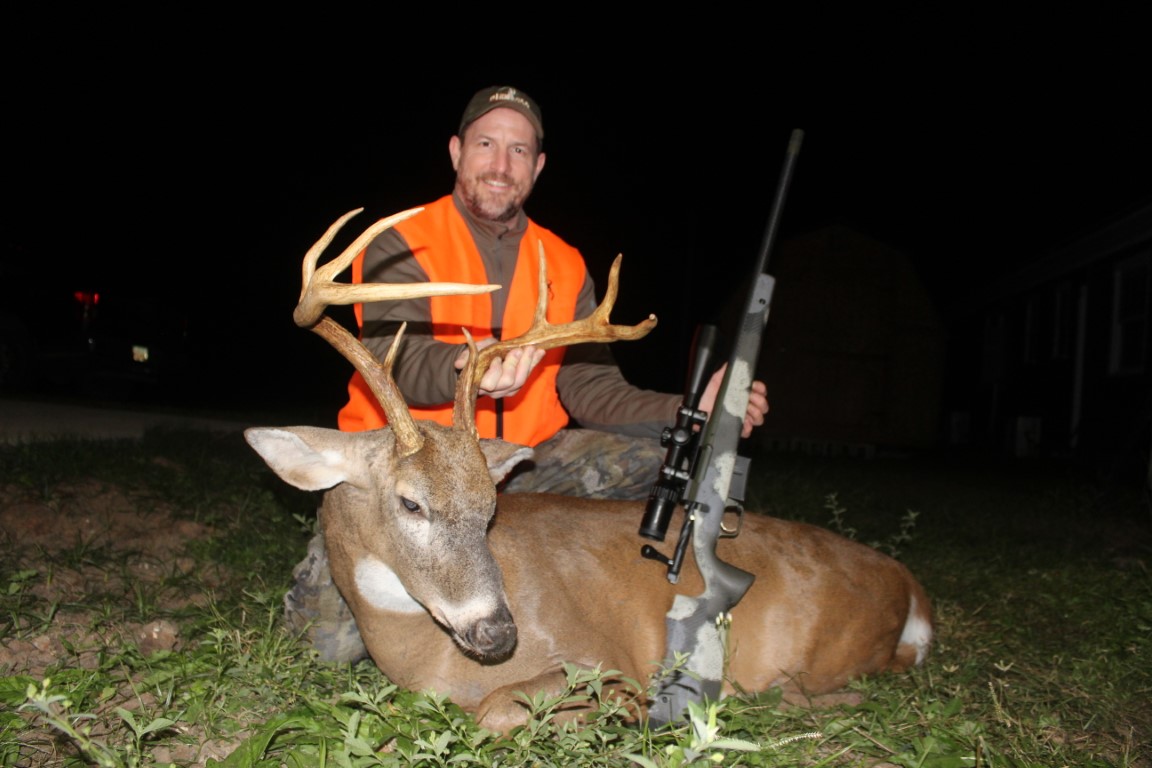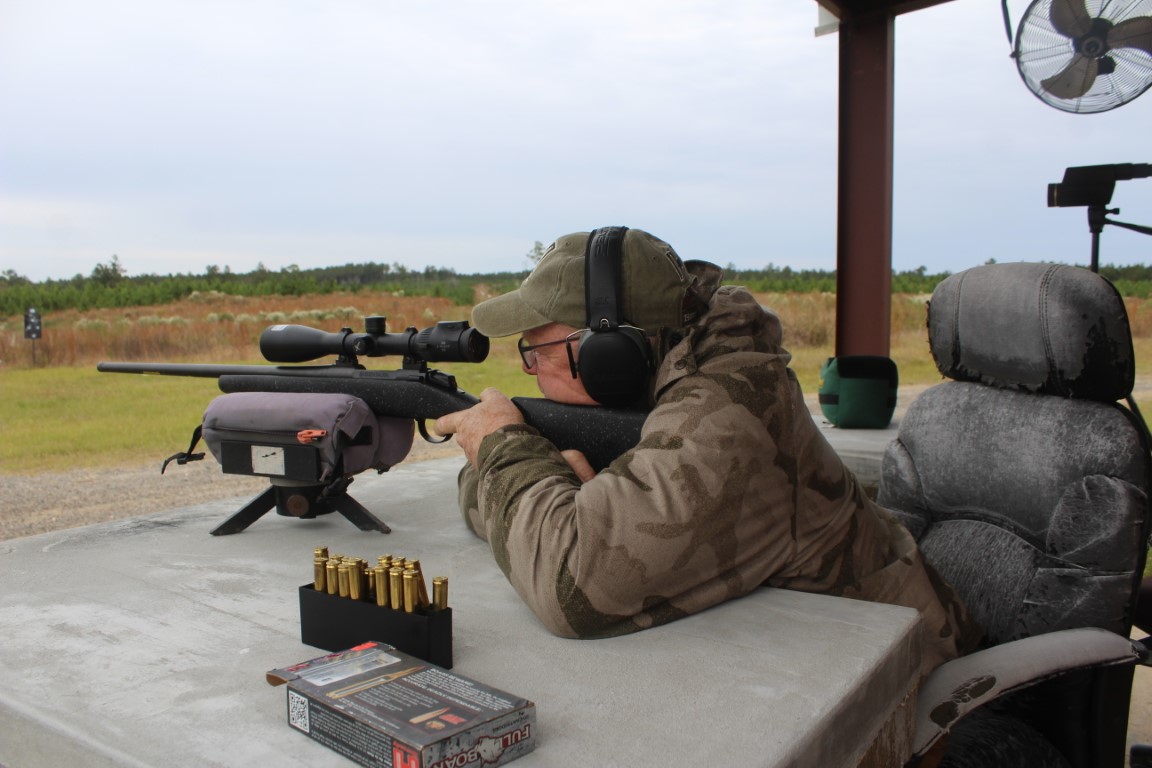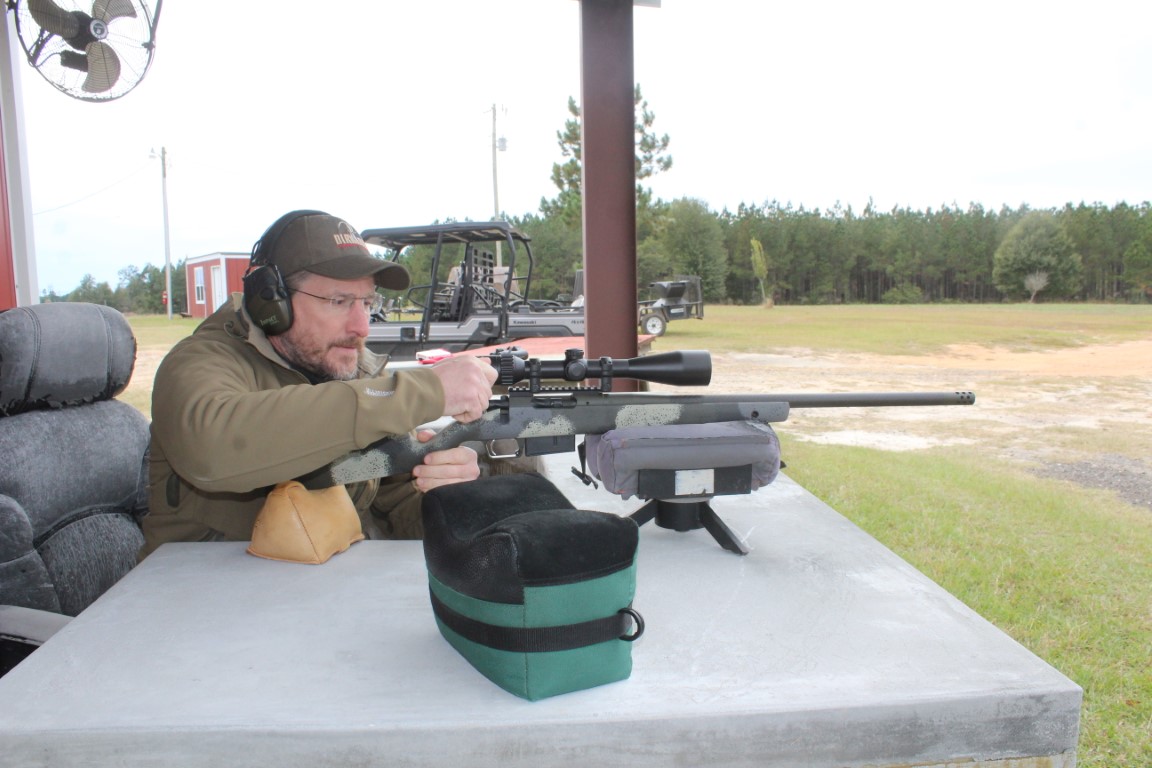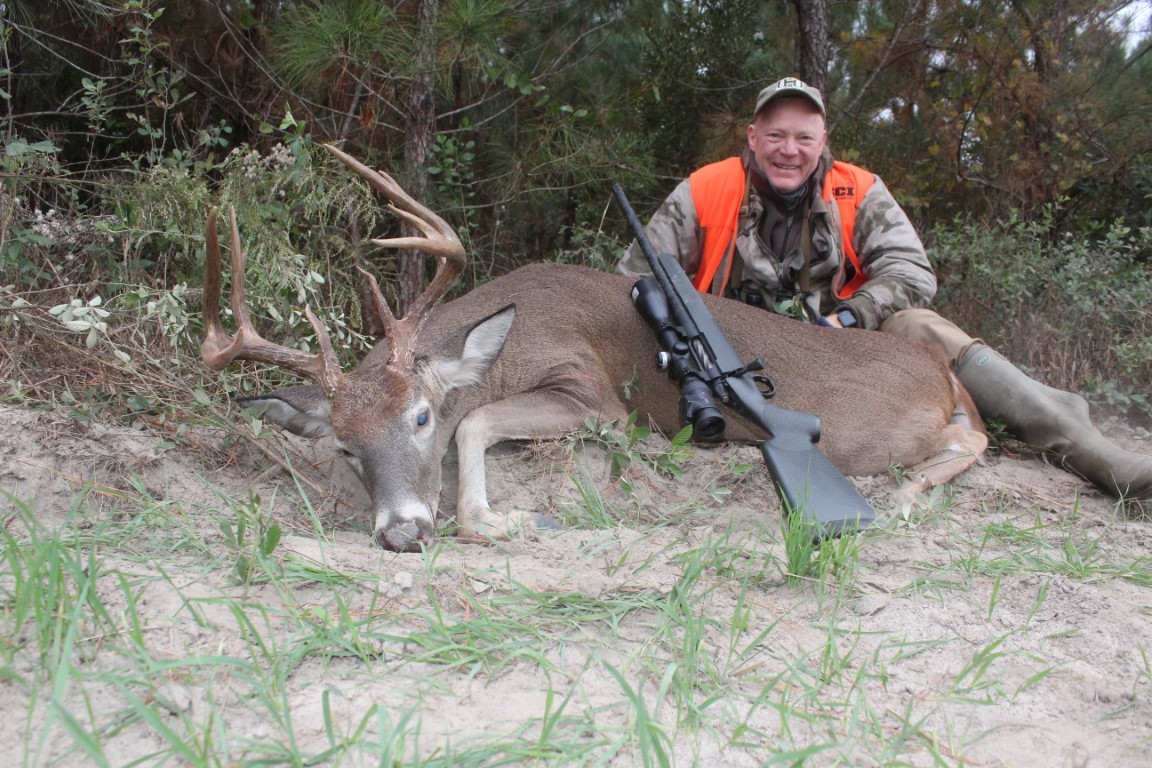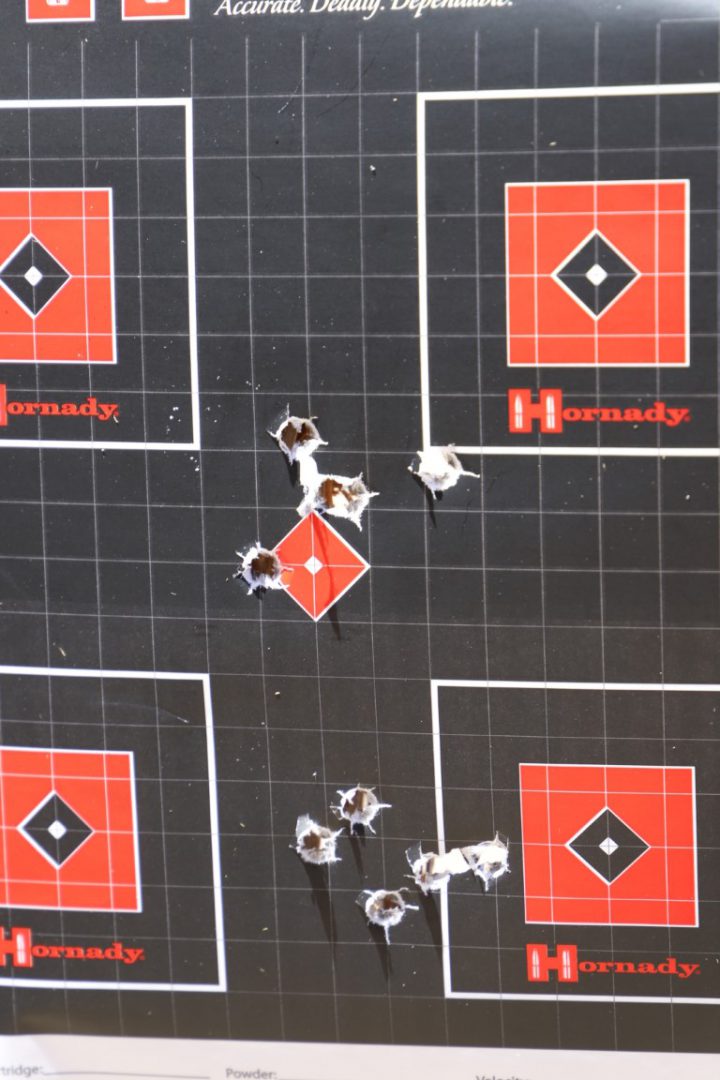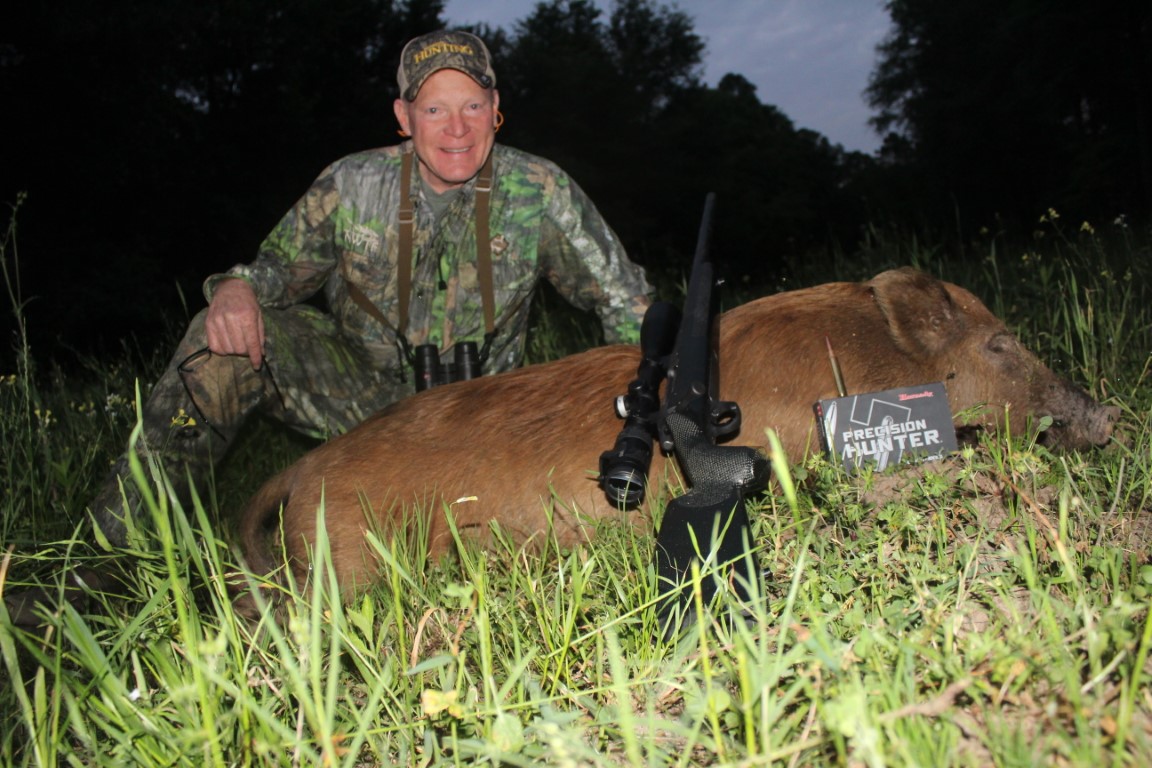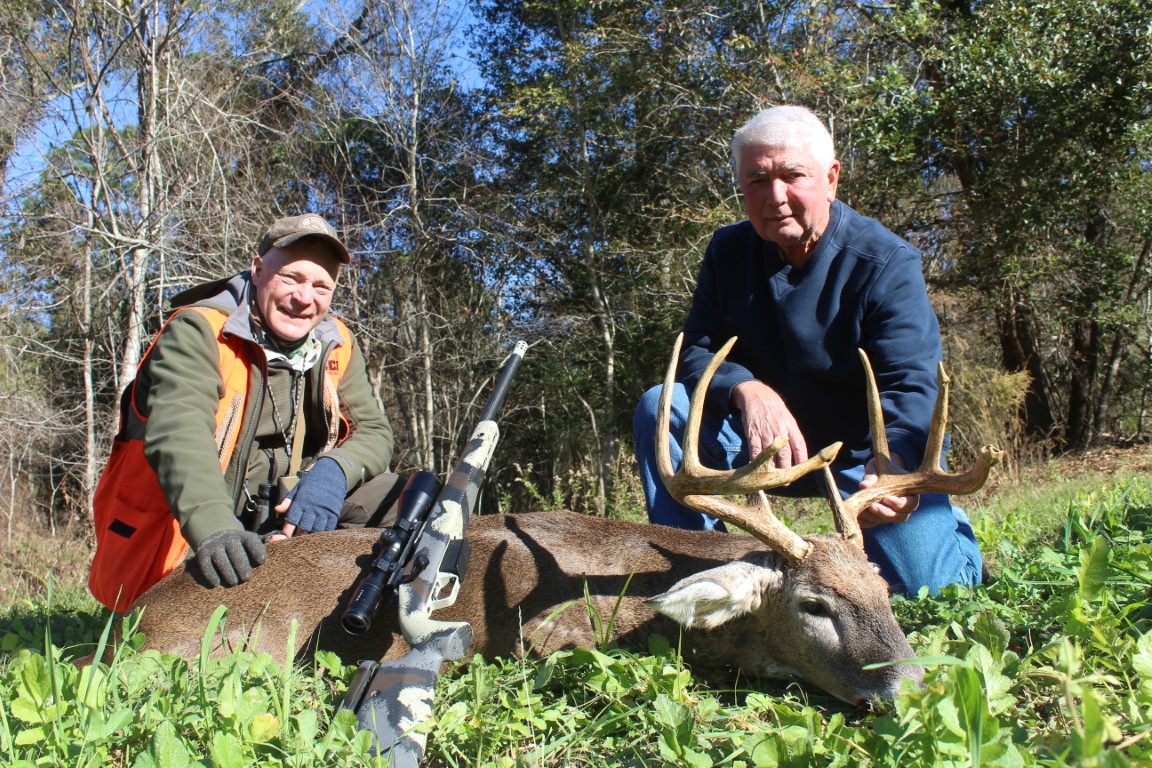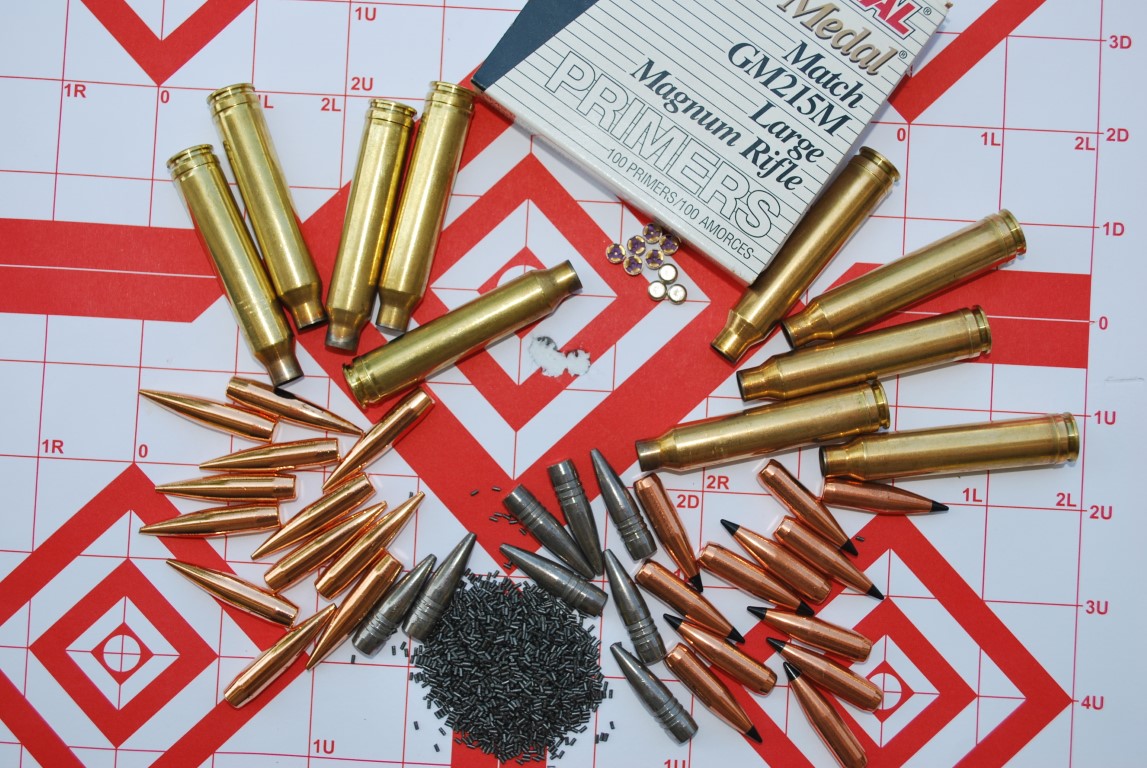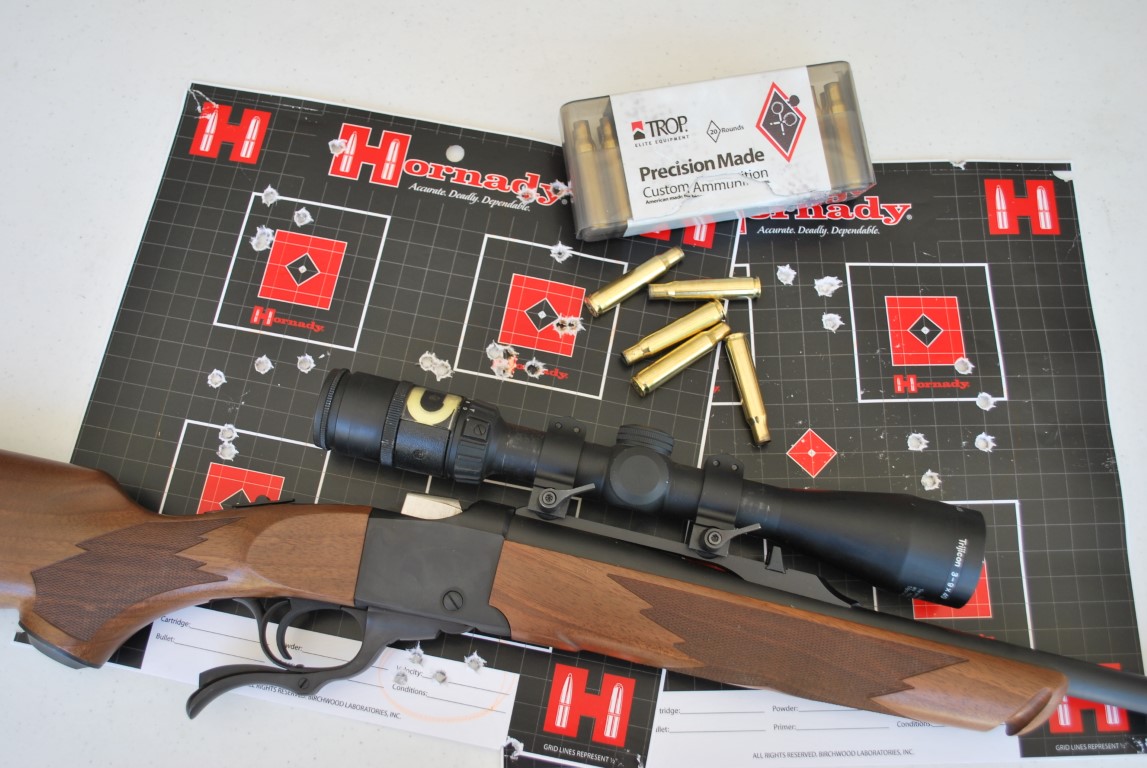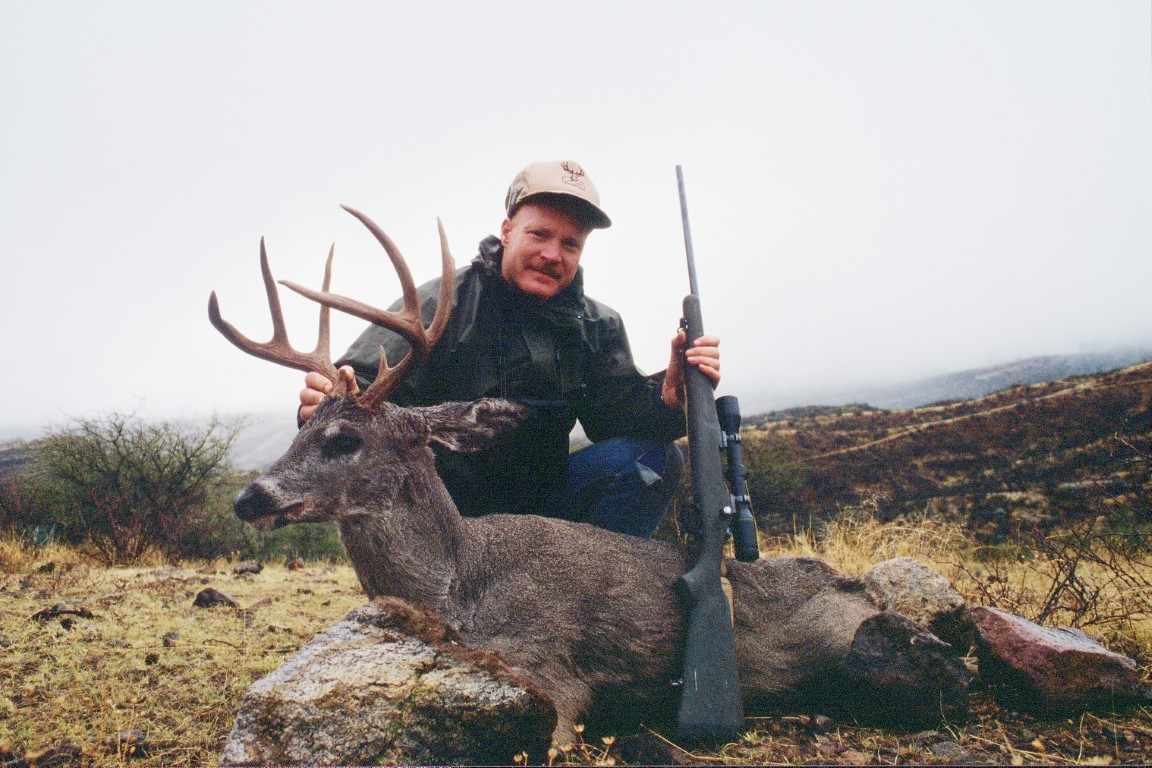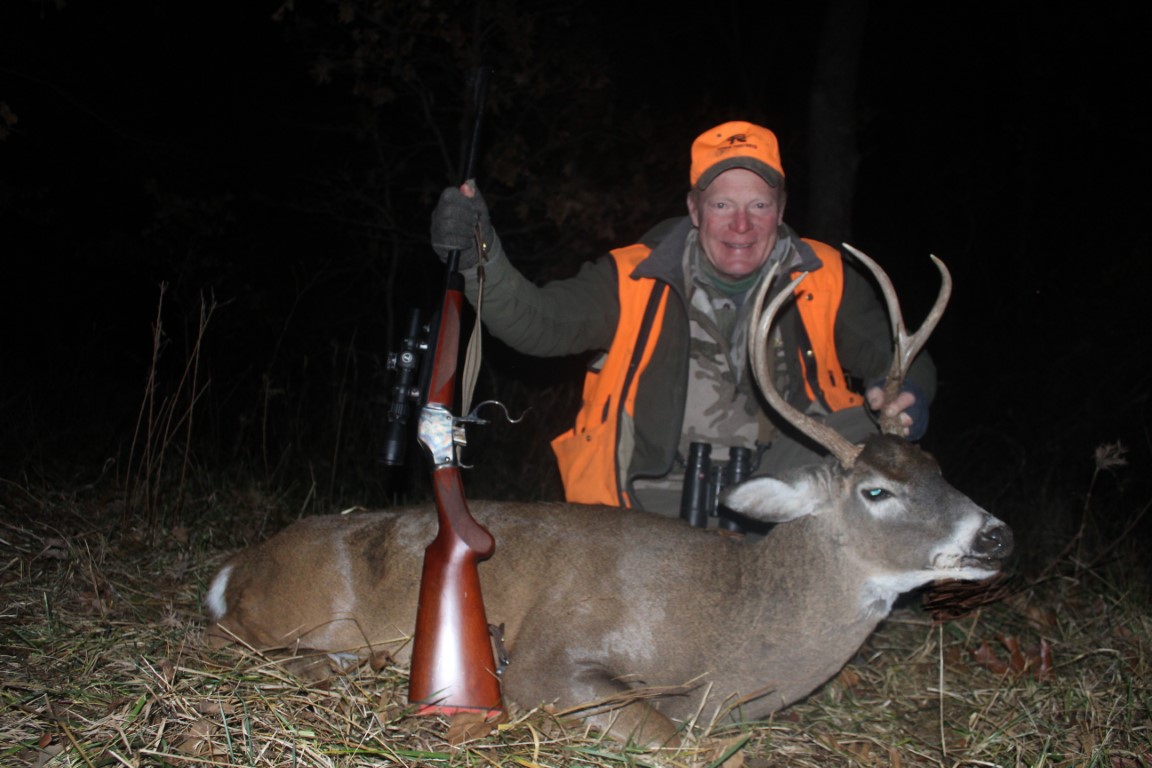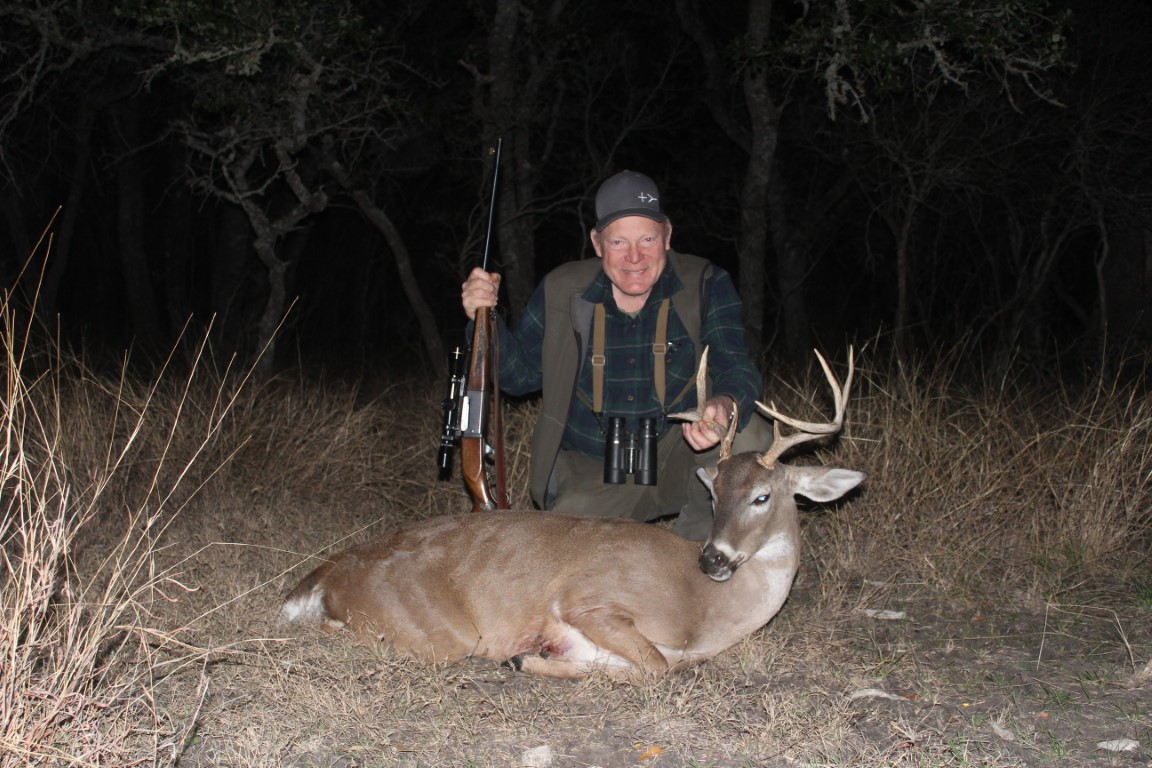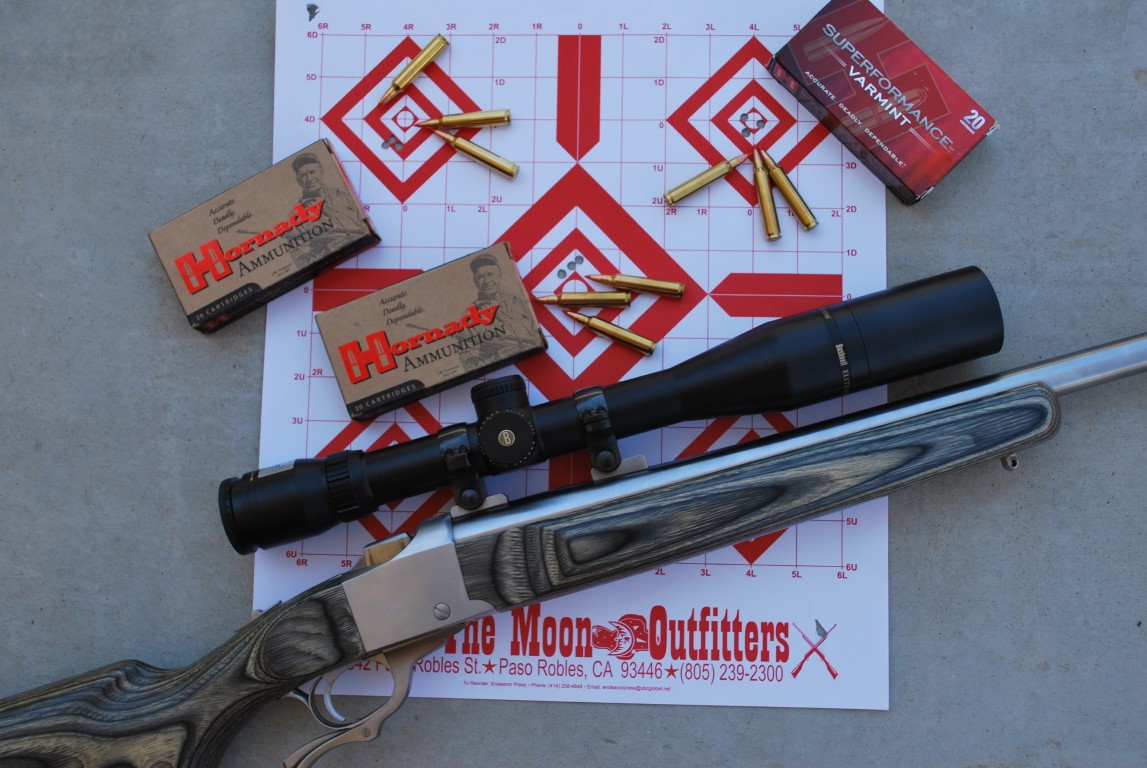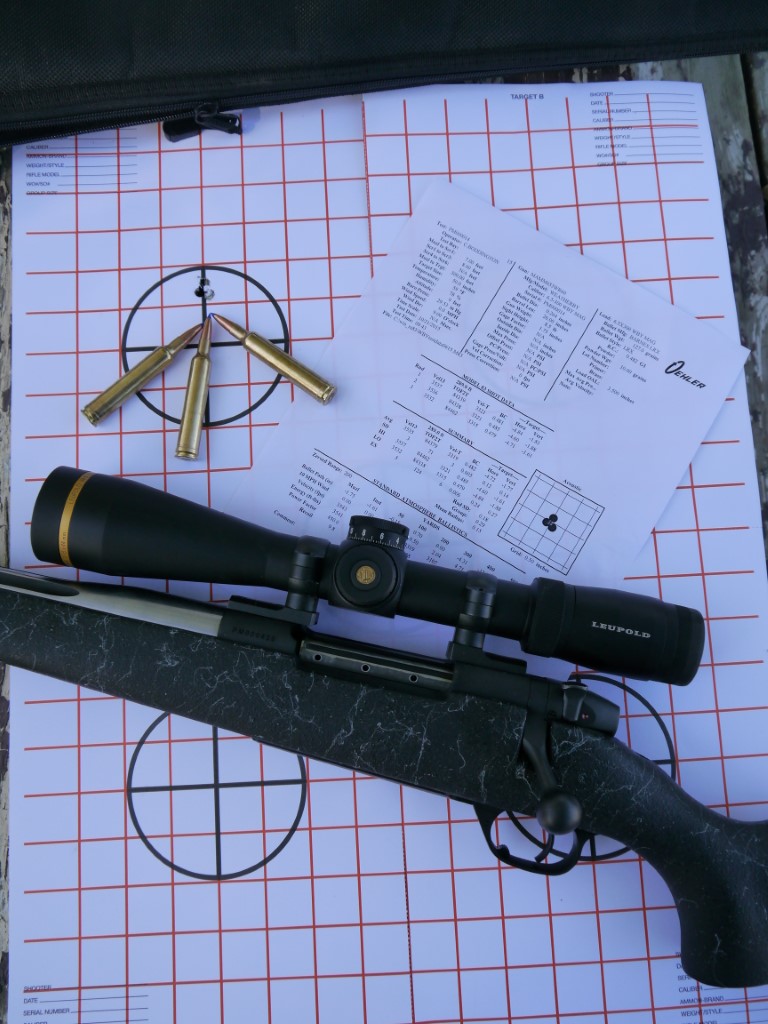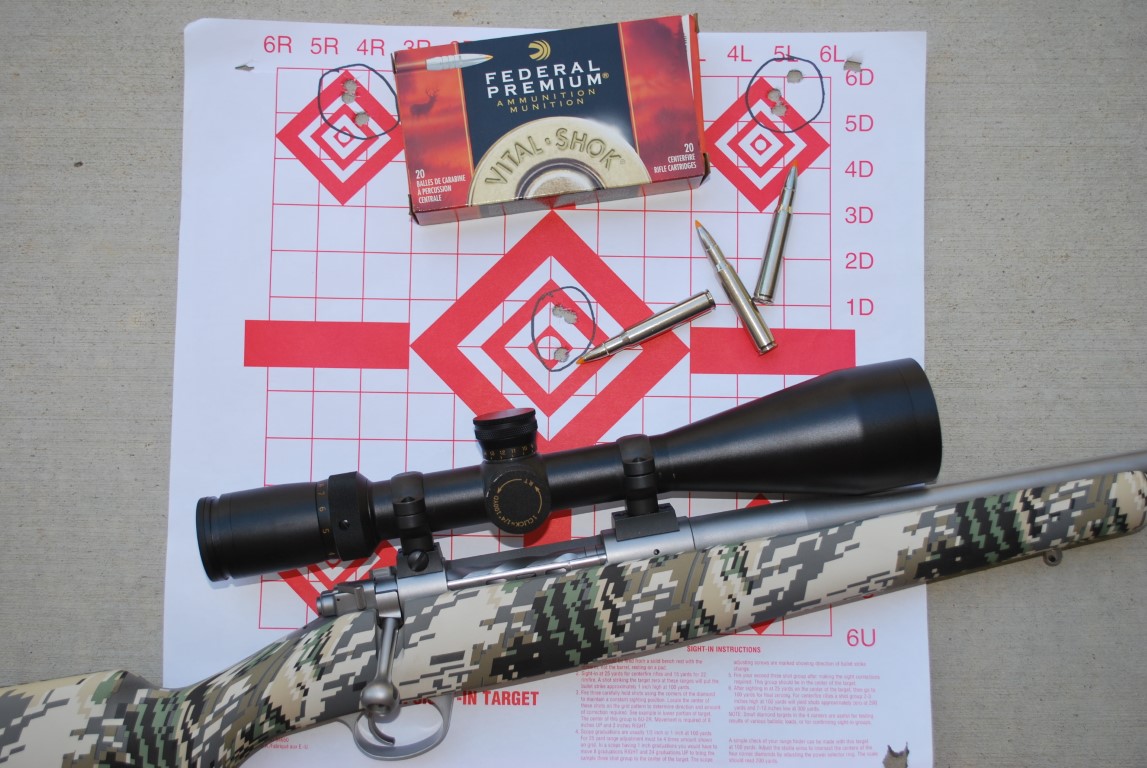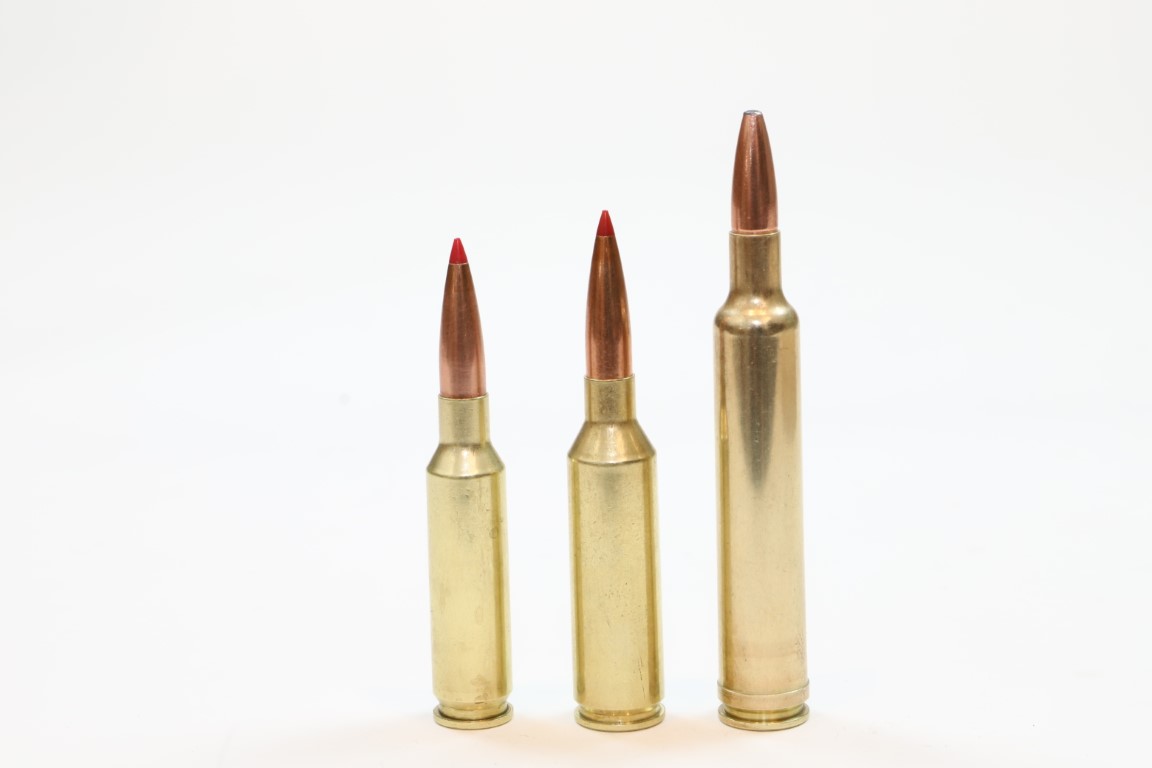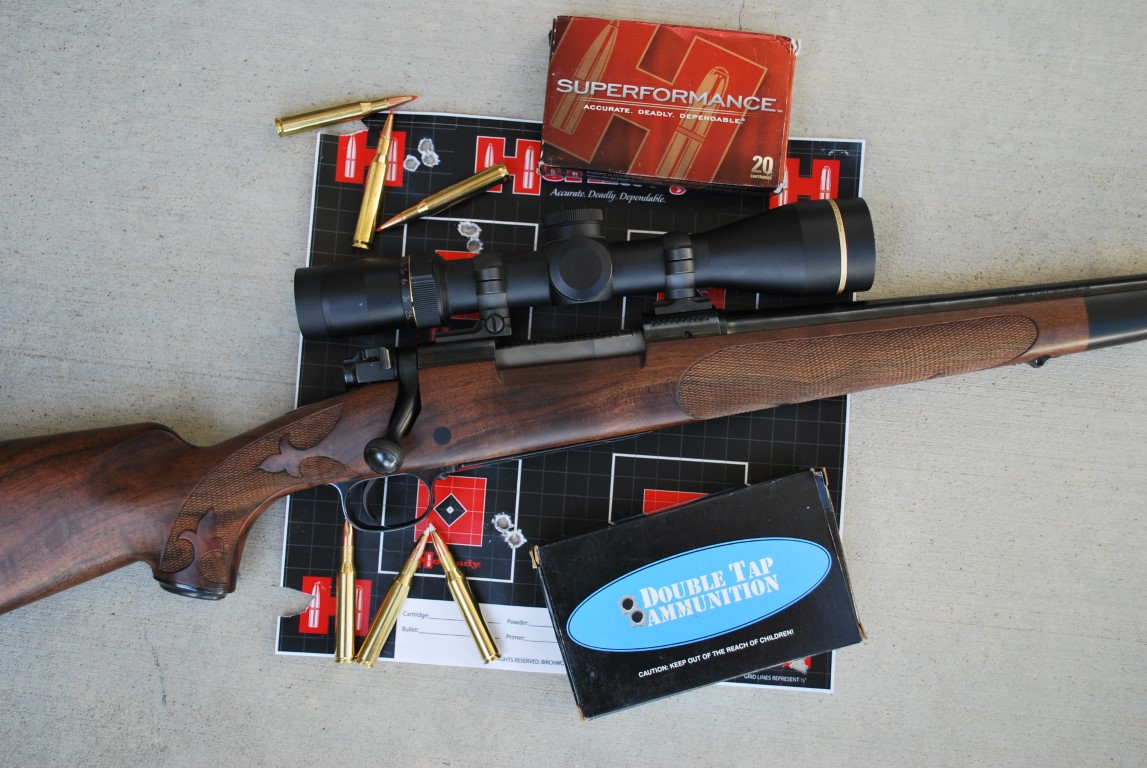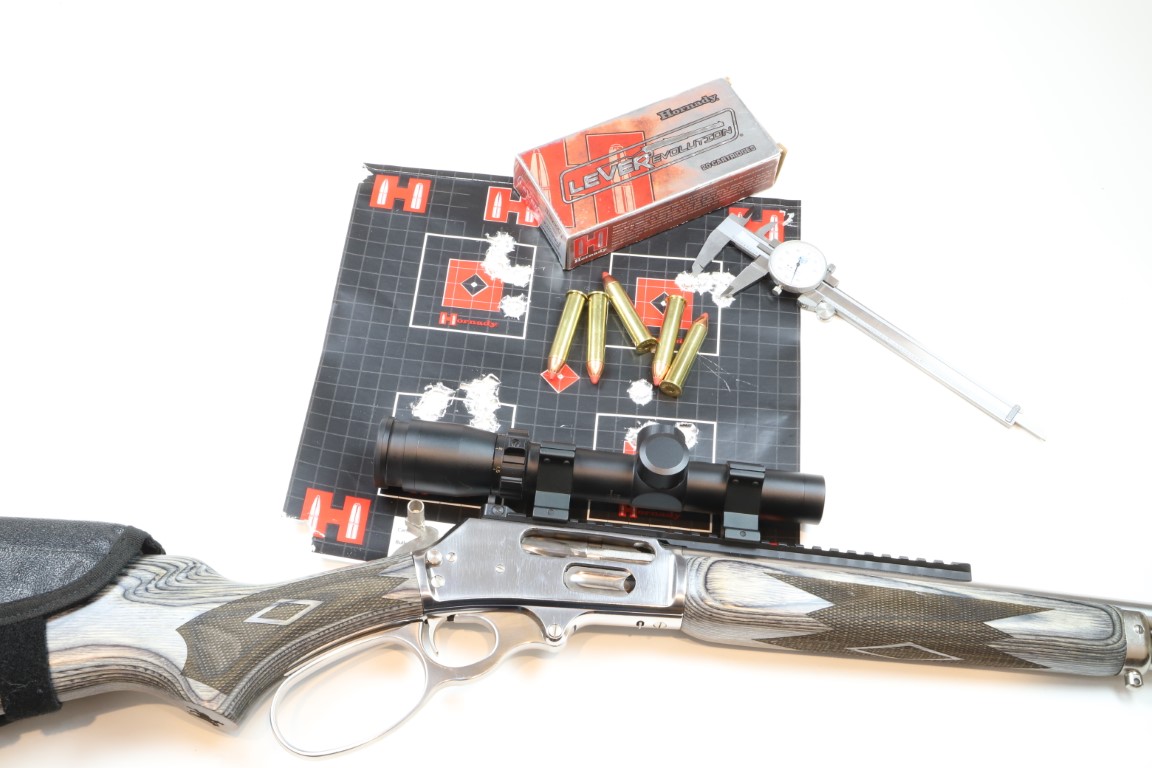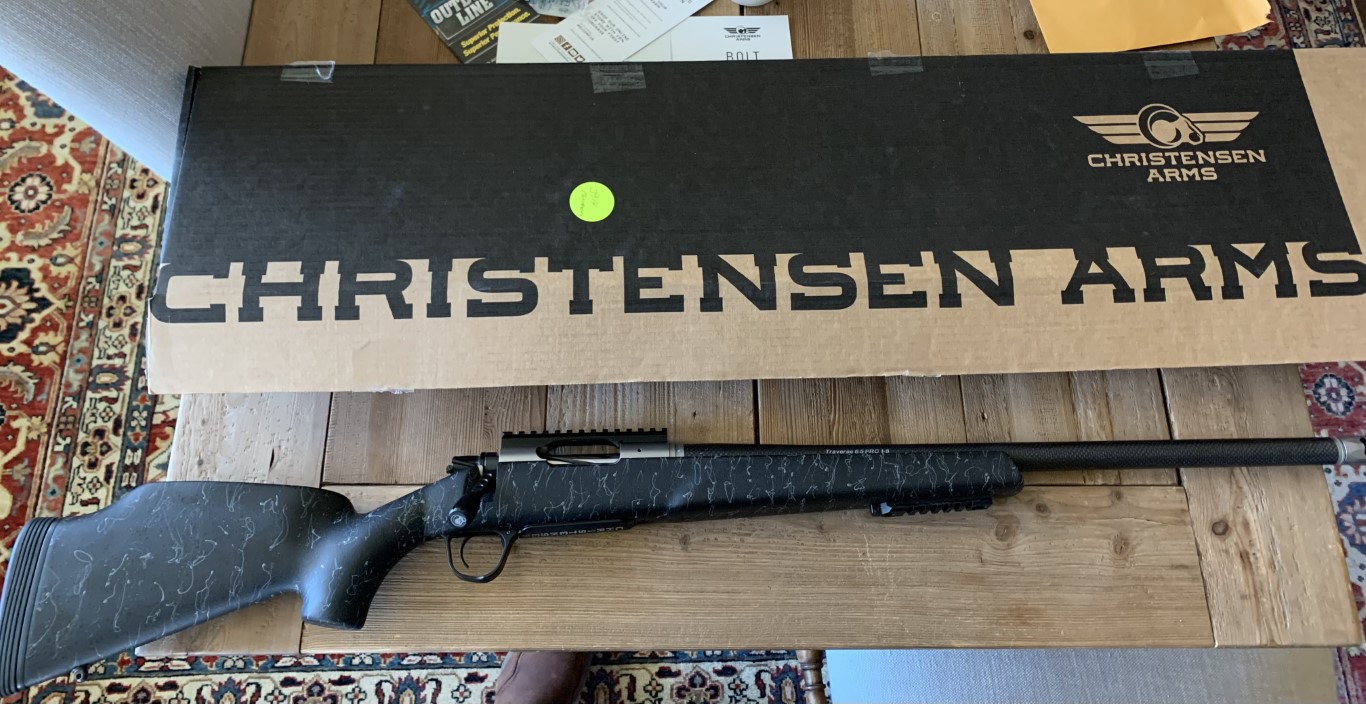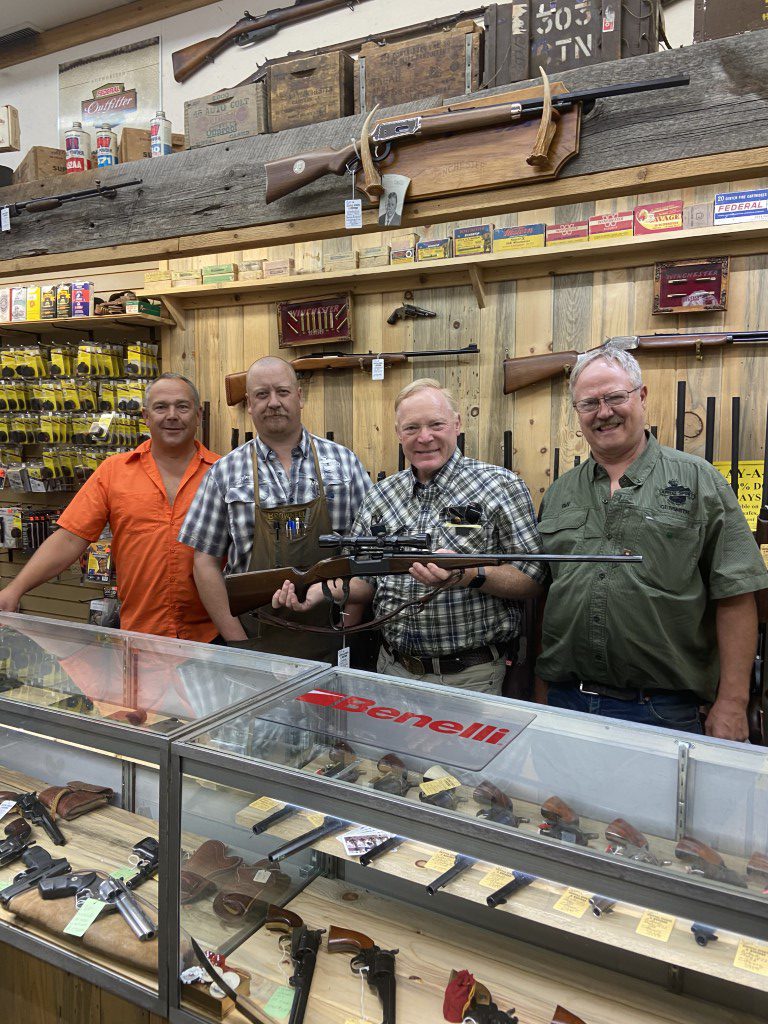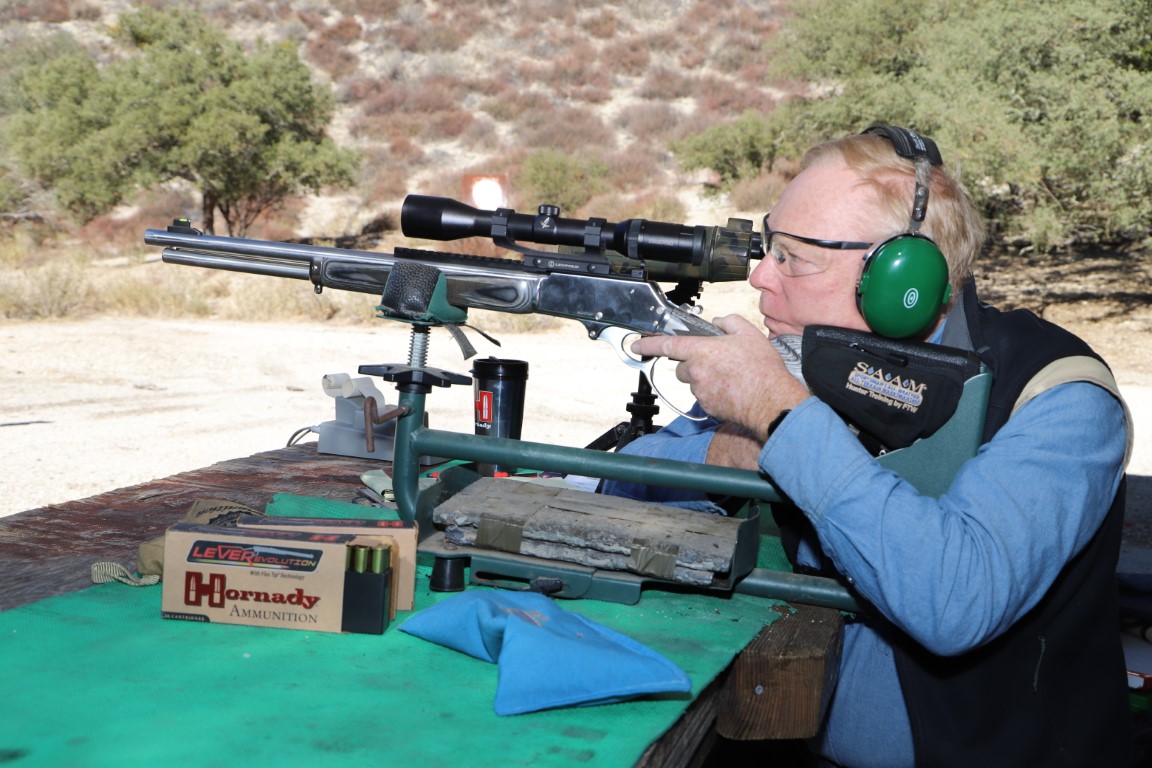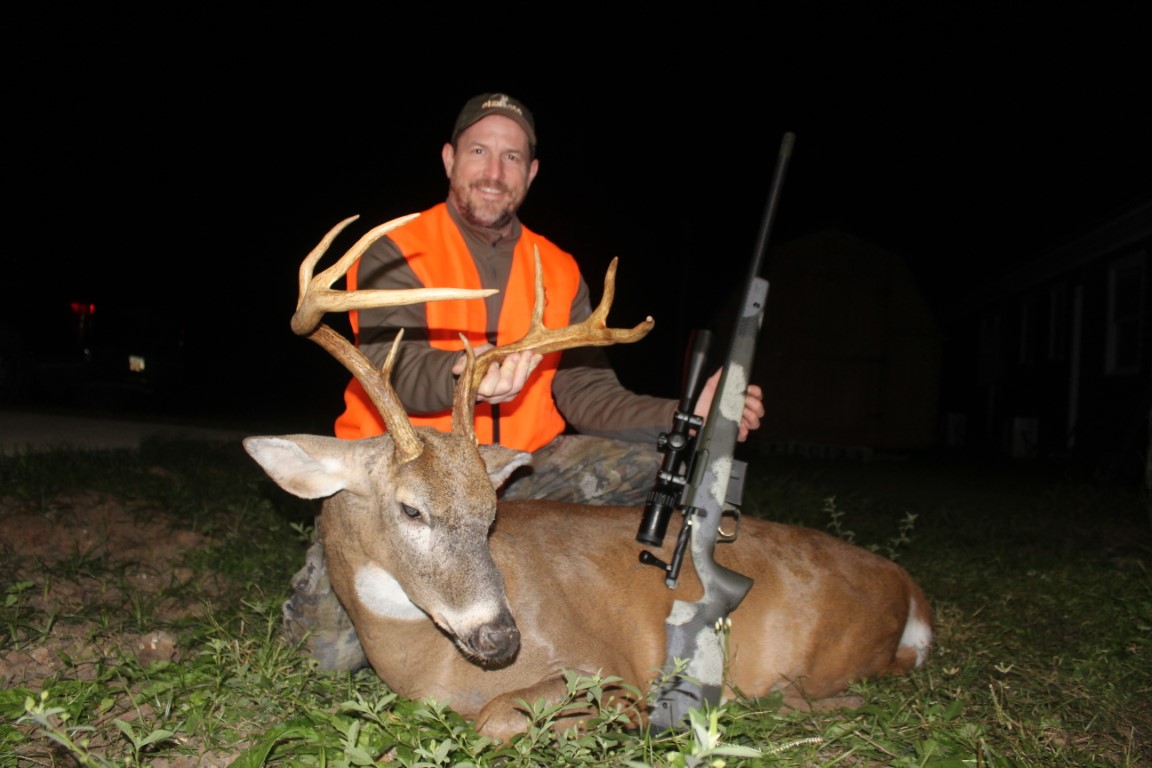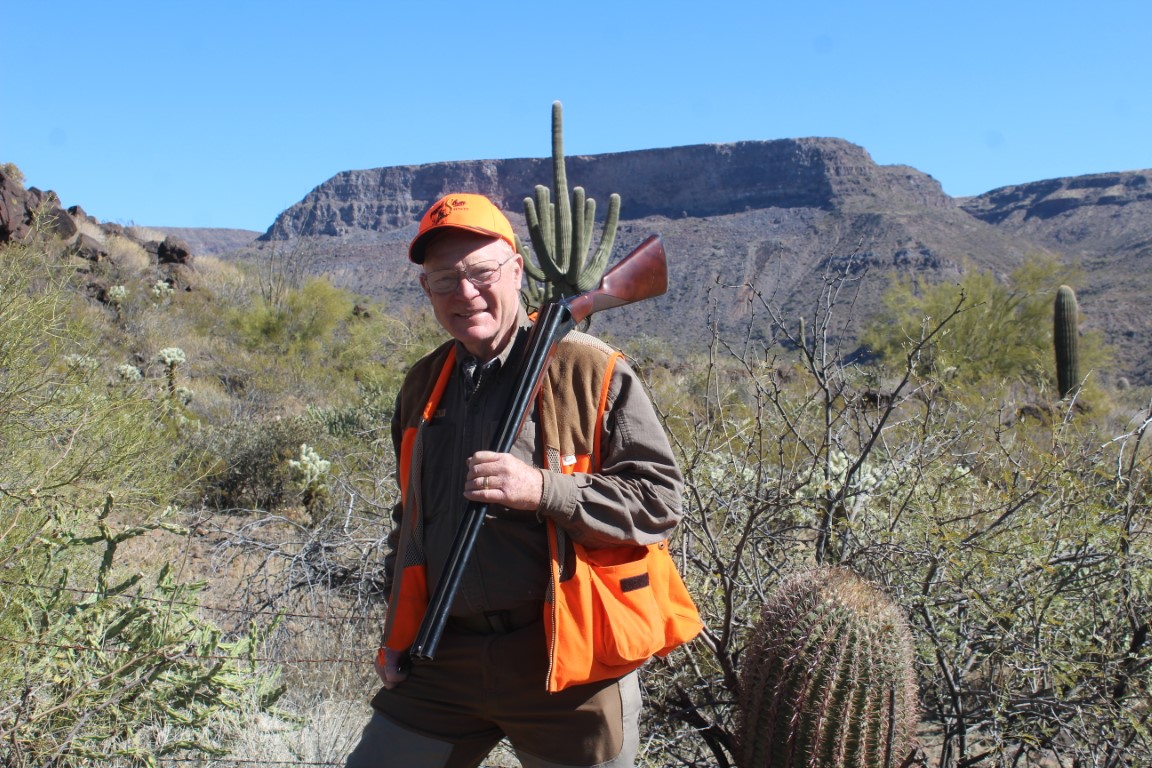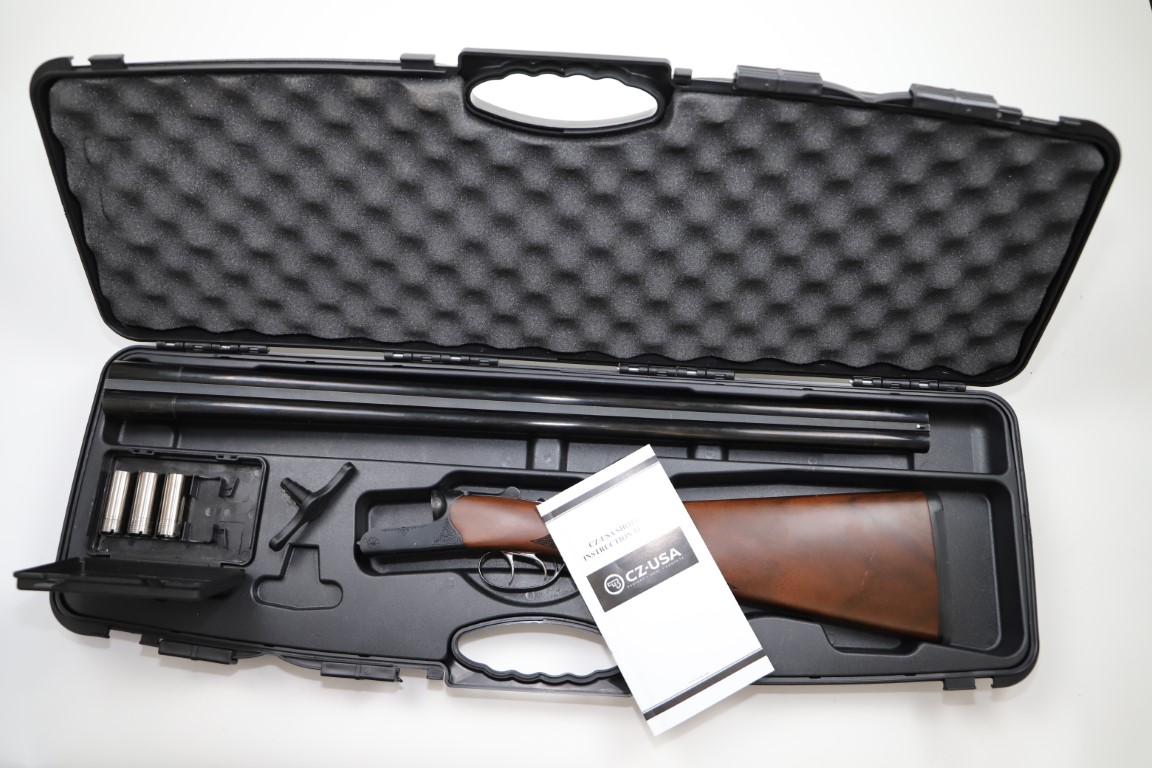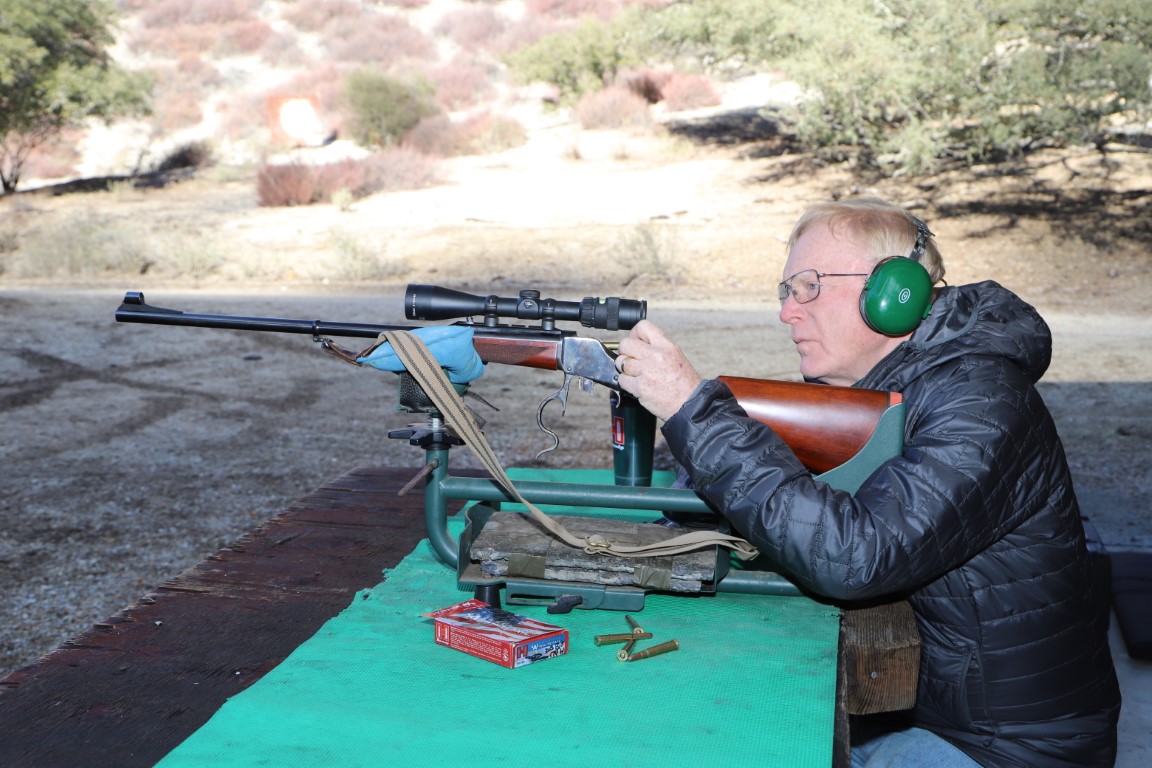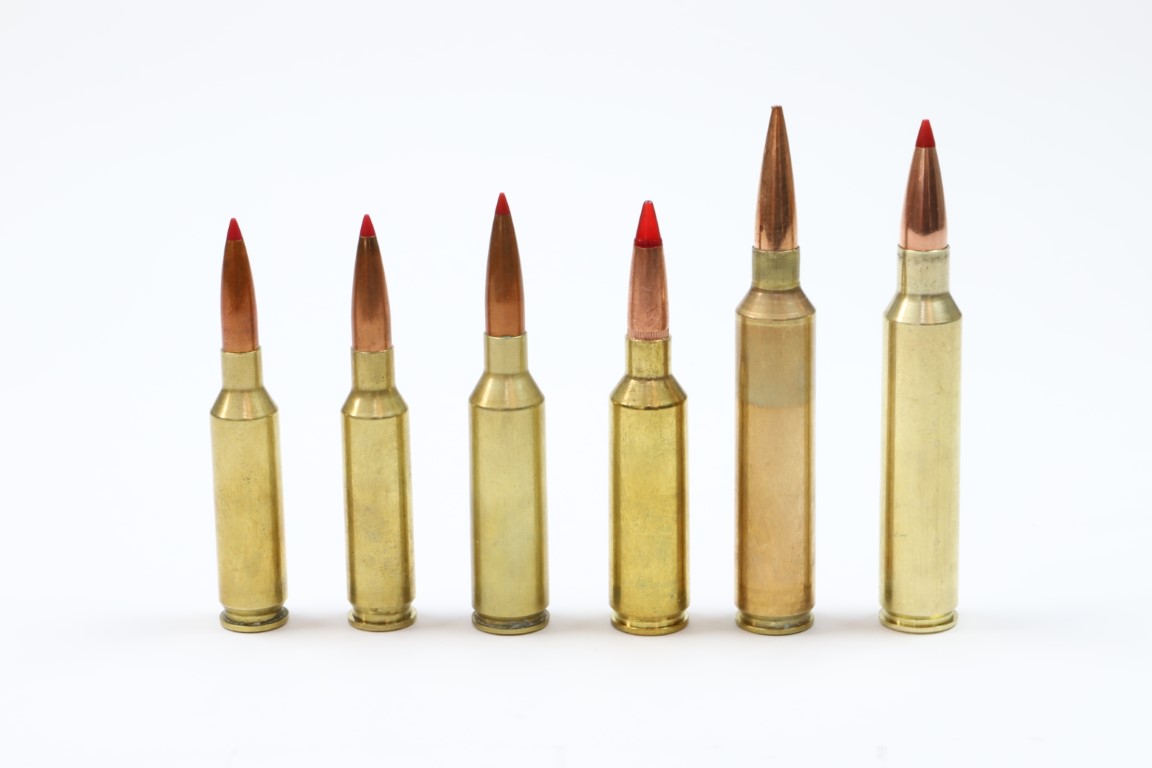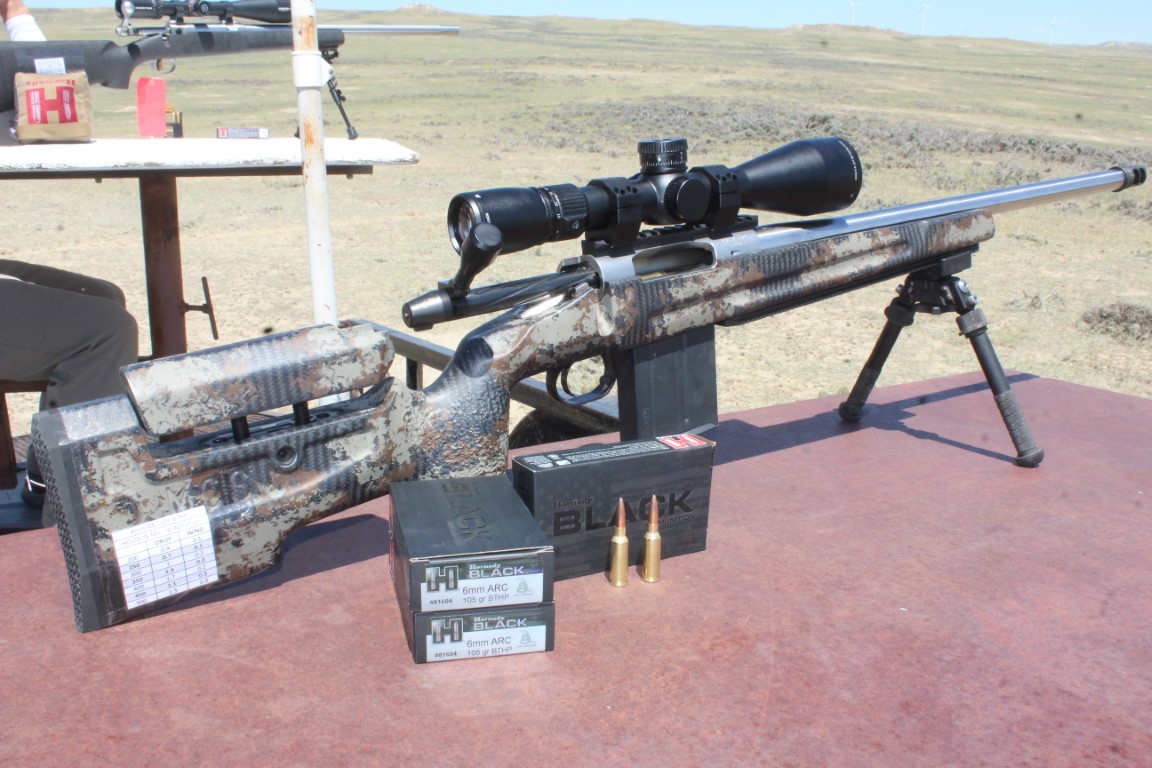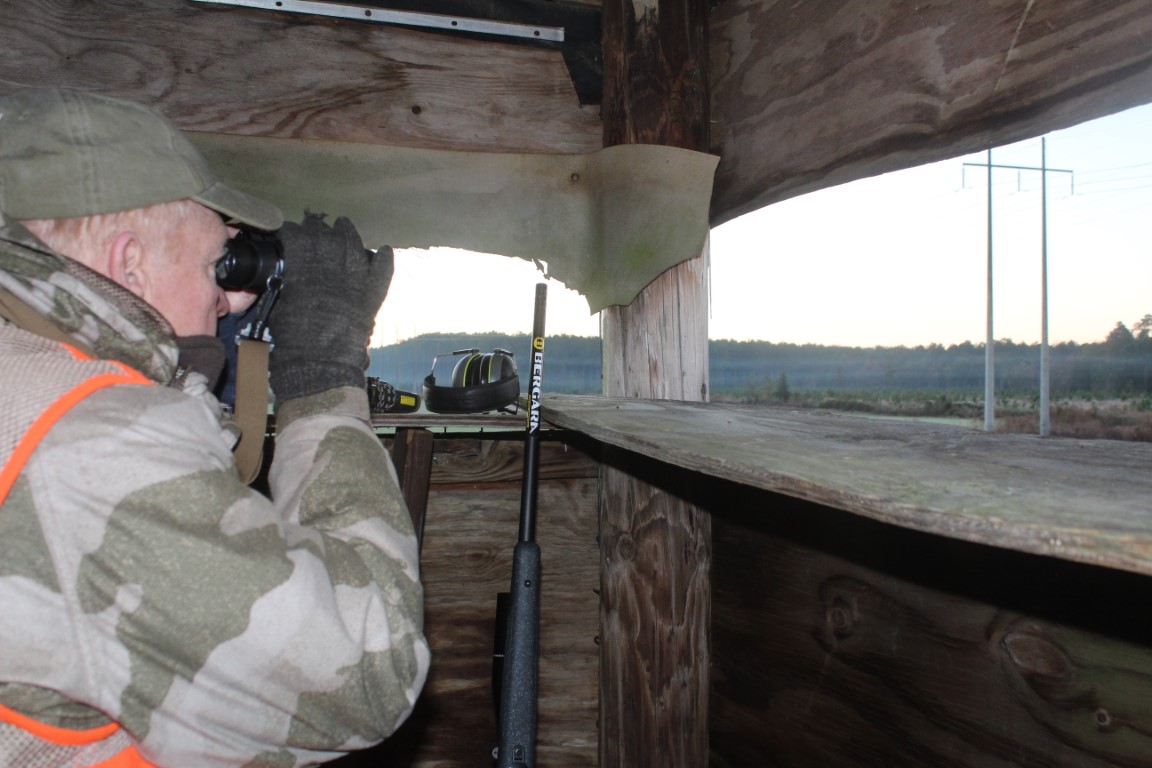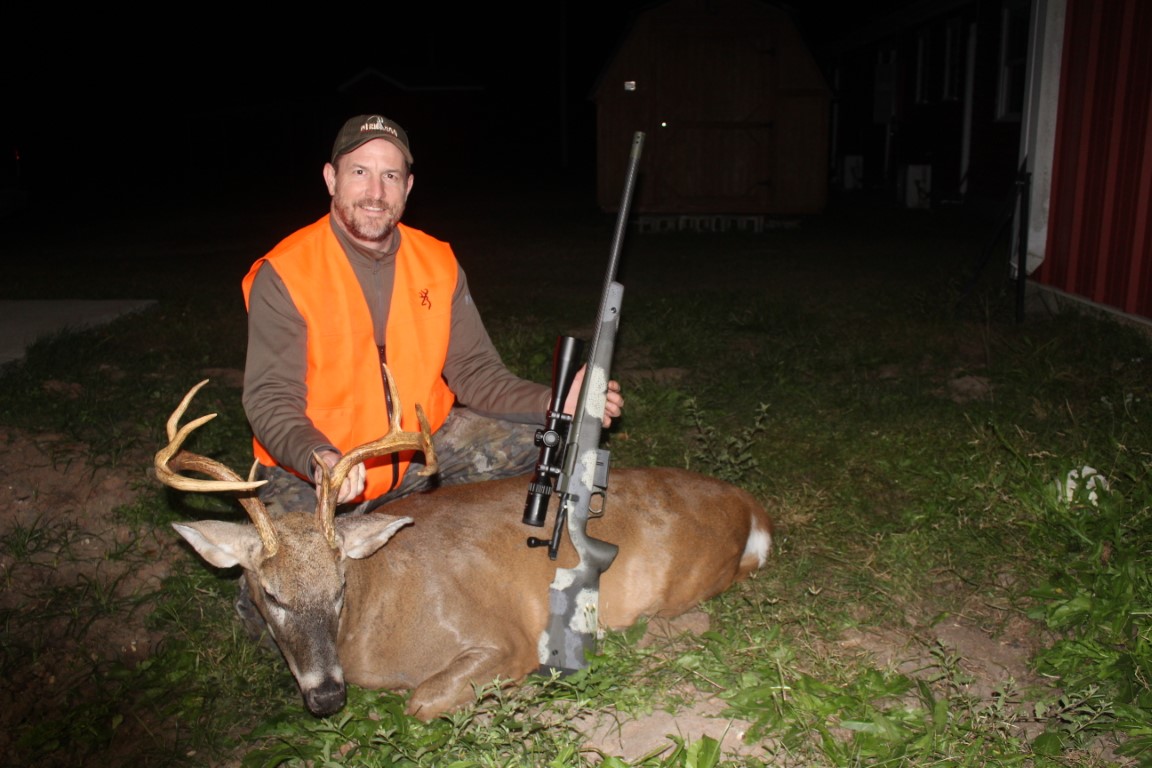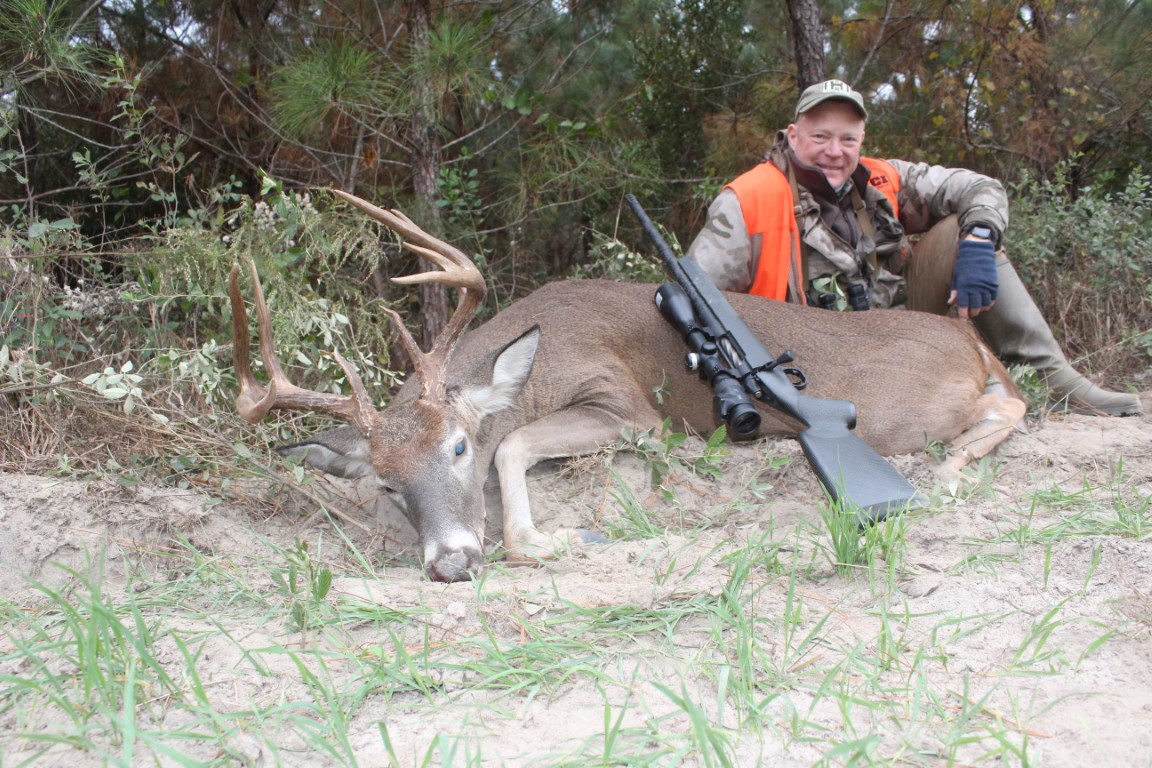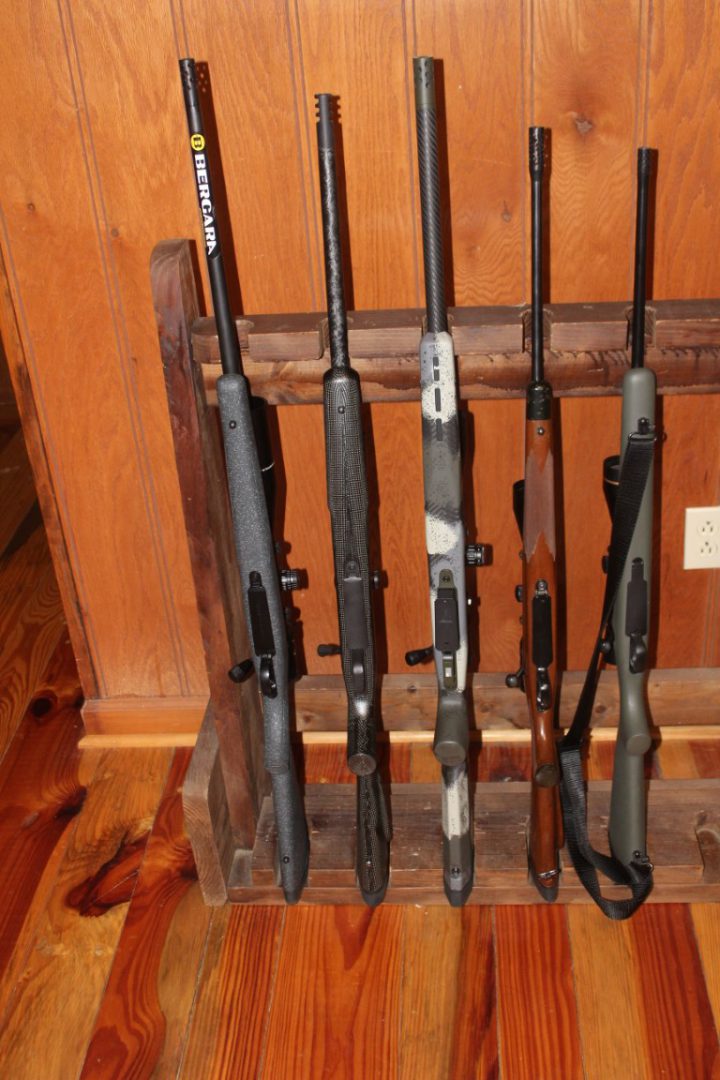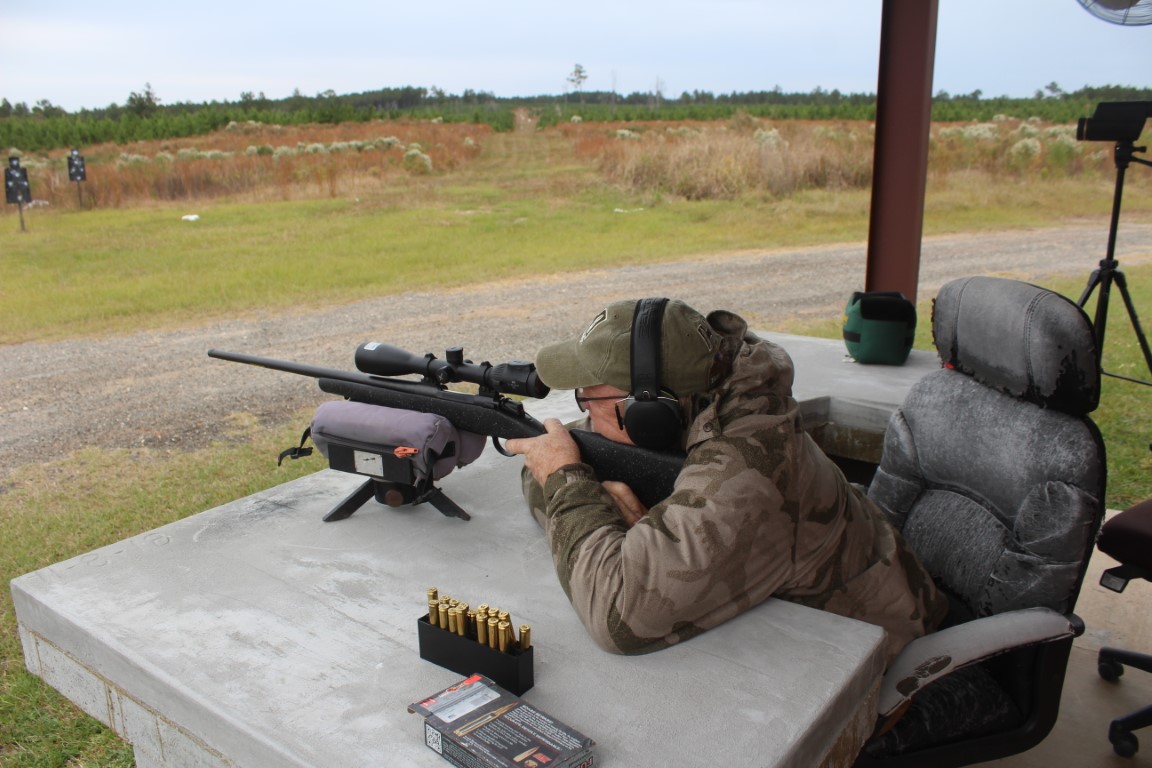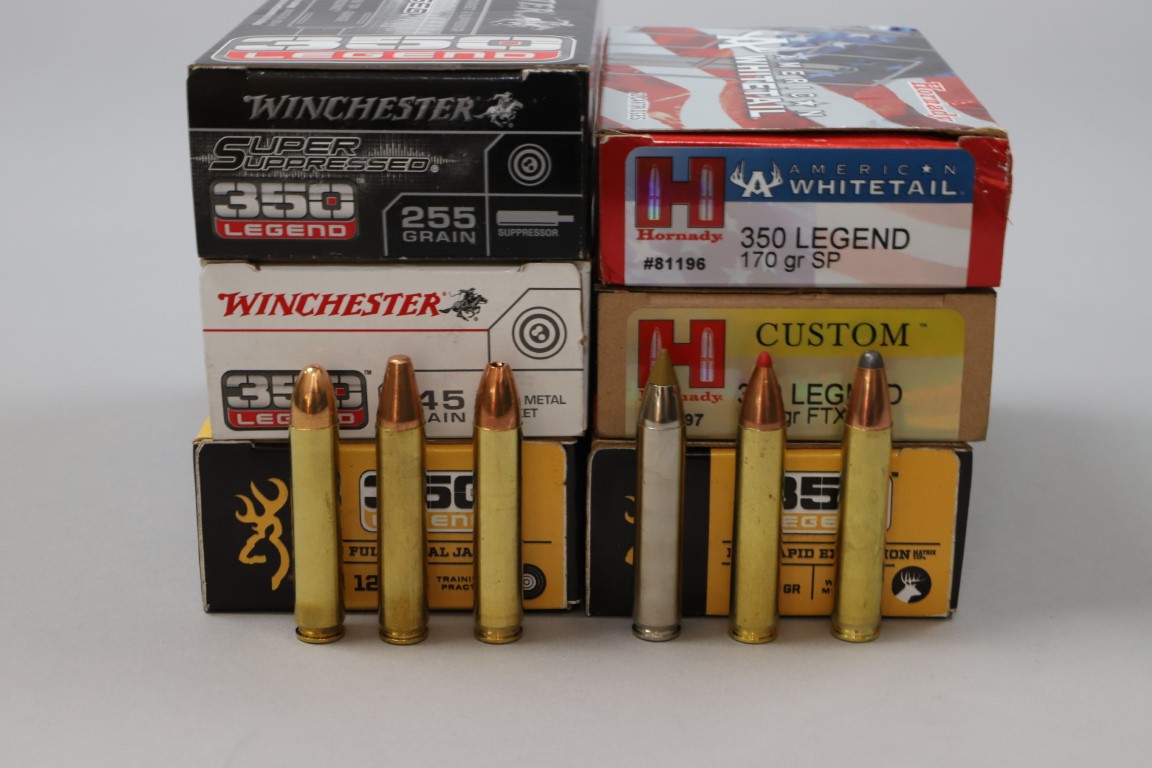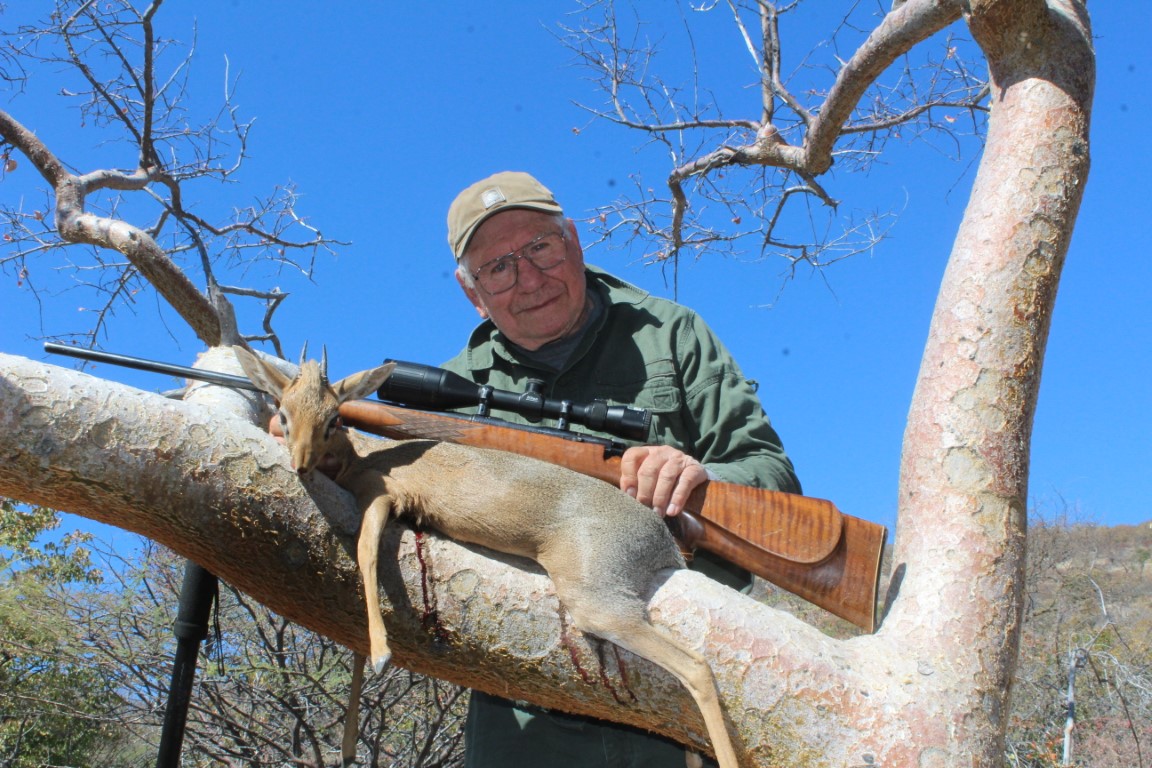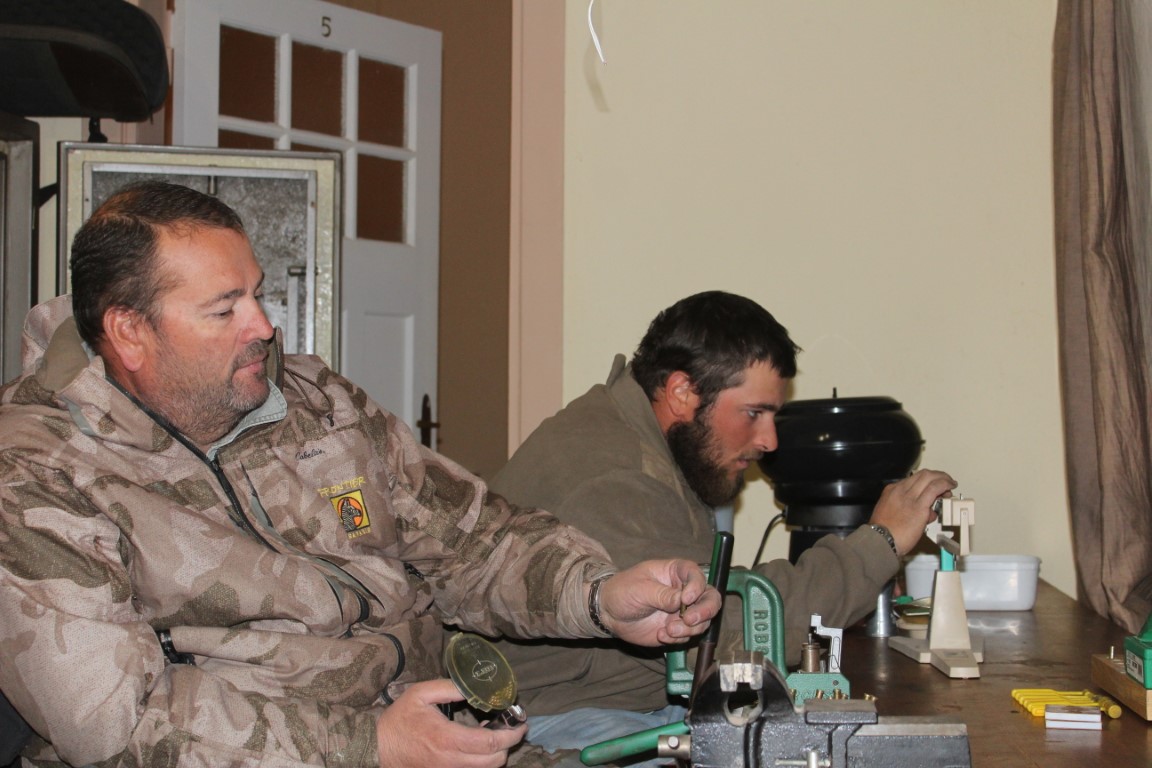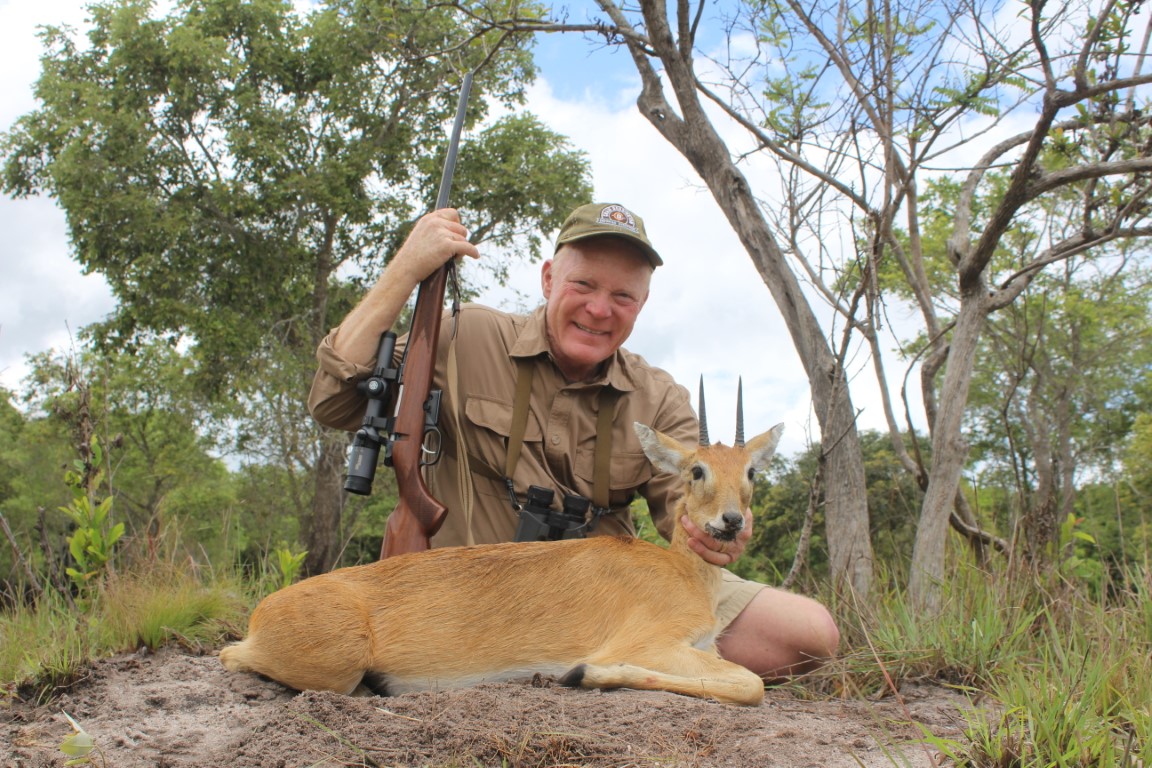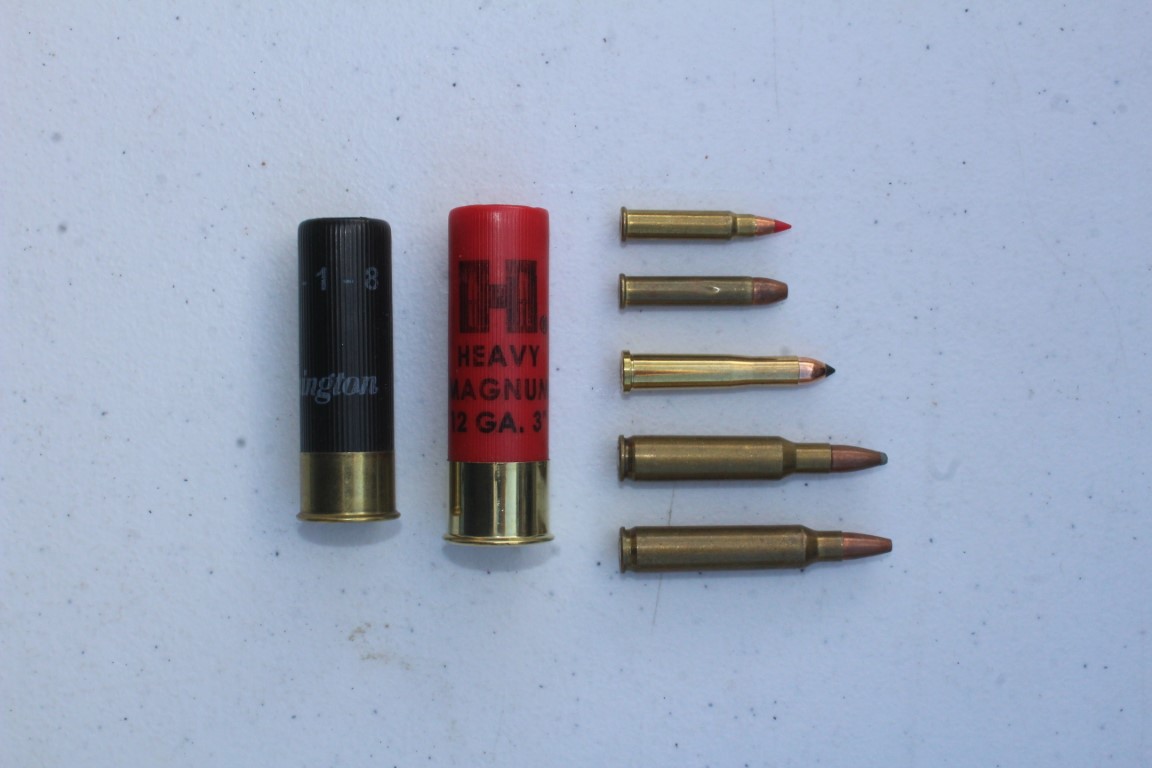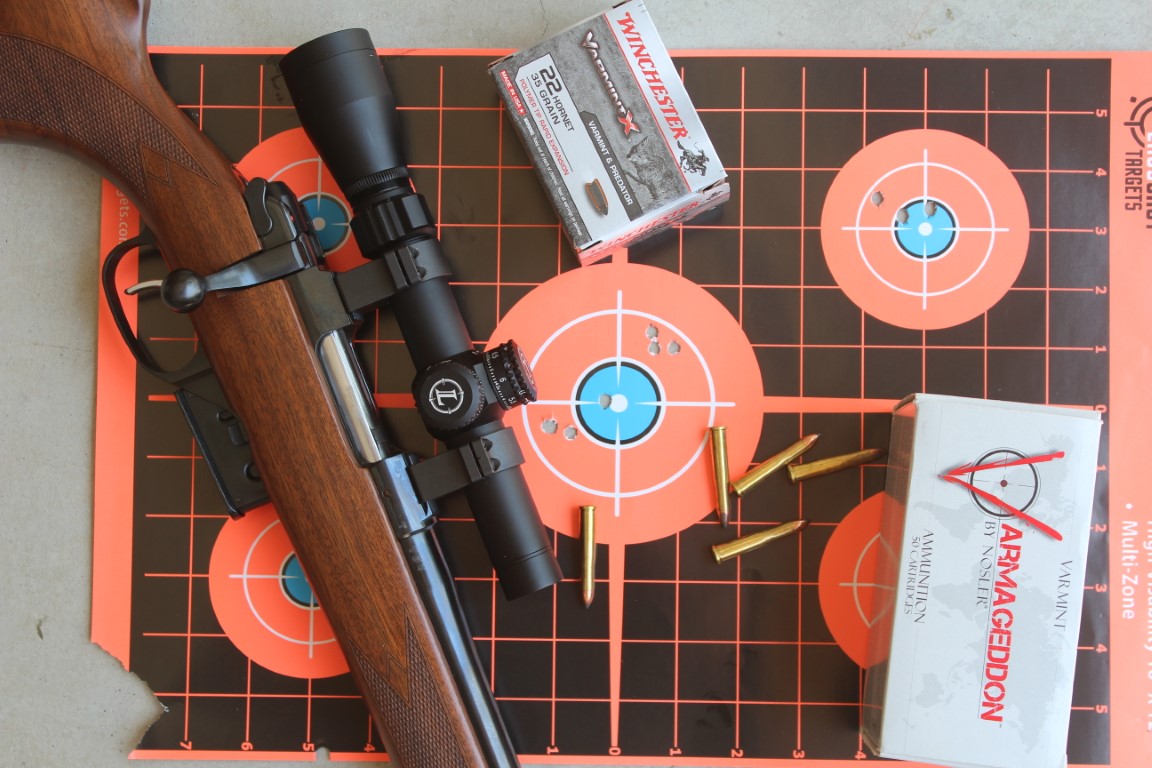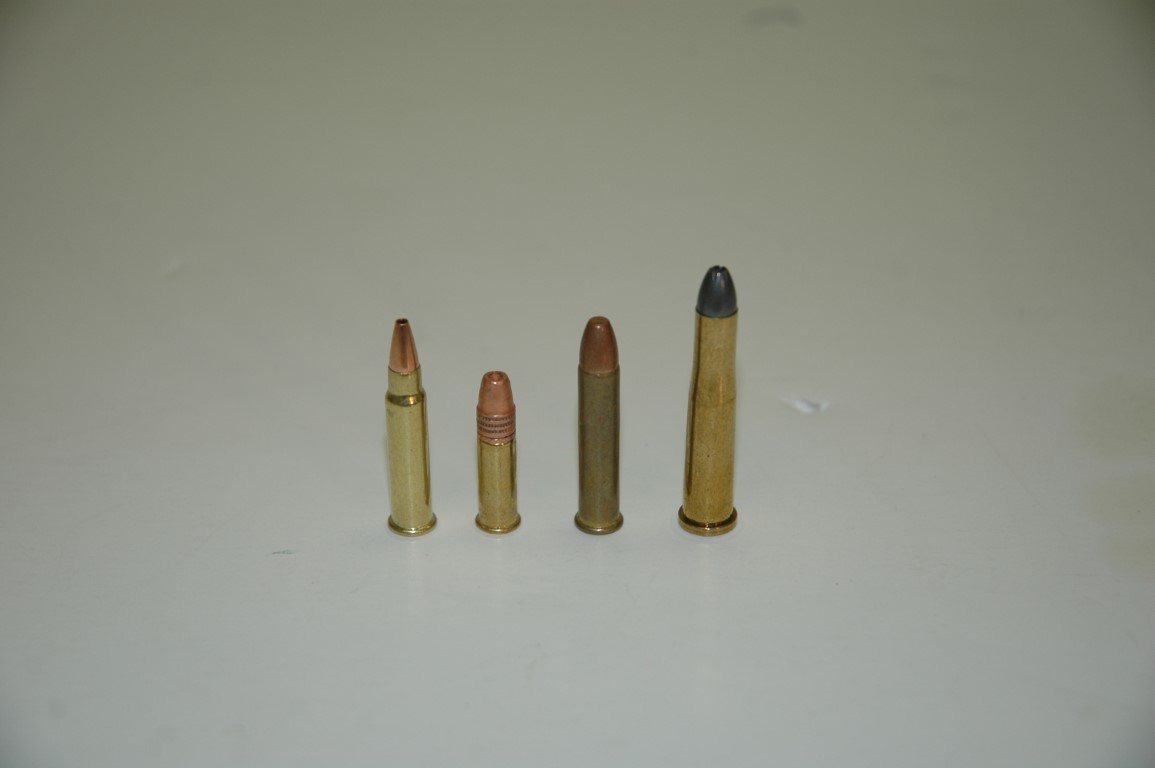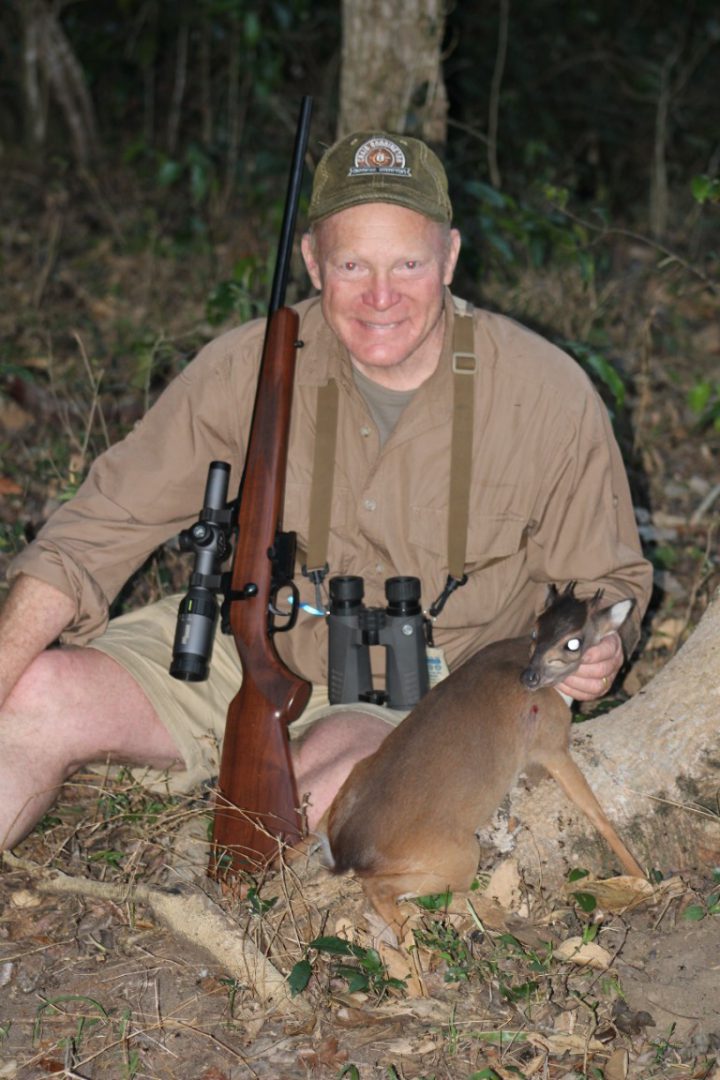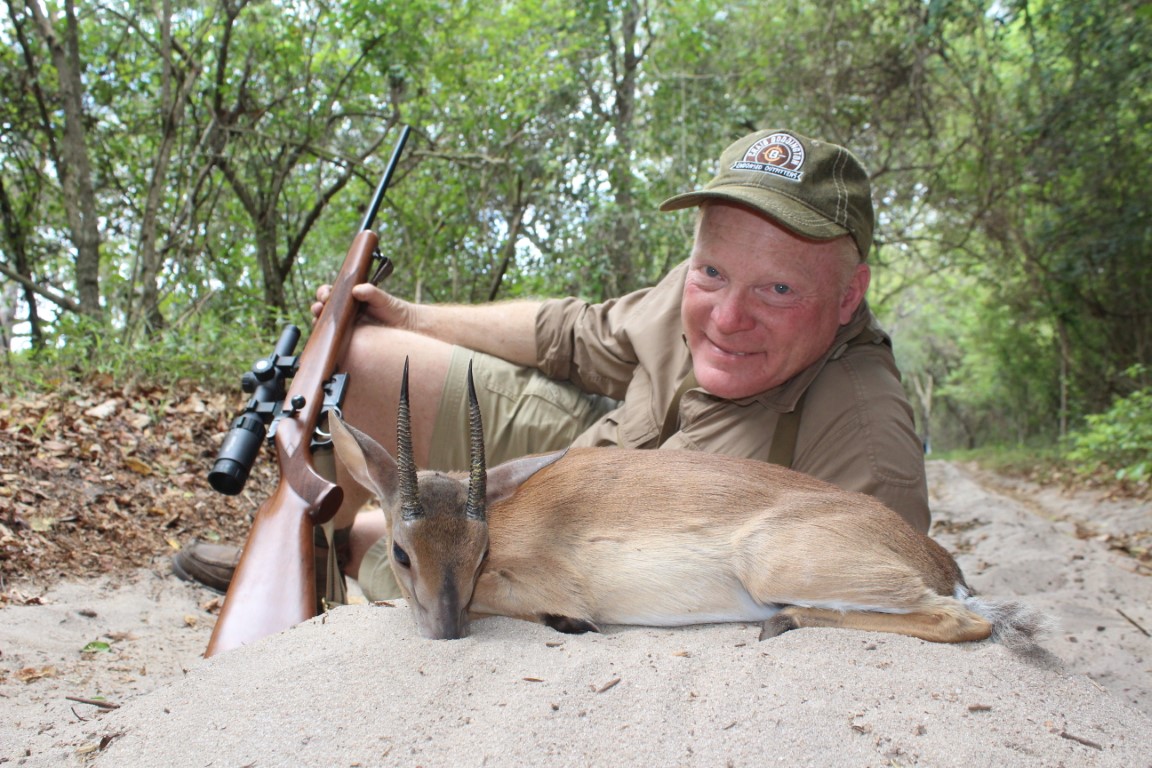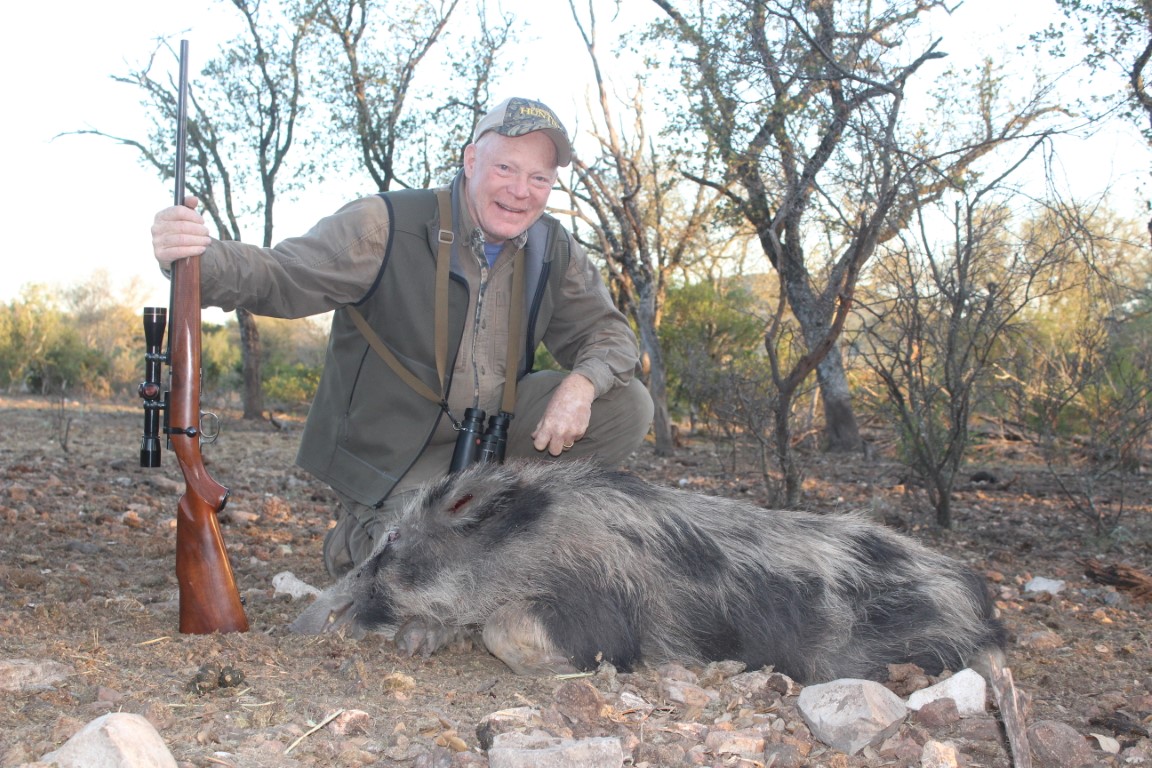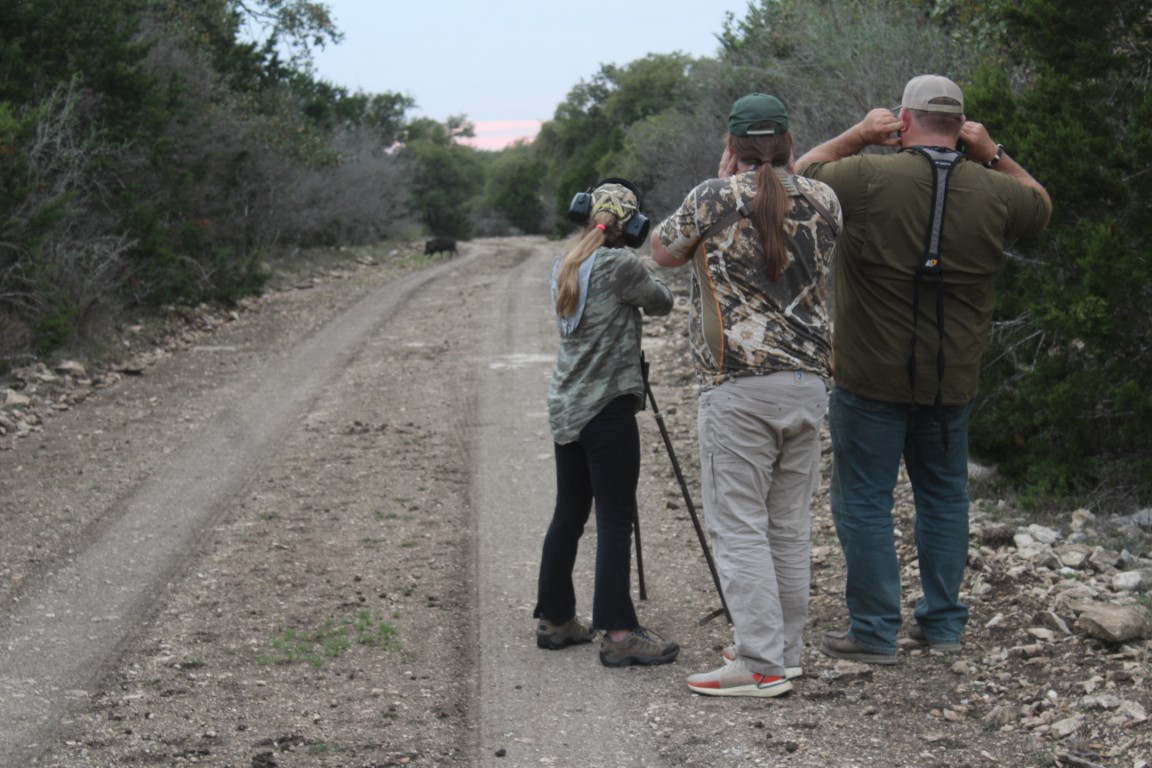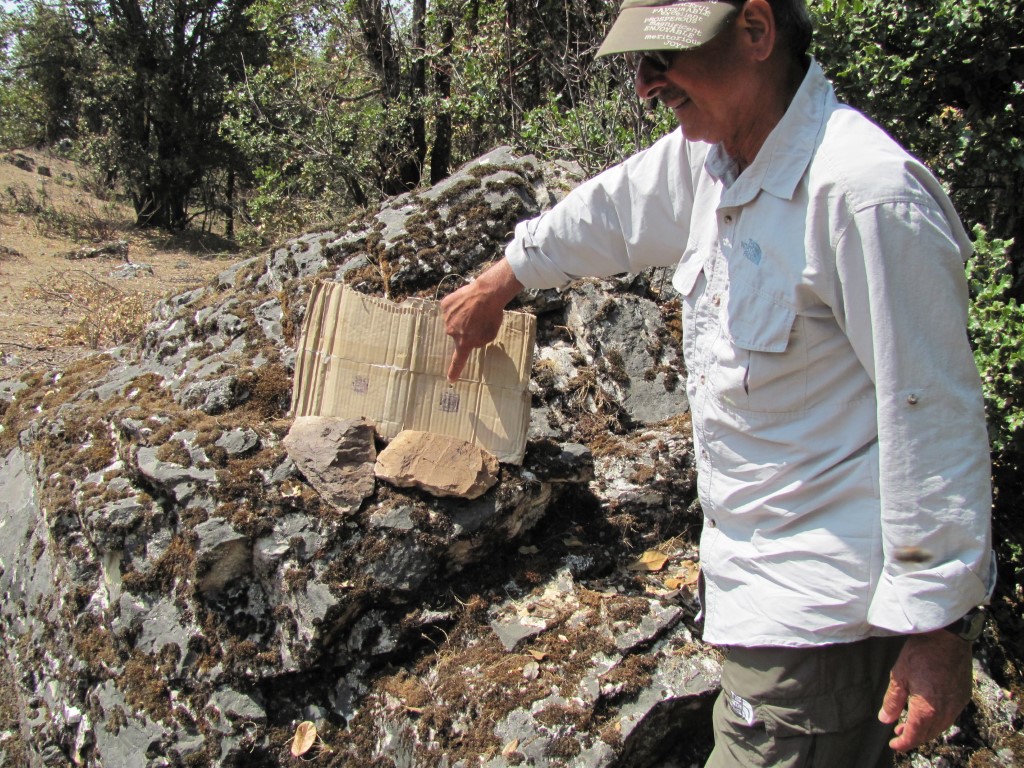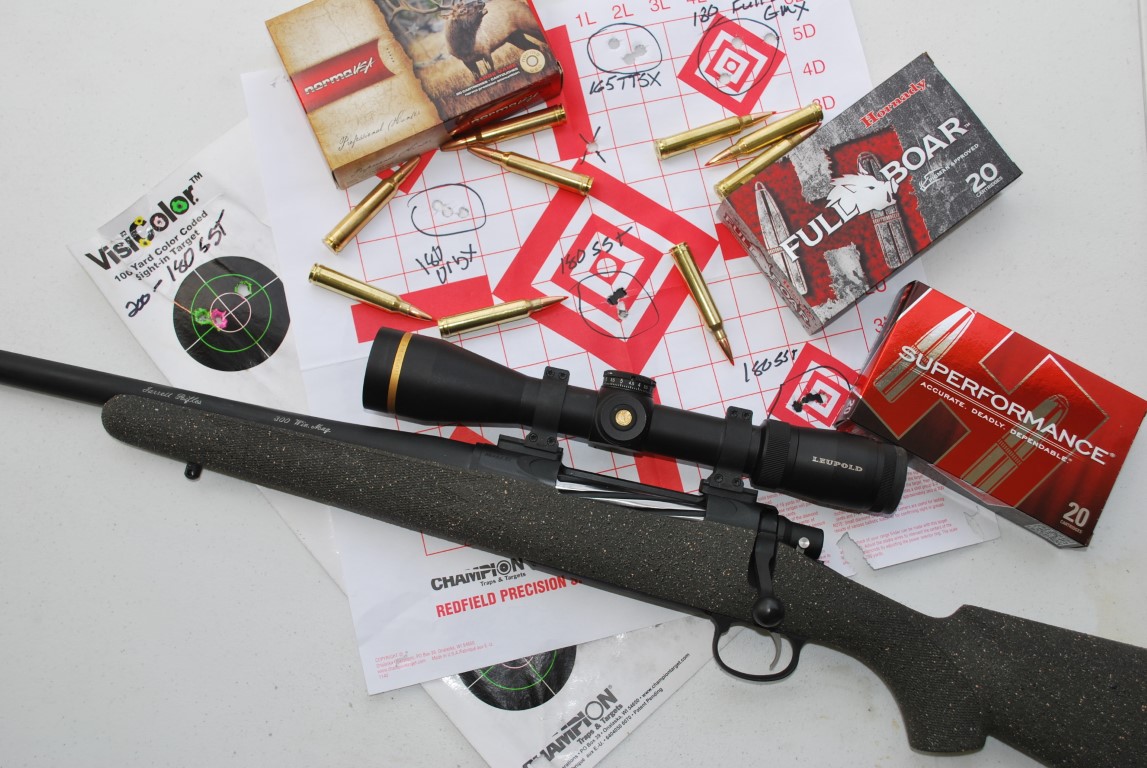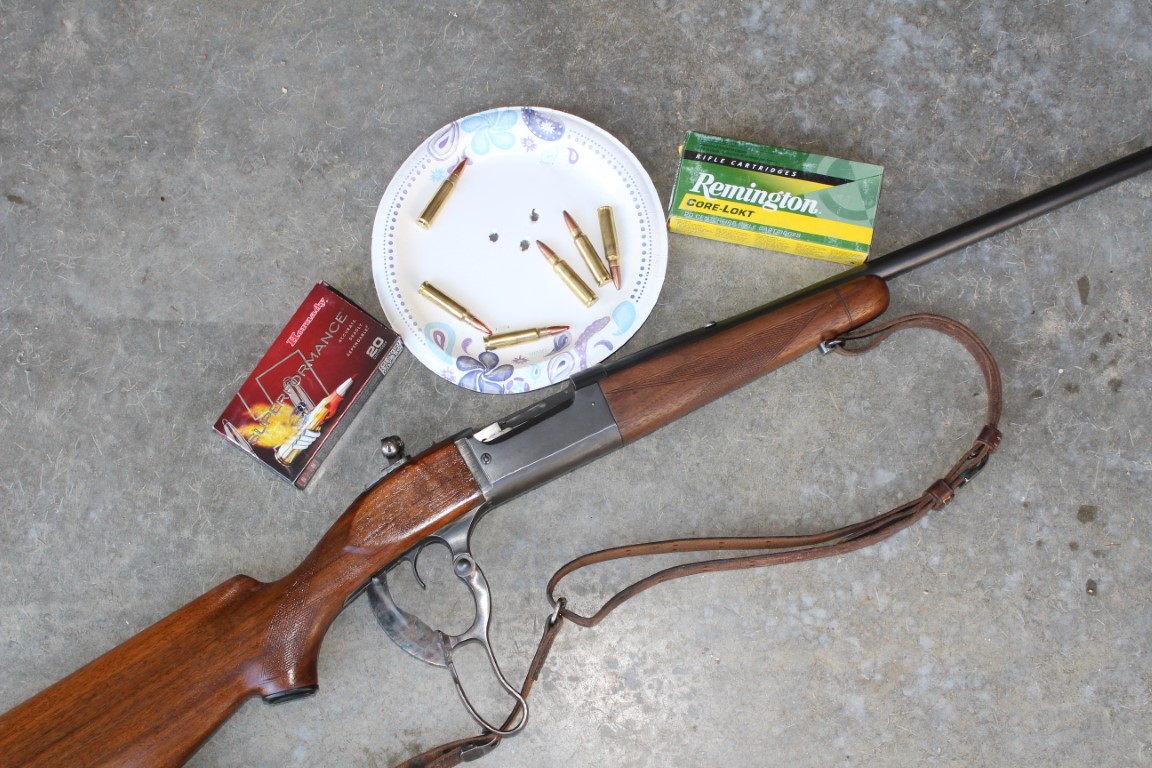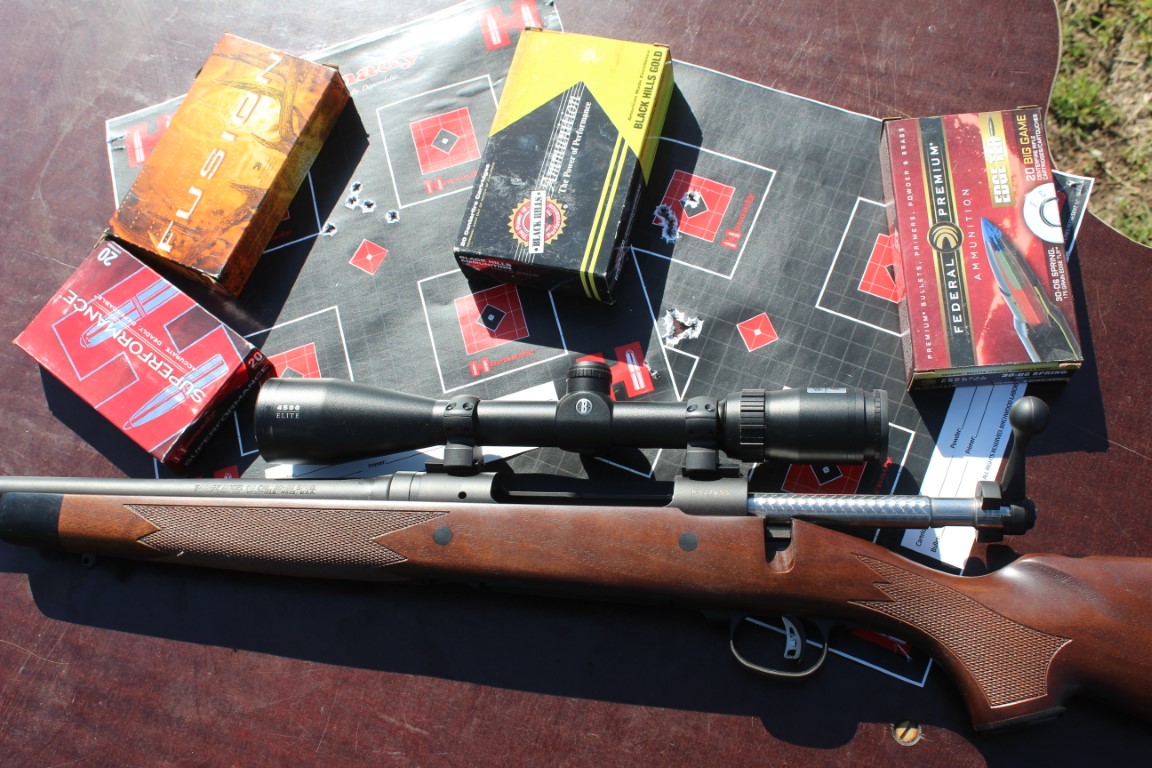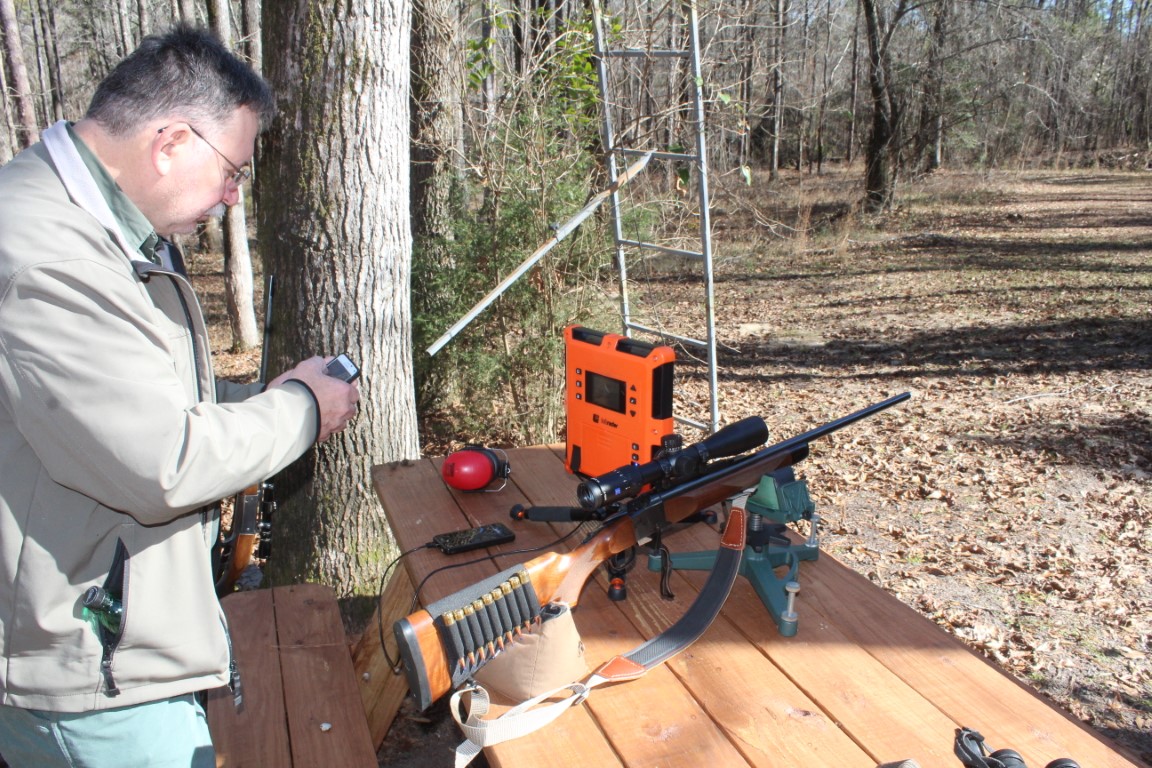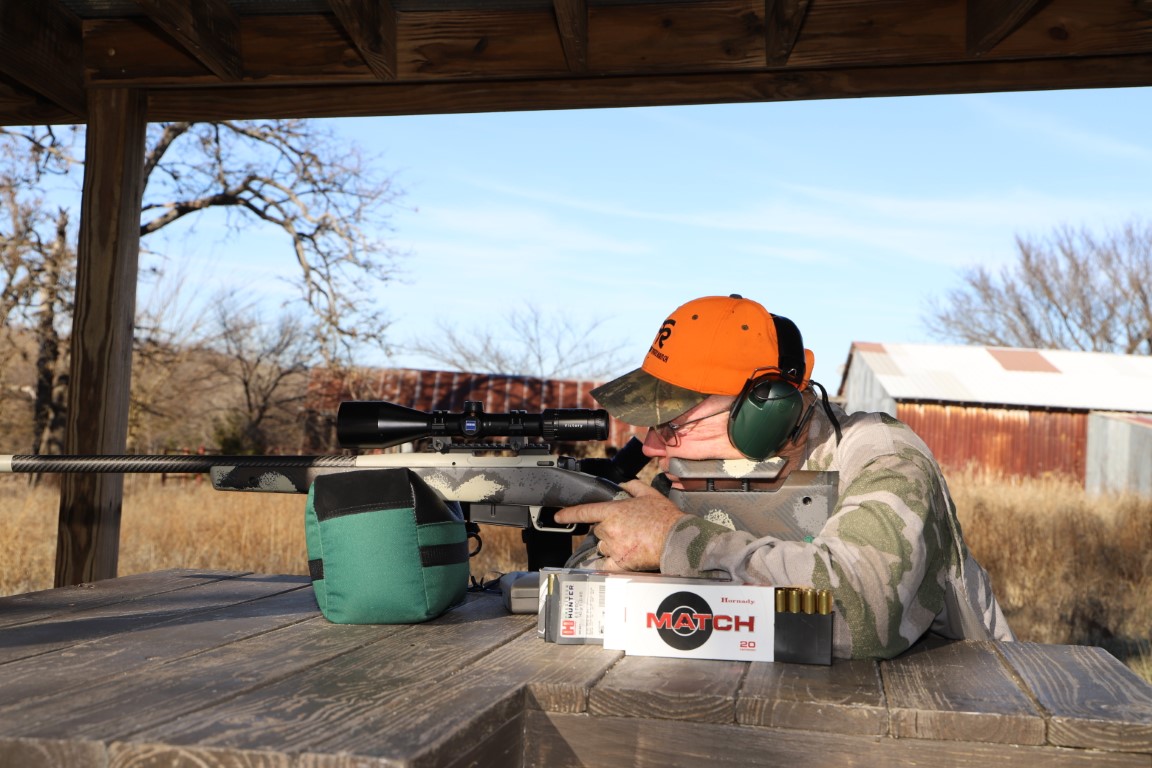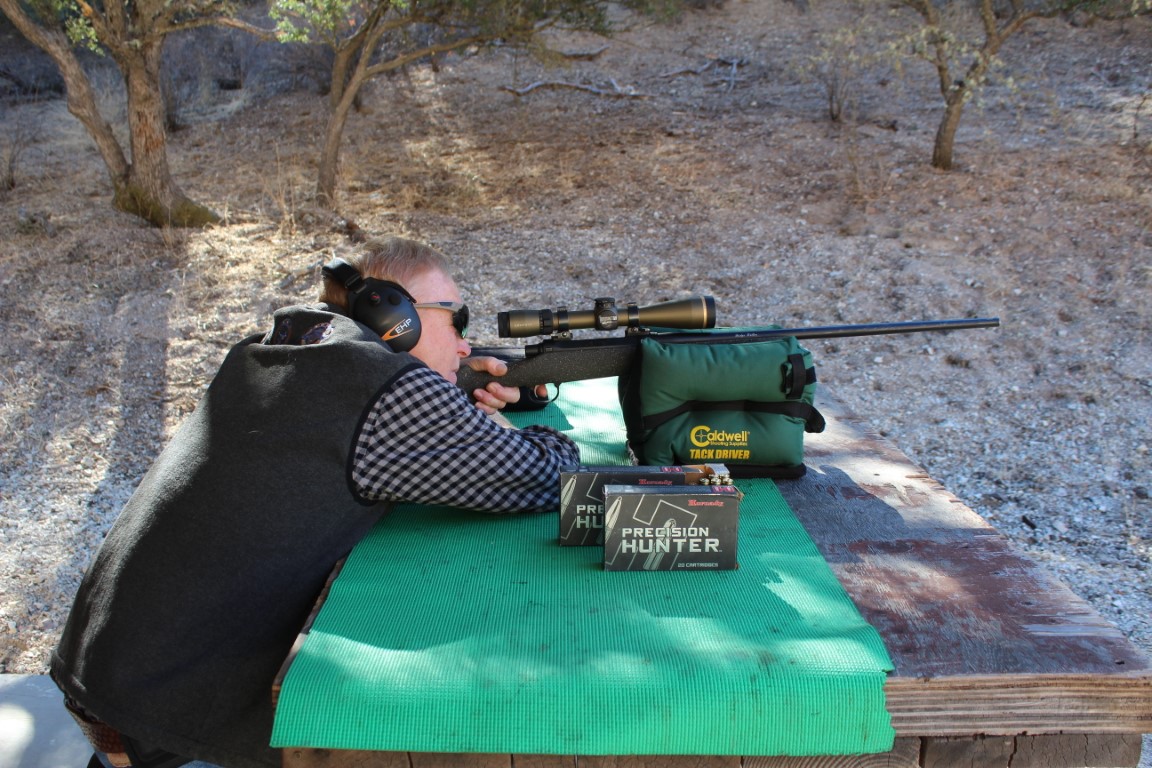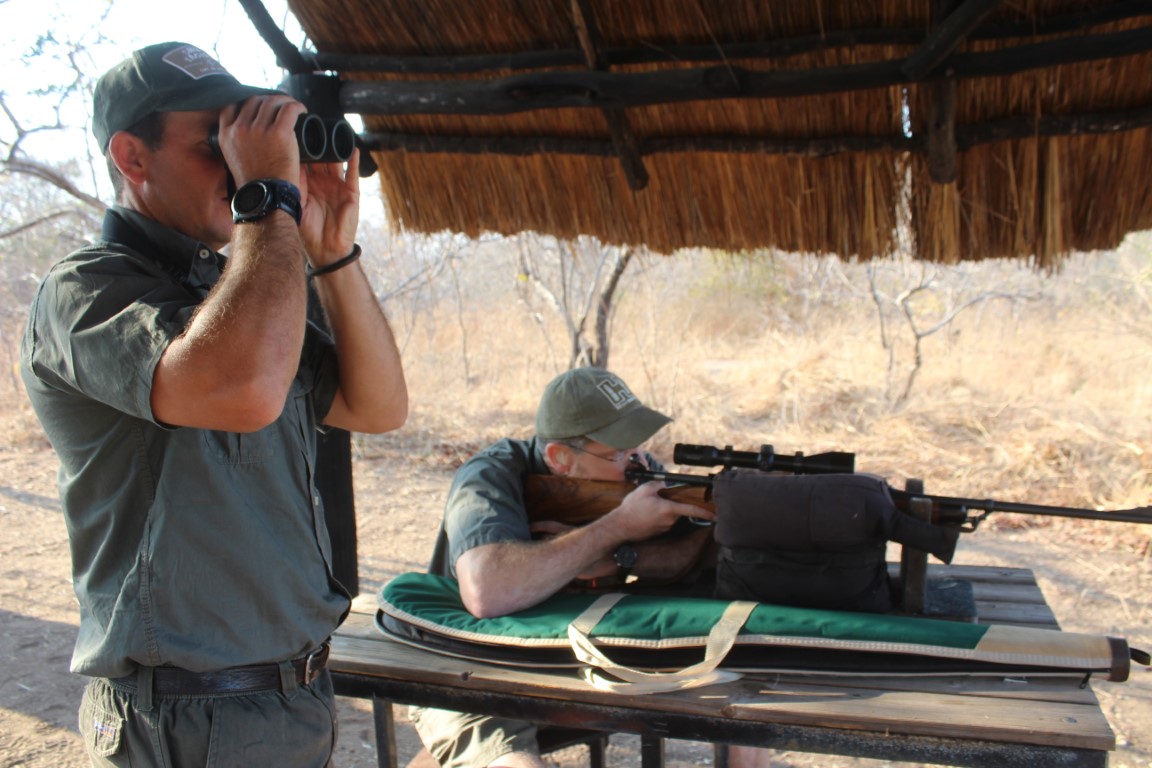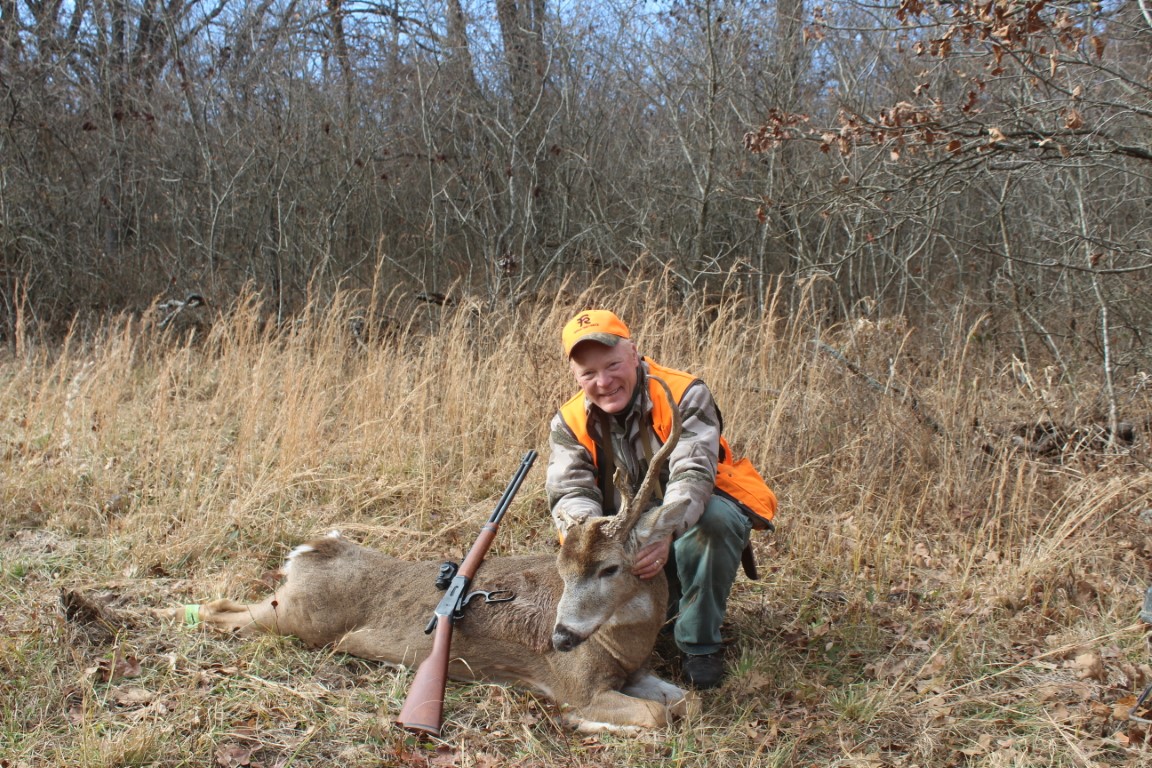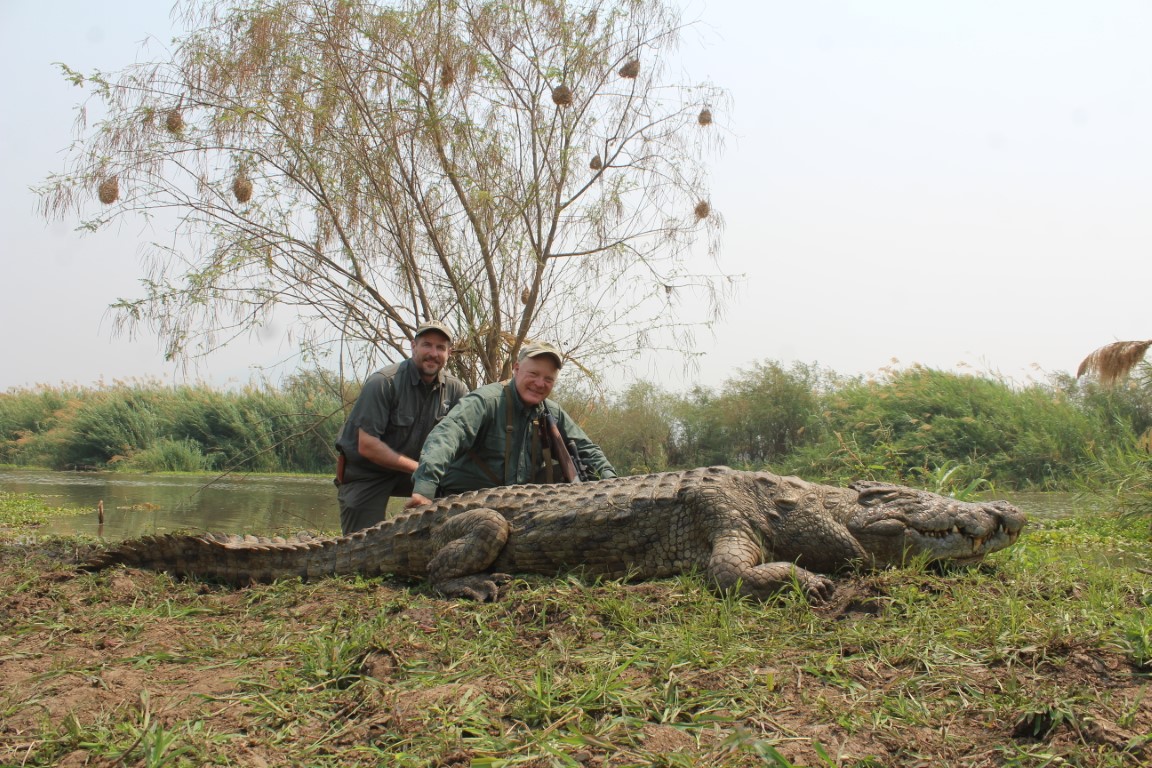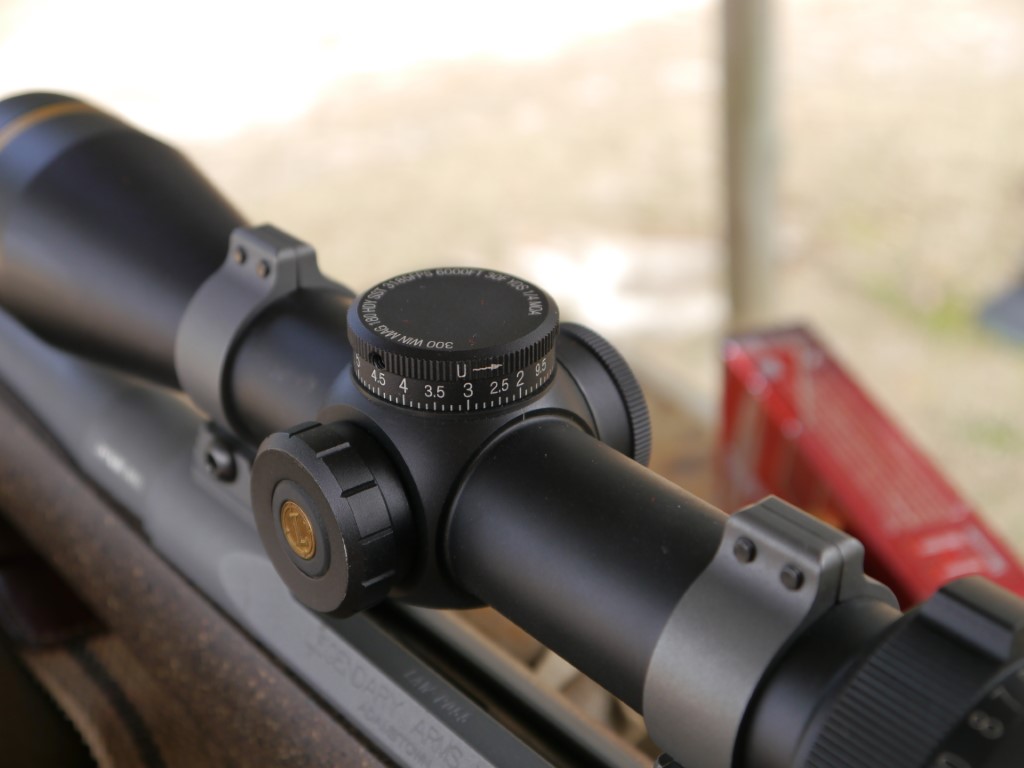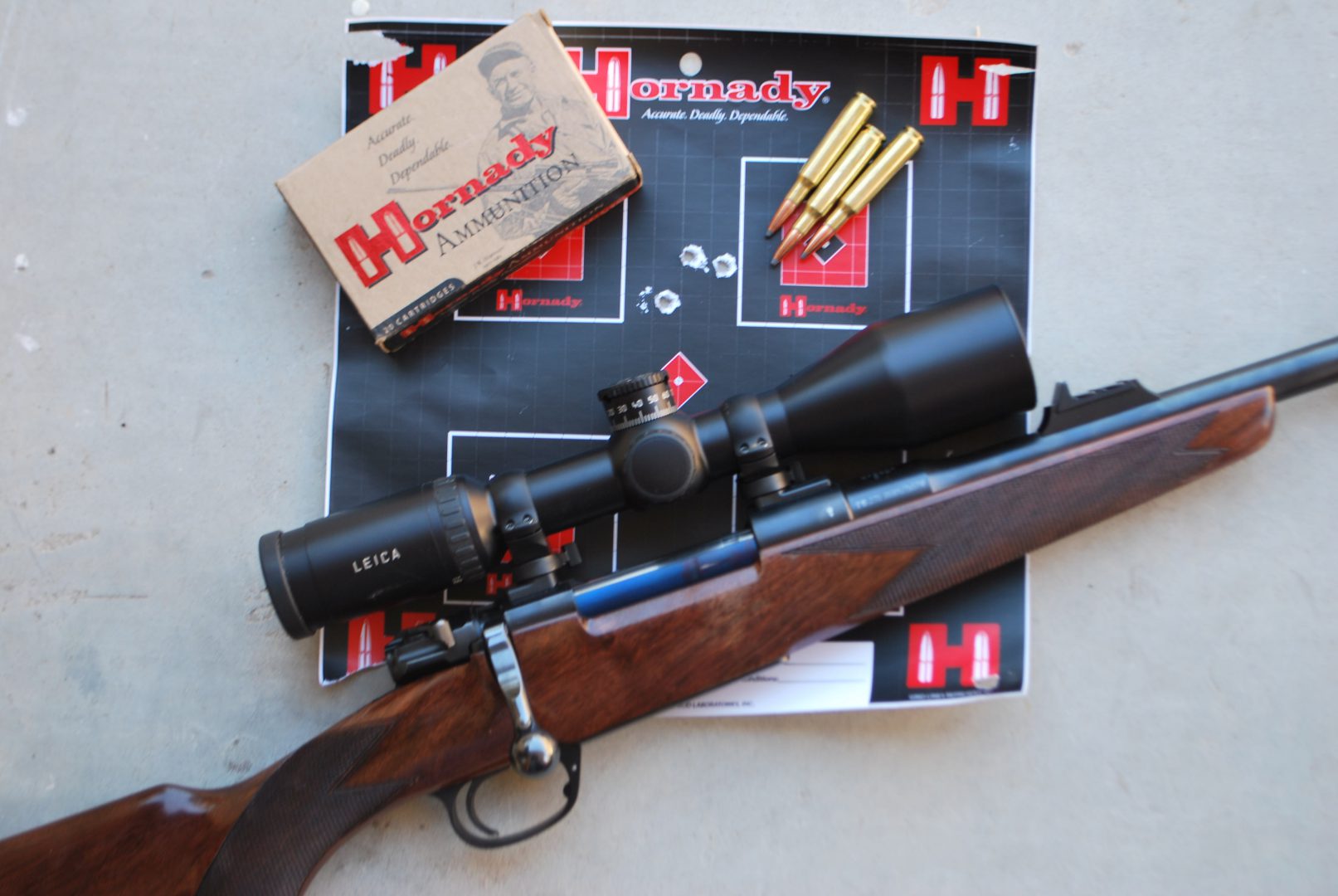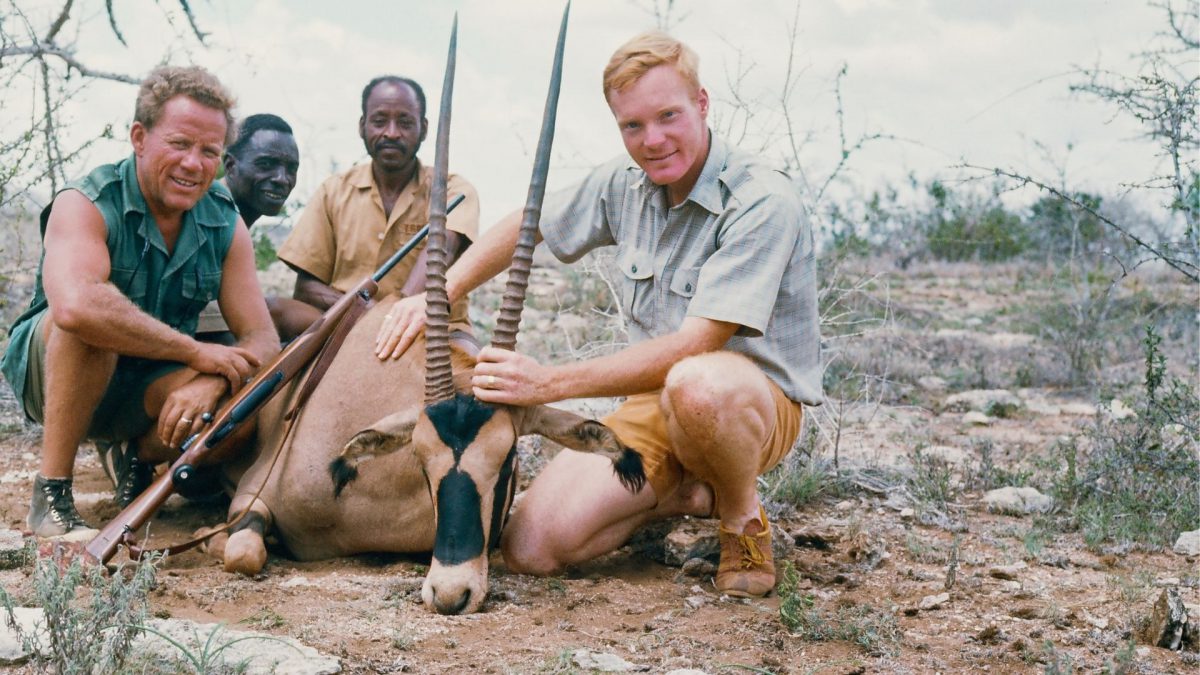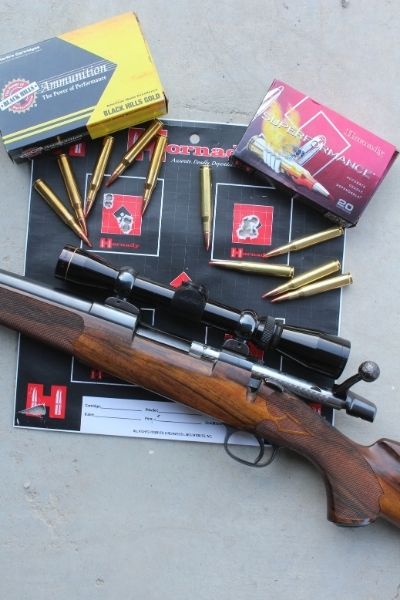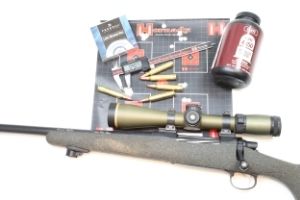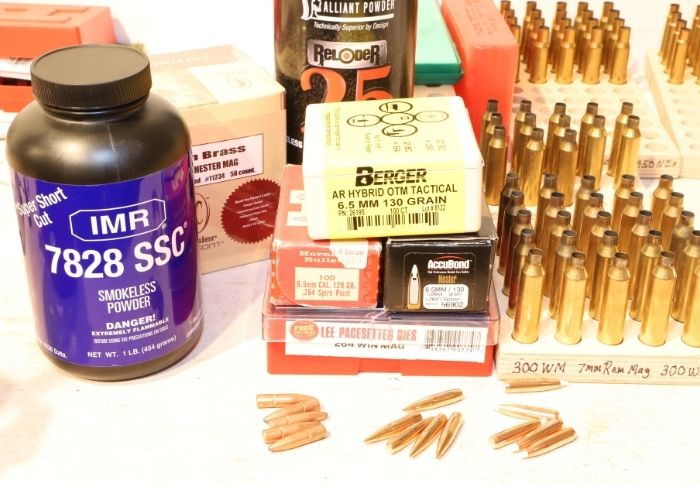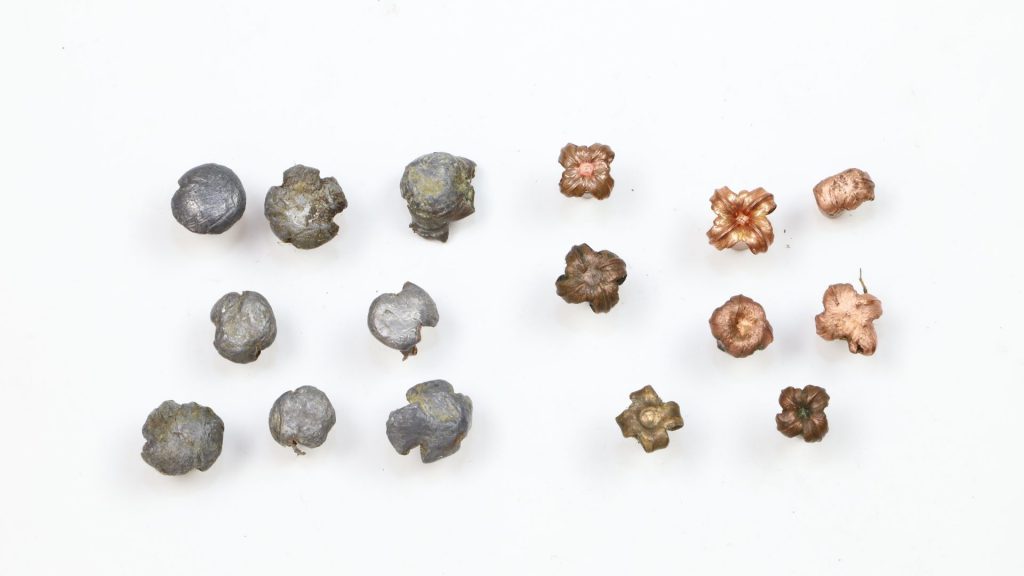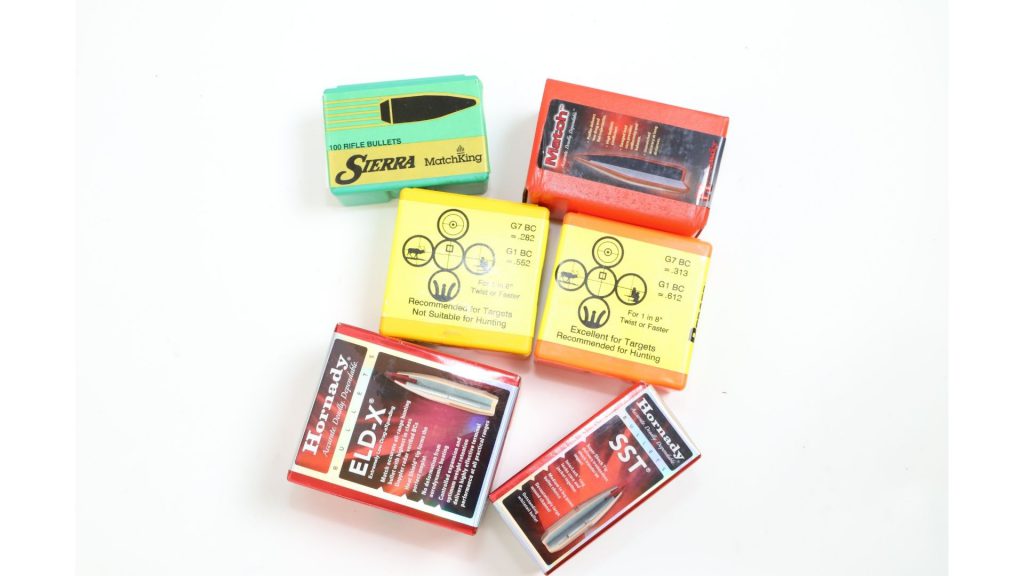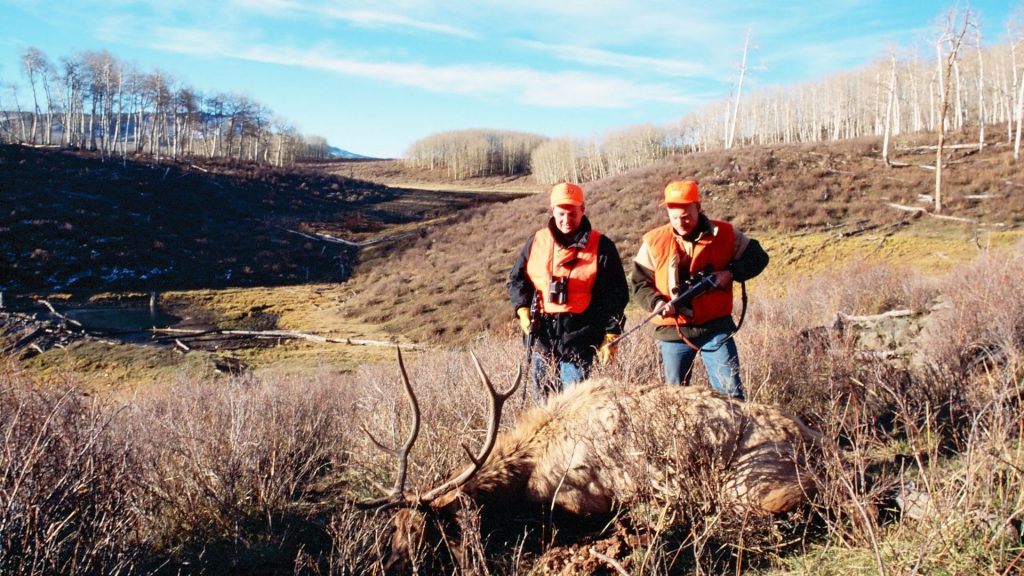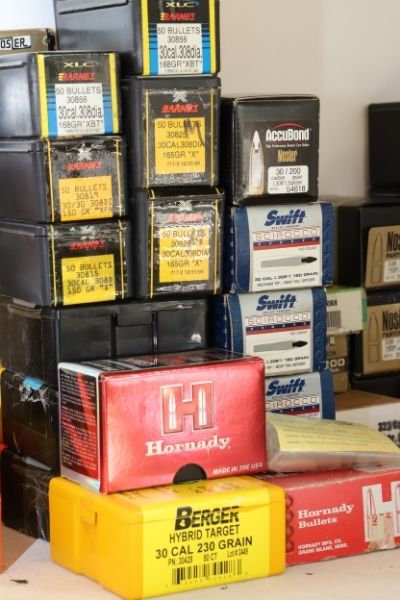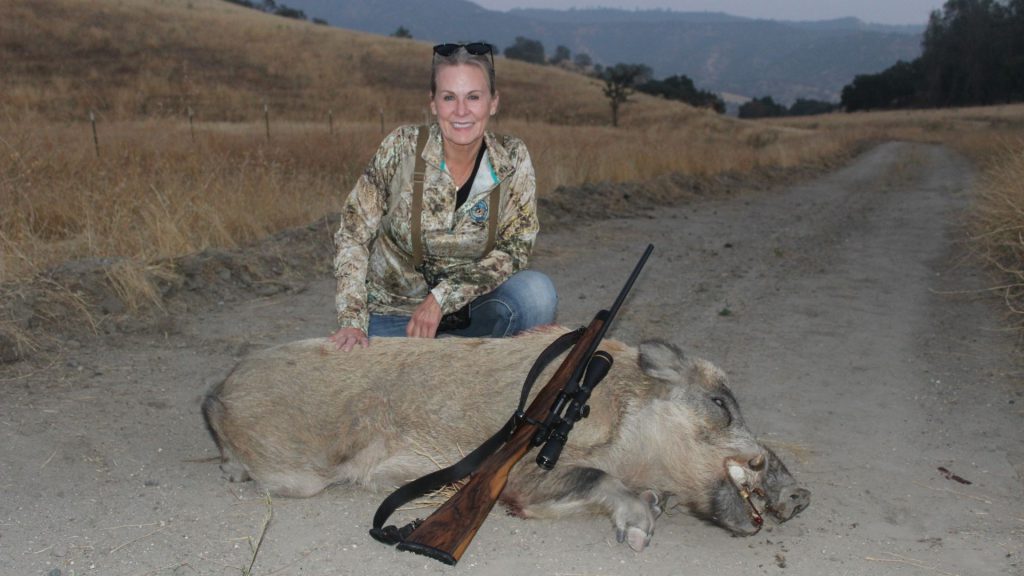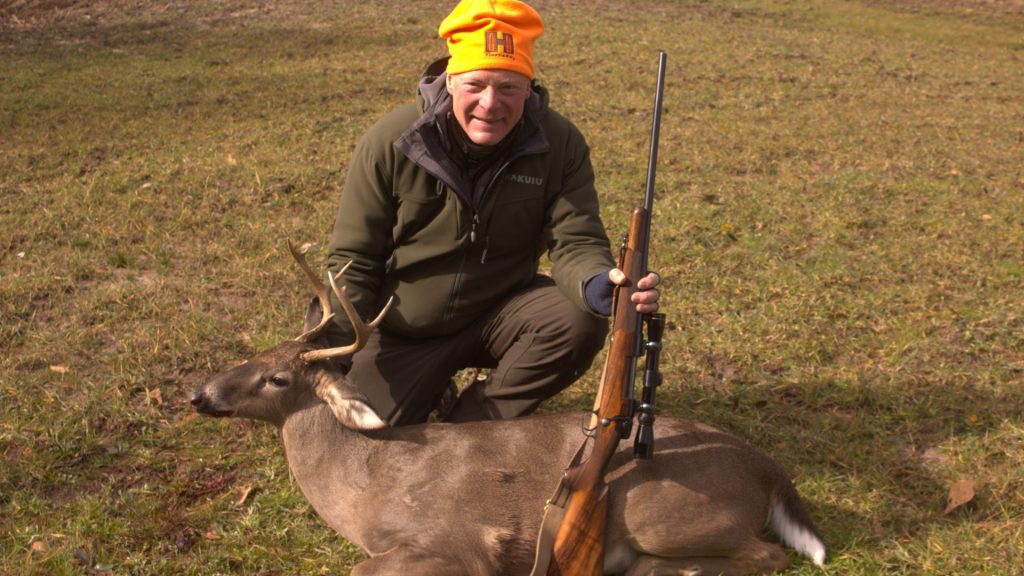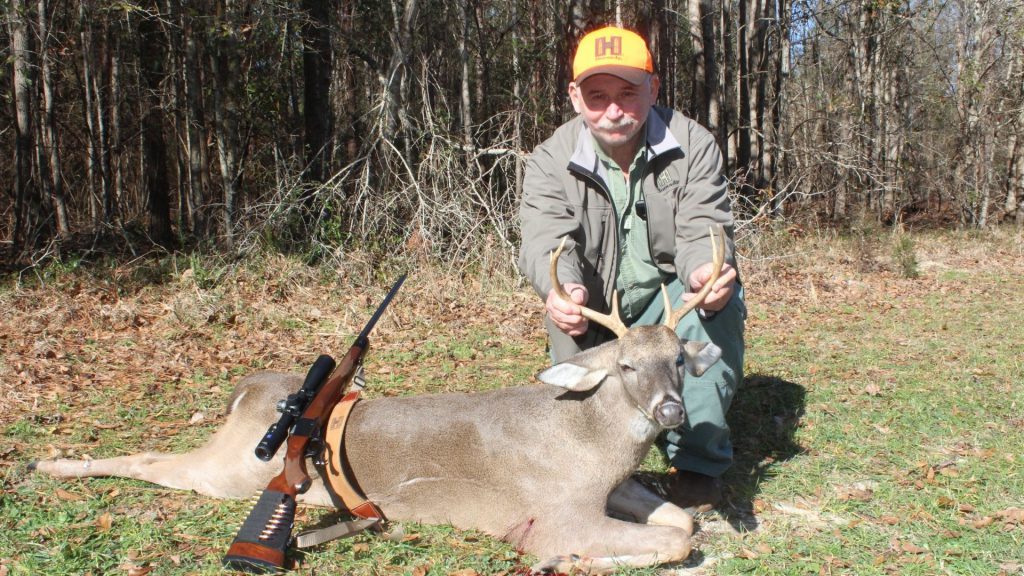For some of us, hunting season is right around the corner. Here on the California Central Coast, our archery deer season is already open, with rifle season starting the second Saturday in August. For most, hunting season is still months away, but it really doesn’t matter. Time has a way of slipping past, so the dog days of summer offer a good time to get some practice in—and make sure your equipment is up to snuff.
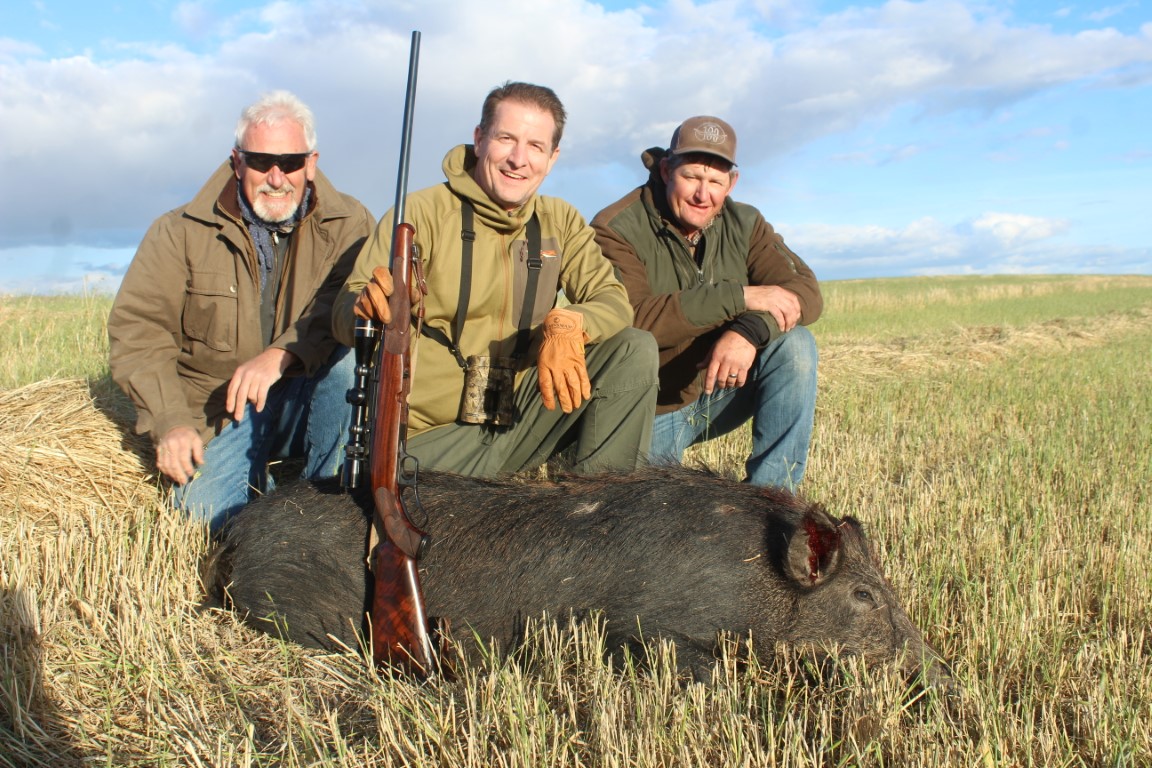
I’ll start with the latter. The physical law that “a body in motion tends to stay in motion” was proposed by Sir Isaac Newton clear back in 1687. Sporting firearms are a bit like that. If they work, then with just a bit of maintenance they should continue to work…for many years. However, anything made by man can fail, and all firearms have moving parts, subject to wear.
I agree with Newton, but accept Murphy’s Law: “Anything that can go wrong surely will.” Also, Murphy’s First Corollary: “…at the worst possible time.” A firearm will probably keep functioning until it doesn’t, absent warning signs. I’ve had guns go down in the field, which is the worst possible time, but for me it usually happens on the range.
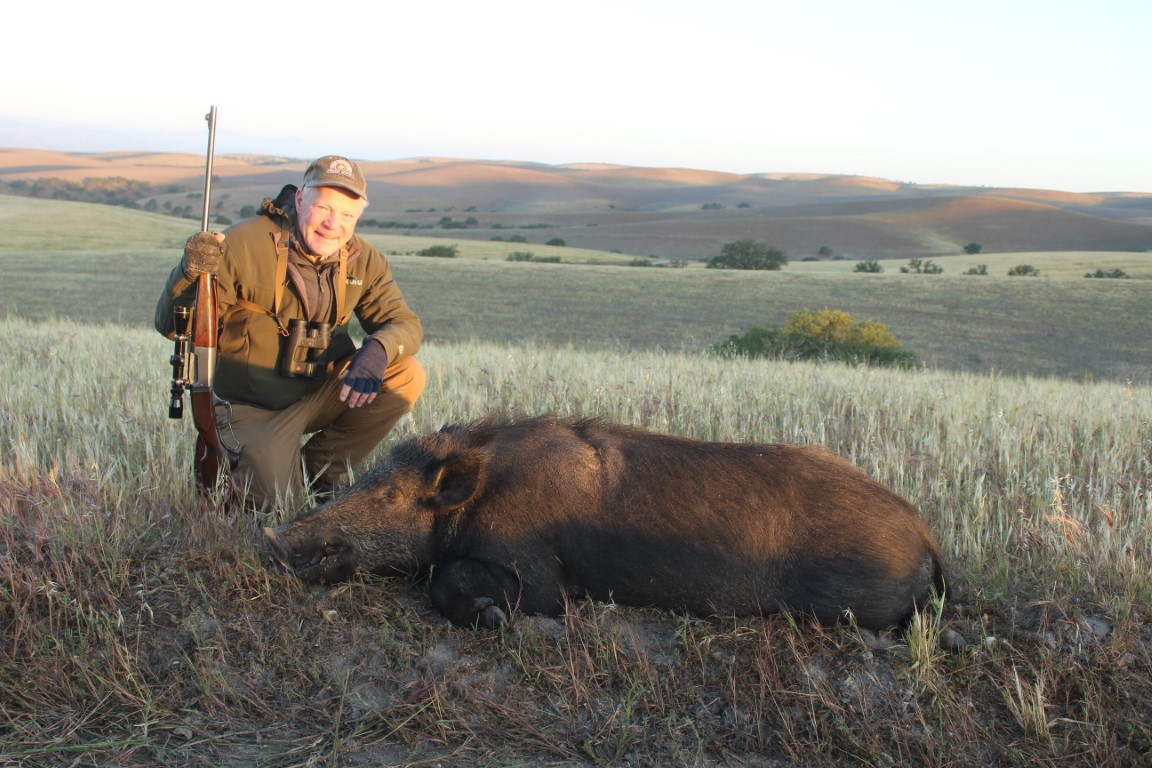
Probably because I do more shooting on the range than afield. With every shot taken on the range, you are also function-checking. Funny, I haven’t had a failure in years, but this summer began I’ve taken three rifles to our local gunsmith. All three happen to be lever-actions, but I think this is mostly coincidence; I have several lever-actions, and some are old.
It started with my Savage 99 in .300 Savage, a 1950s rifle. At the range, I noticed the fore-end was rattling. I thought I got the screw tight, but I failed to remove the fore-end and inspect. Sure enough, a few days later I was scrambling up a slope after a once-hit hog when the fore-end came off in my hand. Got the pig and, for the moment, found yet another use for duct tape. Dumb. I knew there was a problem and I ignored it.
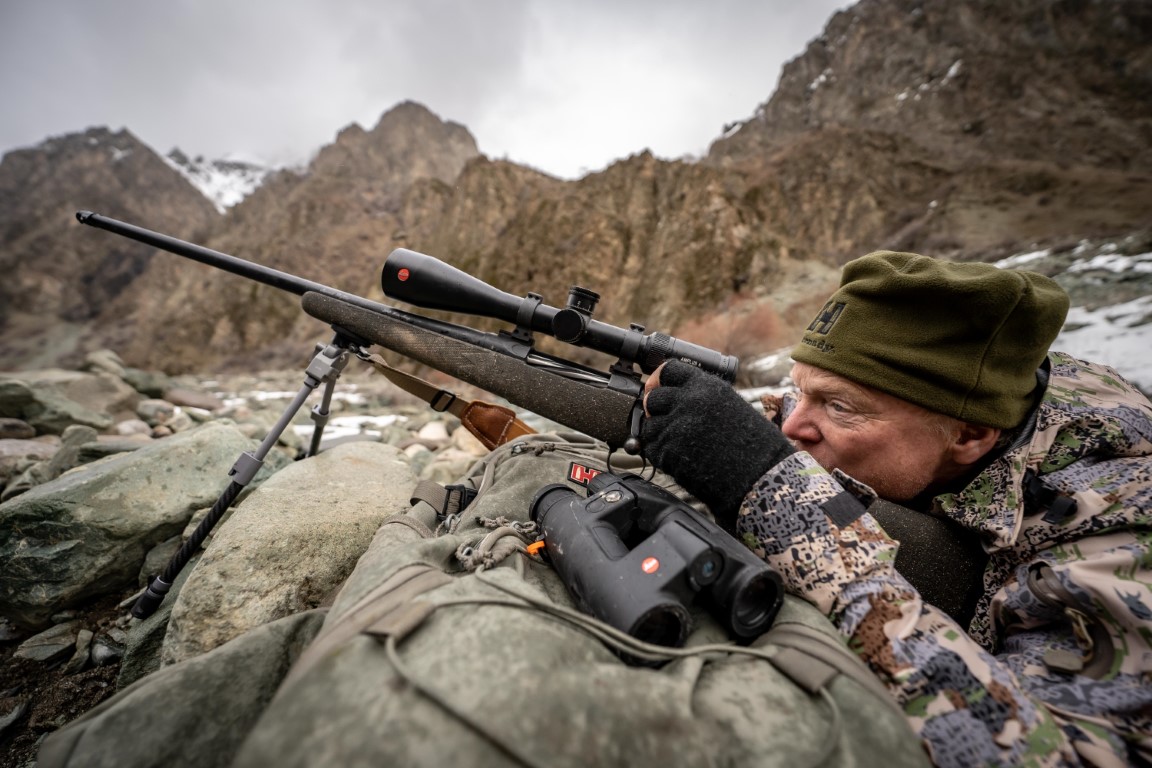
In 2019 I did some deer and hog hunting with my Mossberg 464 lever-action .30-30, but haven’t used it since. I loaded up some California-legal flat-tipped Barnes bullets, so I took it to the range. This one violated all the rules, because the rifle was essentially a body in motion: It functioned perfectly the last time I fired it, no reason to suspect otherwise. Big surprise: The extractor was broken, no duct-tape cure here!
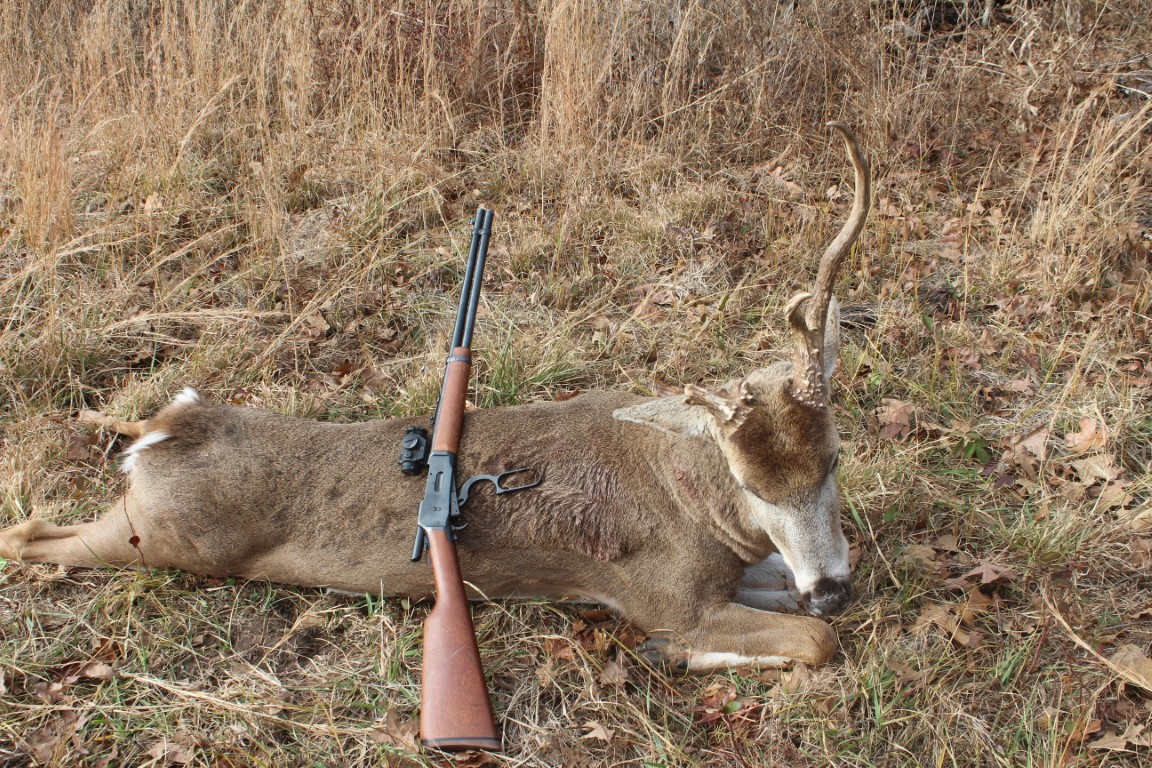
Third one, just don’t know. An old friend had a gorgeous reworked M88 Winchester .308, a rifle I’ve sought for a long time. I had just a few factory Barnes Vor-Tx; it produced a one-inch group and came perfectly into zero. Buddy John Stucker came out to visit, so I handed it to him with my half-dozen remaining California-legal cartridges. First evening, he made a perfect head shot on a nice hog. Week later, I sat down to the bench, different load. Third shot I had sticky extraction, couldn’t get the lever to open. The 88 is among few lever-actions ever made with forward-locking bolt, strong action for high-pressure cartridges. With much hand pressure, I got the action open, but then the lever wouldn’t close. Too nice a gun to force.
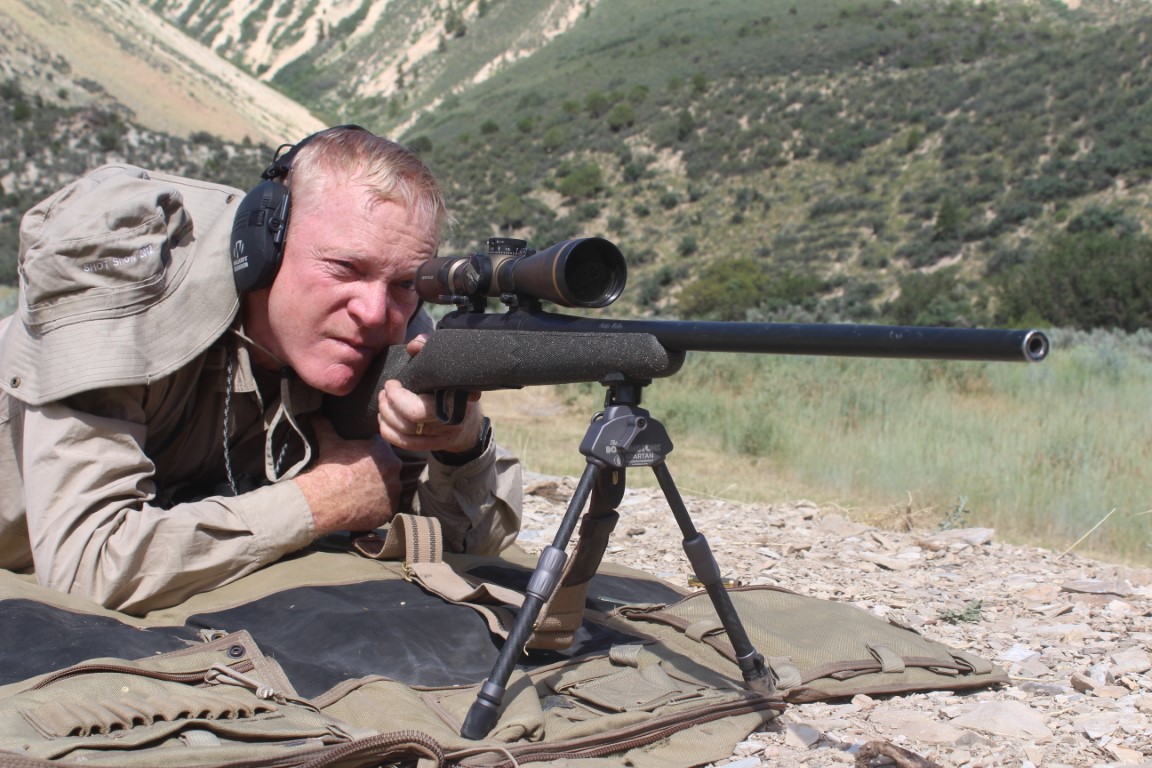
Straight to local gunsmith Jason Cardinale. In due time, maybe I’ll know what happened. For sure, I’ll start over with light handloads and work up. Jason now has three of my rifles, and gunsmithing isn’t an overnight fix like getting a tire repaired…especially if parts are needed. It’s not like I’m disarmed, but this fall I hope to hunt with all three. Here’s the point: Don’t wait ‘til the last minute. This weird rash of gun problems occurred with plenty of time to react.
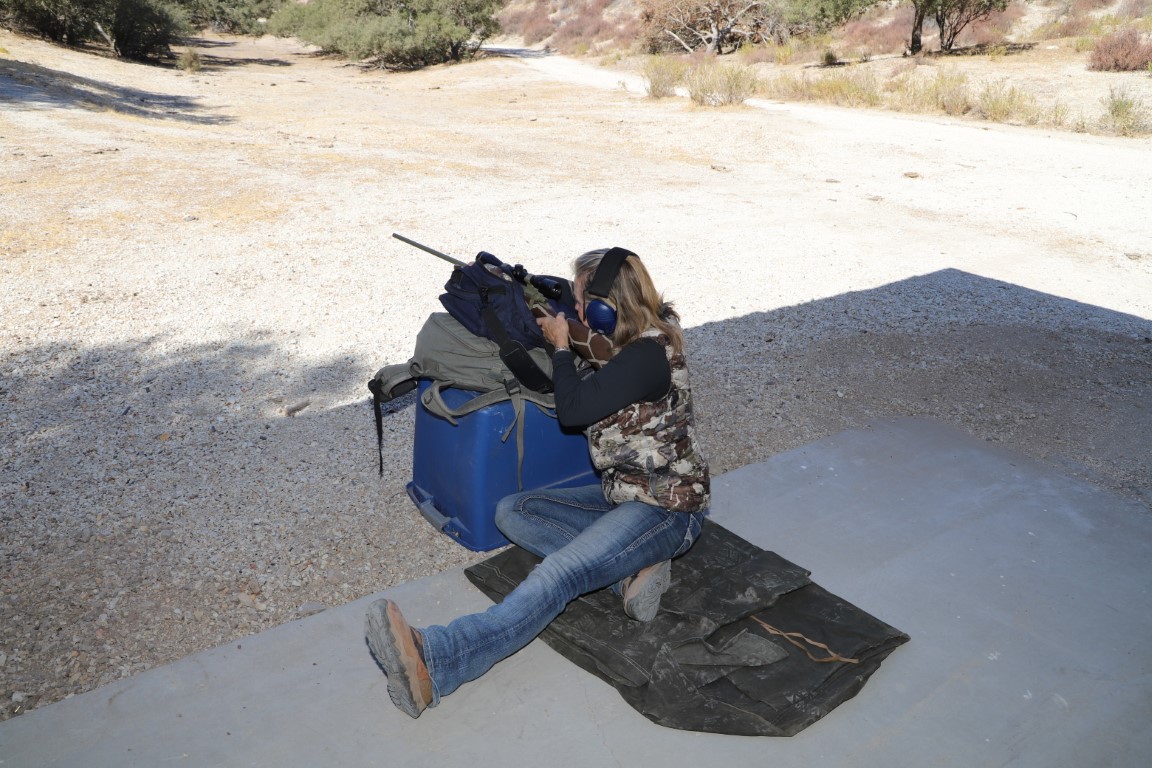
So, let’s start now. If you cleaned your rifle after last season, clean it again, get the gunk out of the bore. While you’re at it, check all the screws (sort of like I should have been doing on that pesky fore-end screw). Freshly cleaned, your zero may be off and, if screws needed more tension, it probably will be. Taking nothing for granted, you’re going to get good and steady on the bench and check zero first. While you’re doing that, run some cartridges in and out of the magazine to check functioning. This process revealed the broken extractor on my .30-30. That rifle hasn’t been fired for two years, so I will never know how, when, or why, but parts can fail…preferably not at the worst possible time.
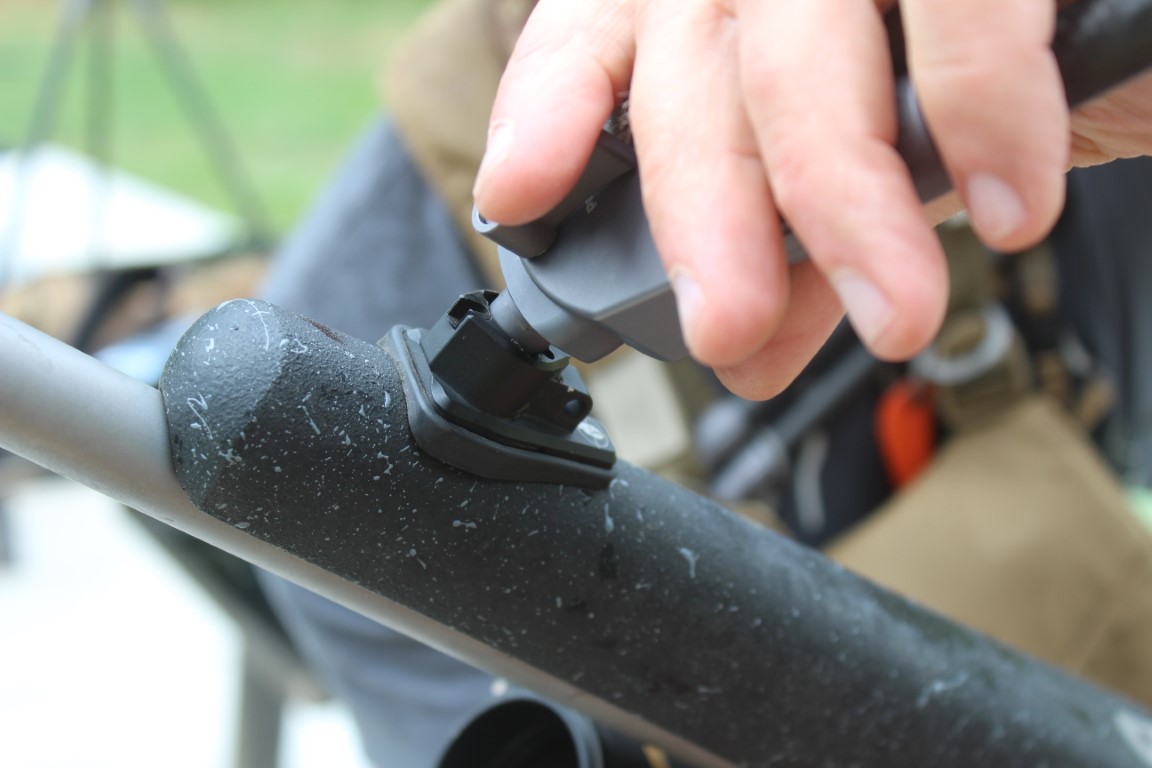
Let’s hope you don’t encounter the same problems; your rifle is working perfectly, and zero is where you want it. Now’s the time to get away from the bench and do some real practice. Wife Donna has a hunt coming up before I do, a tough mountain hunt. Her pet .270 hasn’t been out of the safe for months. She can clean it, but I had other rifles to tend to, so I scrubbed her barrel, checked everything, and we took it to the range. Couple fouling shots, slight adjustment, left it 1.3 inches high at 100 yards with the load this rifle really likes: Hornady’s Plain-Jane American Whitetail, 130-grain Interlock, clocking 3030 fps in her 22-inch barrel.
I get lazy. It’s simple and convenient to zero at 100 yards, less human error, half the back-and-forth to check targets. This time we wanted it just right, so I put up a new 200-yard frame. Off sandbags it was fine, just like the charts said. Donna has trained with a bipod, but doesn’t like the extra weight, or the appendage on the rifle. Makes sense because her little MGA .270 weighs 5.7 pounds with VX3 3.5-10X scope.
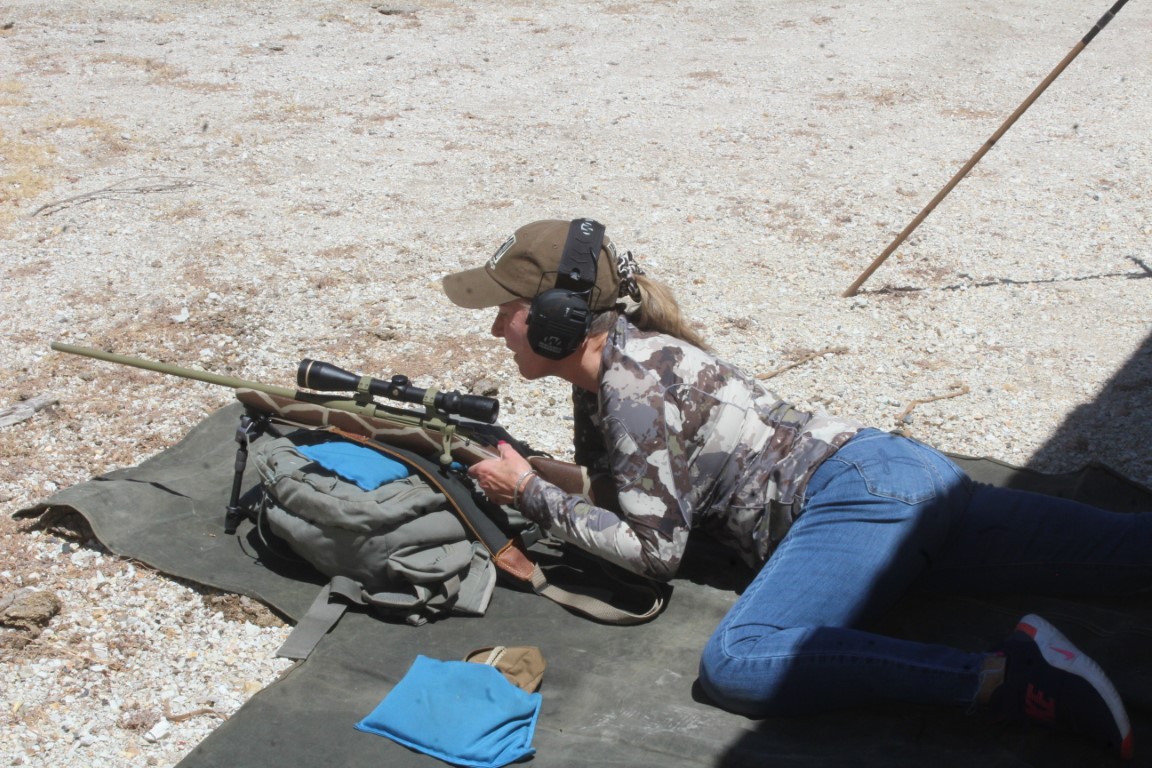
Okay, but summer is a good time to try new wrinkles. I feel pretty much the same about bipods. Very steady, but nothing works in every situation, and, weight aside, I don’t like junk on the rifle. So, as I’ve often written, my go-to is finding a way to rest over a pack. But, even at my age, I’m willing to learn new tricks, and summer shooting, absent imminent pressure, is a good time to experiment. Lately, I’ve been using the Javelin bipod system from Spartan, light, strong carbon fiber. Instead of attaching to the forward sling swivel stud (or a rail), the Javelin fixture replaces the forward stud. The bipod attaches instantly by a strong magnet; until needed it can go on your belt or in a pack pocket.
Not only light, it’s not even there until needed. I don’t use it all the time, but I’ve been carrying it. In Tajikistan earlier this year, it saved my bacon on a tough uphill shot at an ibex. I thought Donna might like it; if she didn’t, no harm done: That’s what summer shooting is all about.
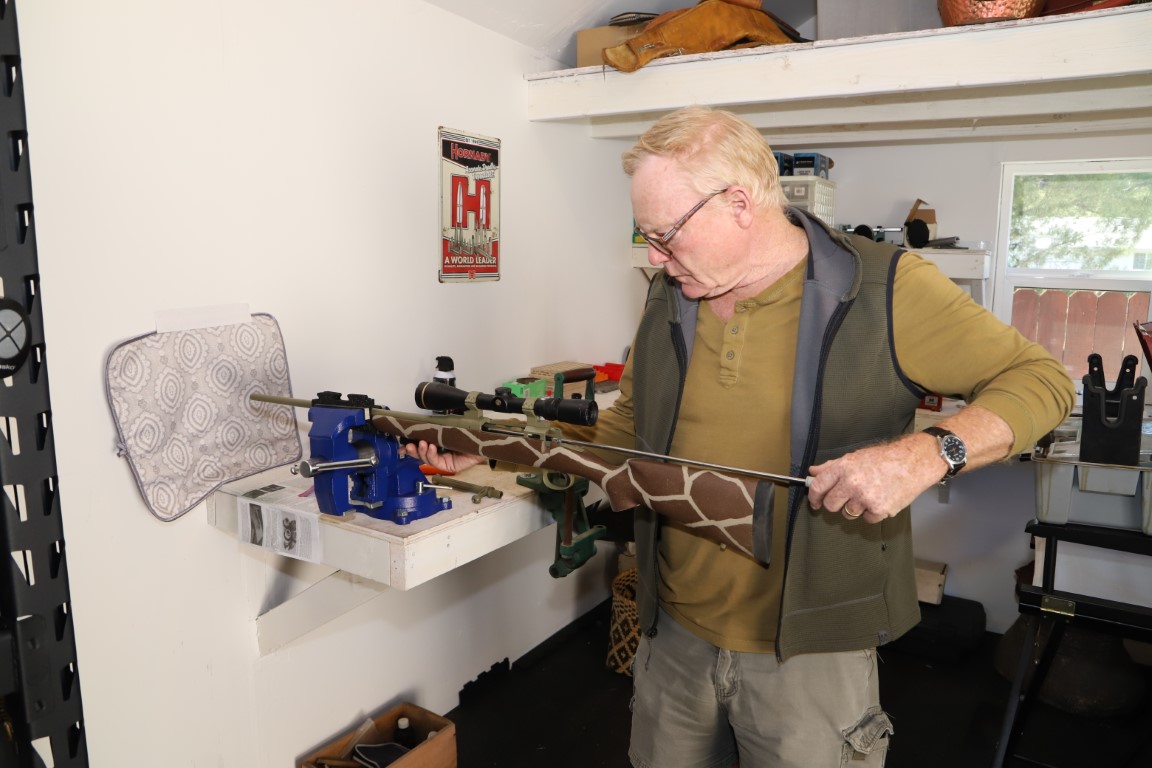
Donna is brilliant off sticks, steadier than me, and good off a pack, but she doesn’t like the bench. Don’t blame her; that light .270 bounces hard. She shoots well with a bipod, too, just hates to carry one. The light Spartan system intrigued her, so she started with it on the bench, sandbag under the butt. No benchrests in the field, but I was curious to see if she could hold her 200-yard zero with the bipod. Oh, yeah, she put the first three within an inch and a quarter, spot on, just favoring an inch to the right.
Now it’s time to get serious…and leave the bench behind. I put a tarp on the gravel, and she took a few shots prone, using the bipod and a pack. Then I upended a storage tub, replicating a boulder or log, augmented with pack or rolled-up jacket to get the height right. Groups are going to open up from such genuine field positions, but who cares? If you’re really prepping for field shooting, “minute of vital zone” is what you care about.
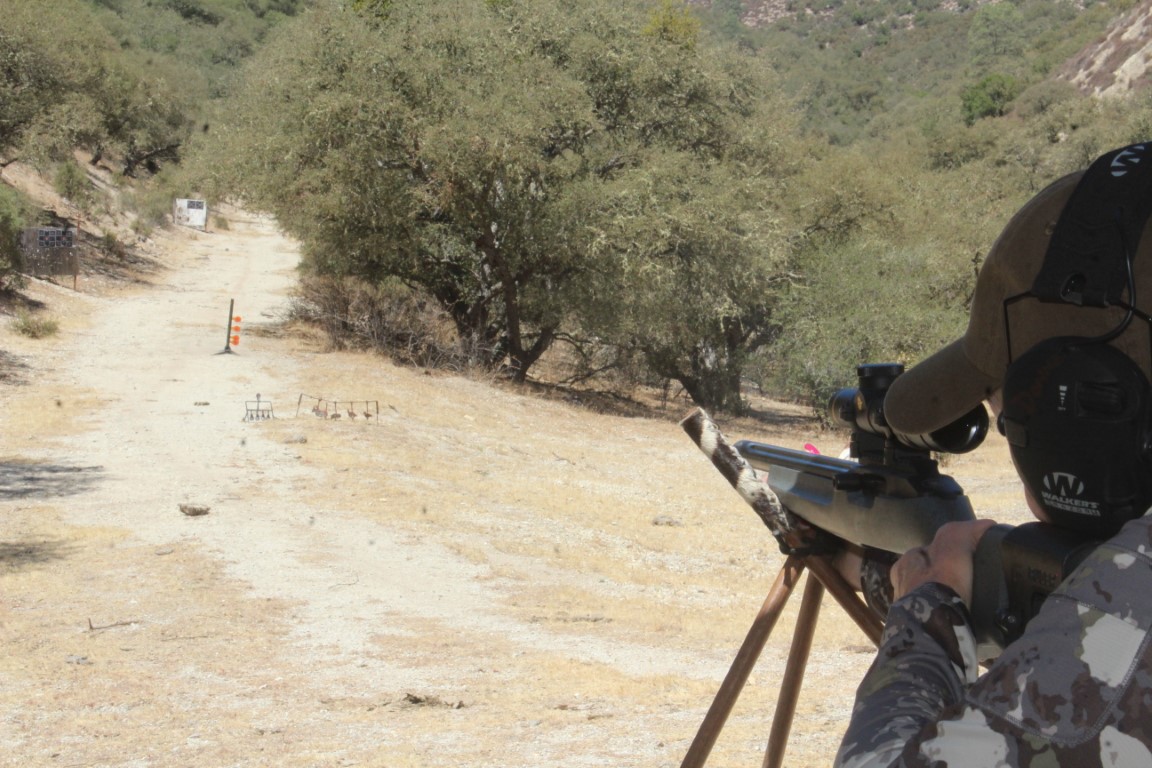
Hunting season is not an exam you can cram for. Shooting often is to the good, but shooting a little bit now and again is better than overdoing it, especially with centerfire rifles. In between various positions, our drill is to use a .22, off the same positions, or from sticks. With a .22, just use a smaller target. On our range we’ve got miniature metallic silhouettes, challenging at 25 yards. Recently, we added got a Birchwood Casey “target tree” with swinging gongs. Fun, no pain, invaluable practice. We’re not ready for hunting season yet; we’ll do this a few more times. Great way to pass a summer morning, before it gets too hot and the barrels heat up too fast.


